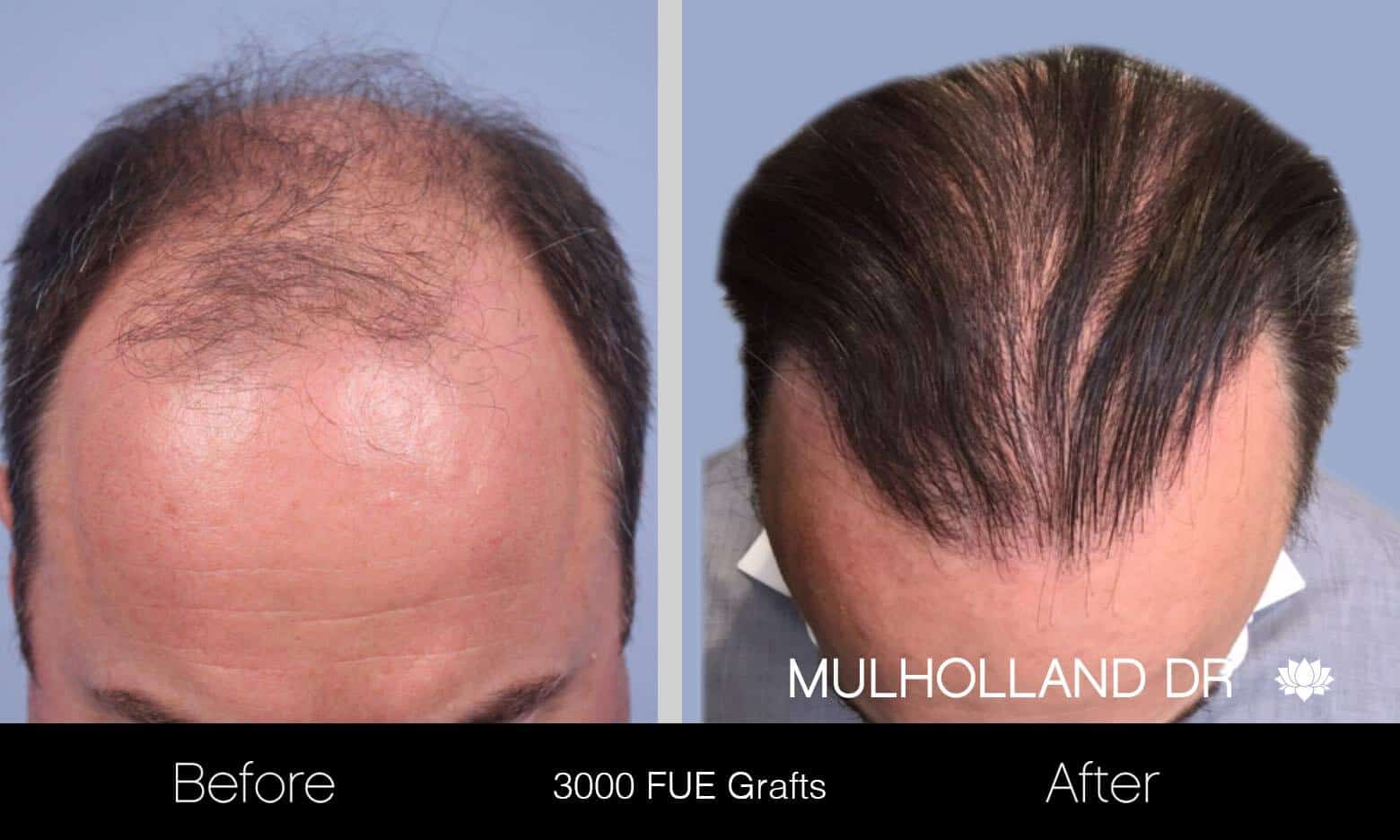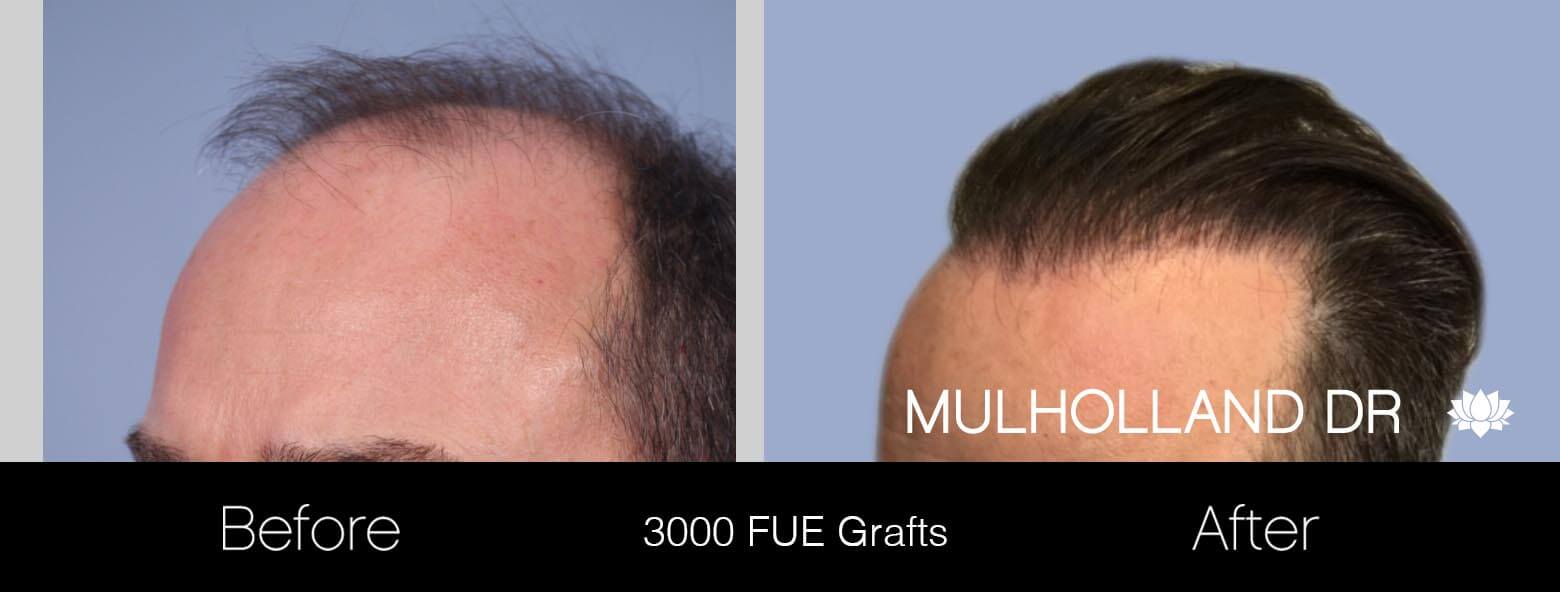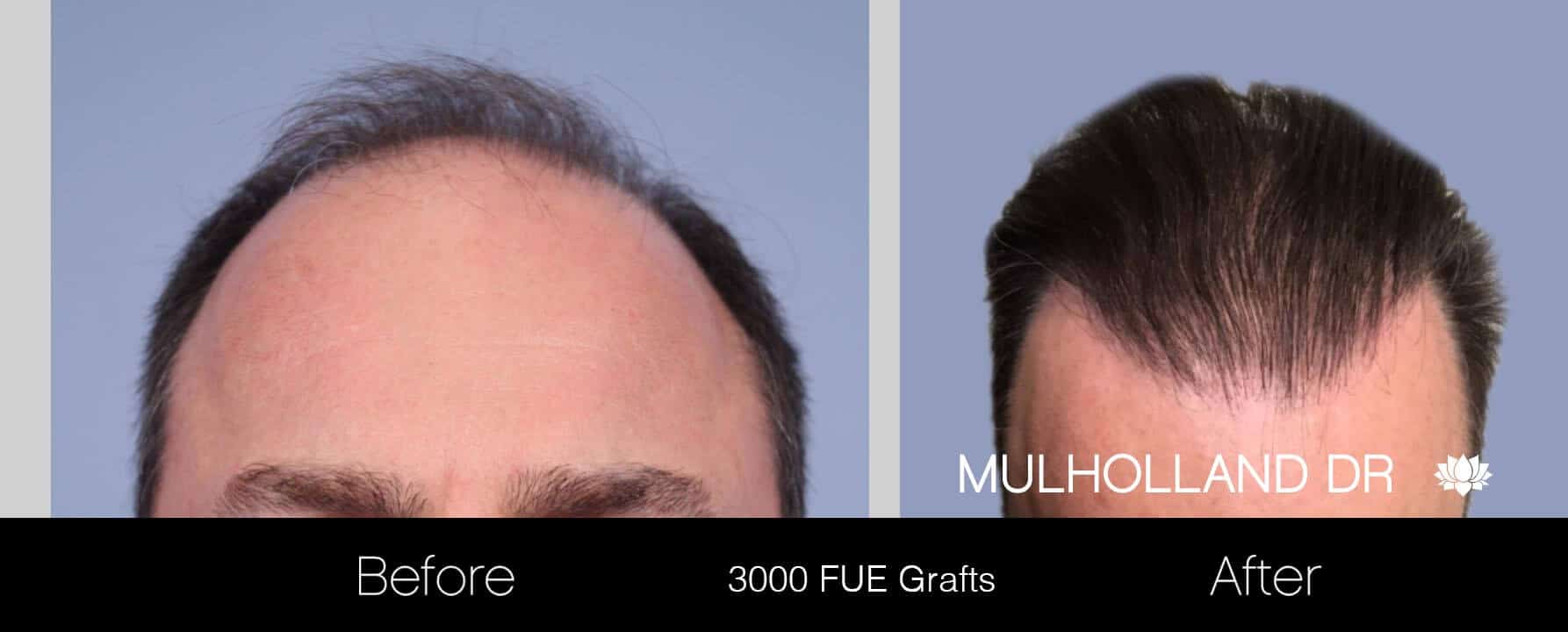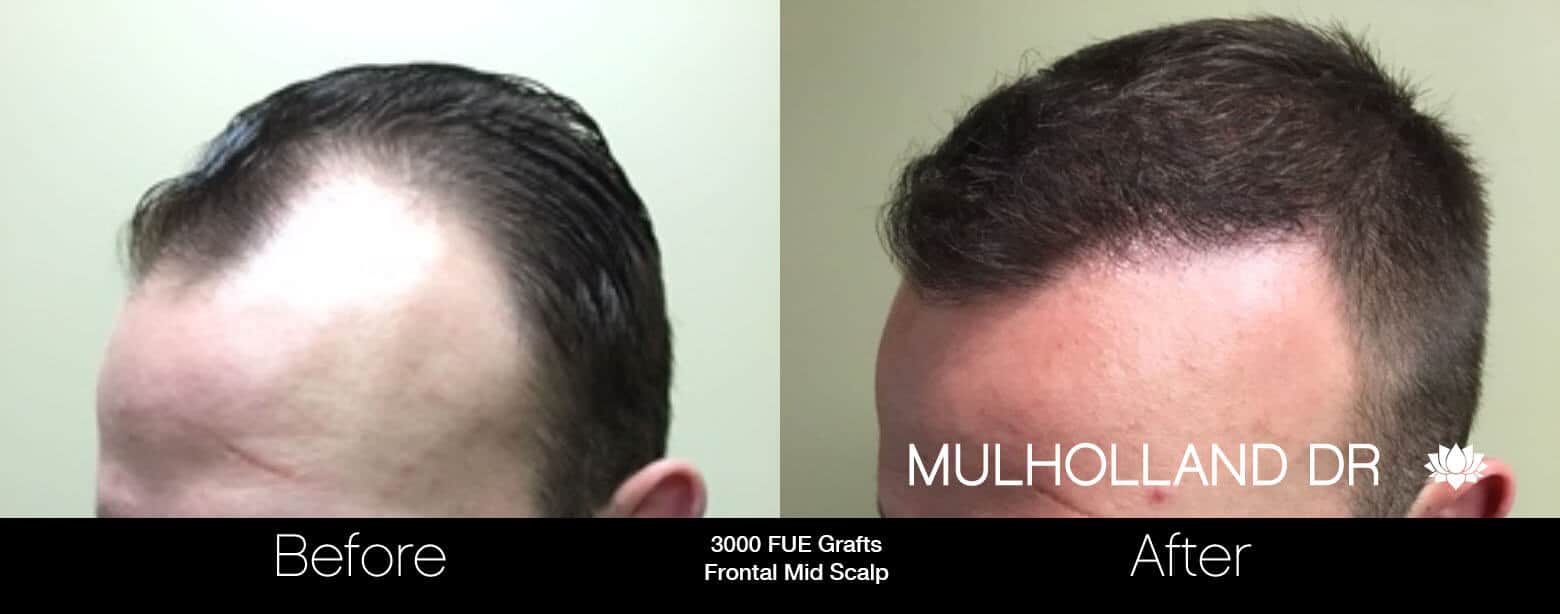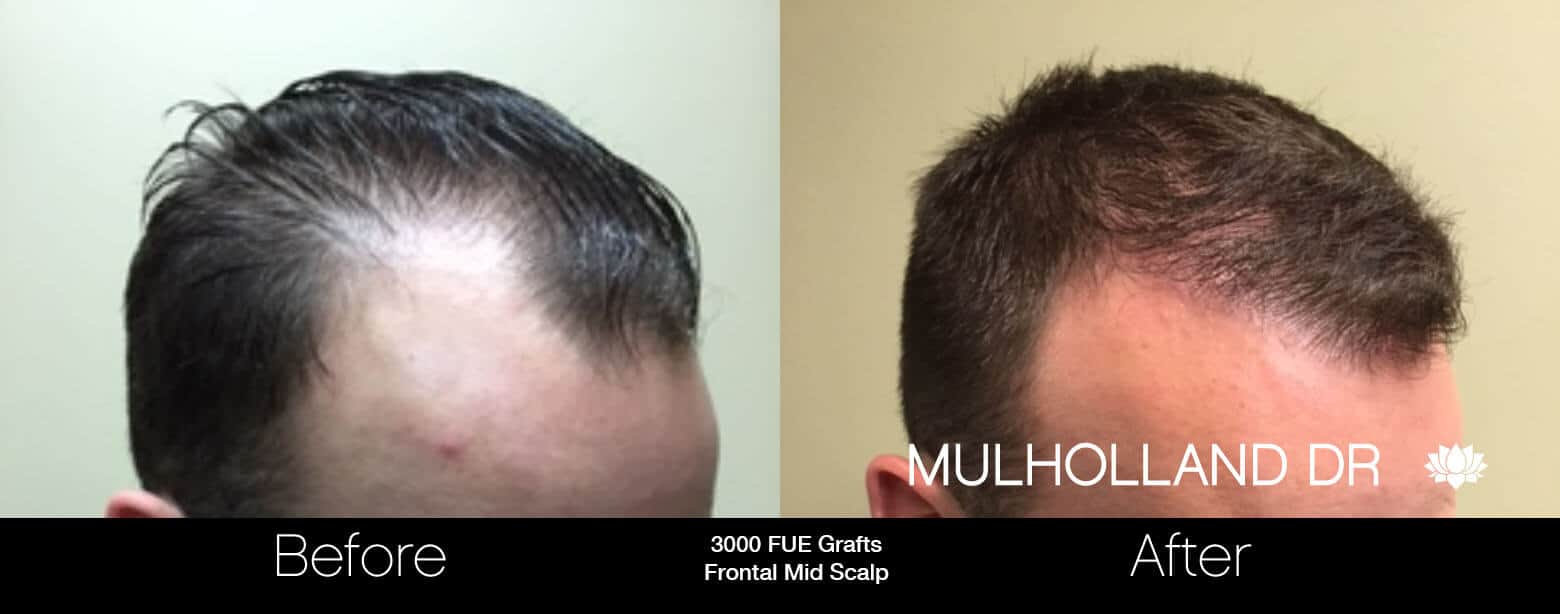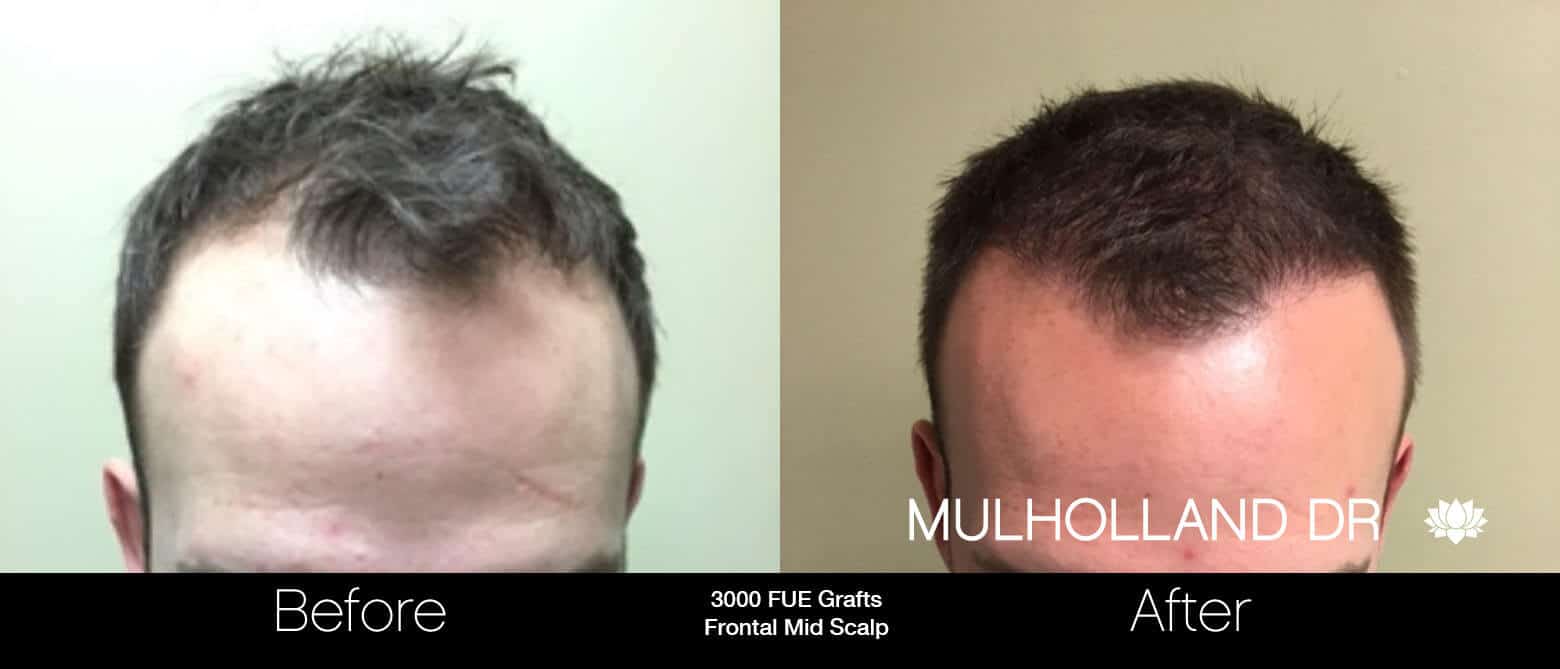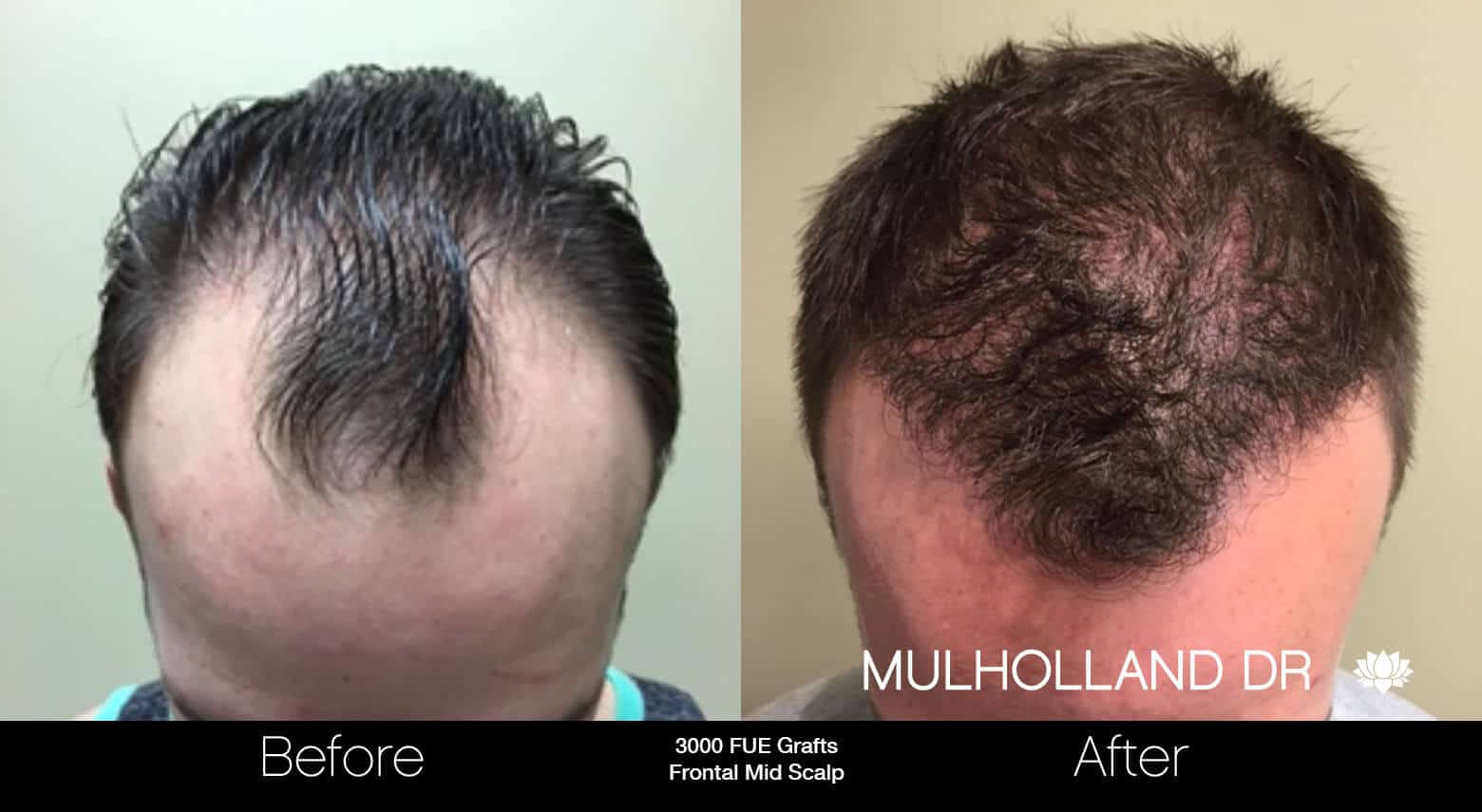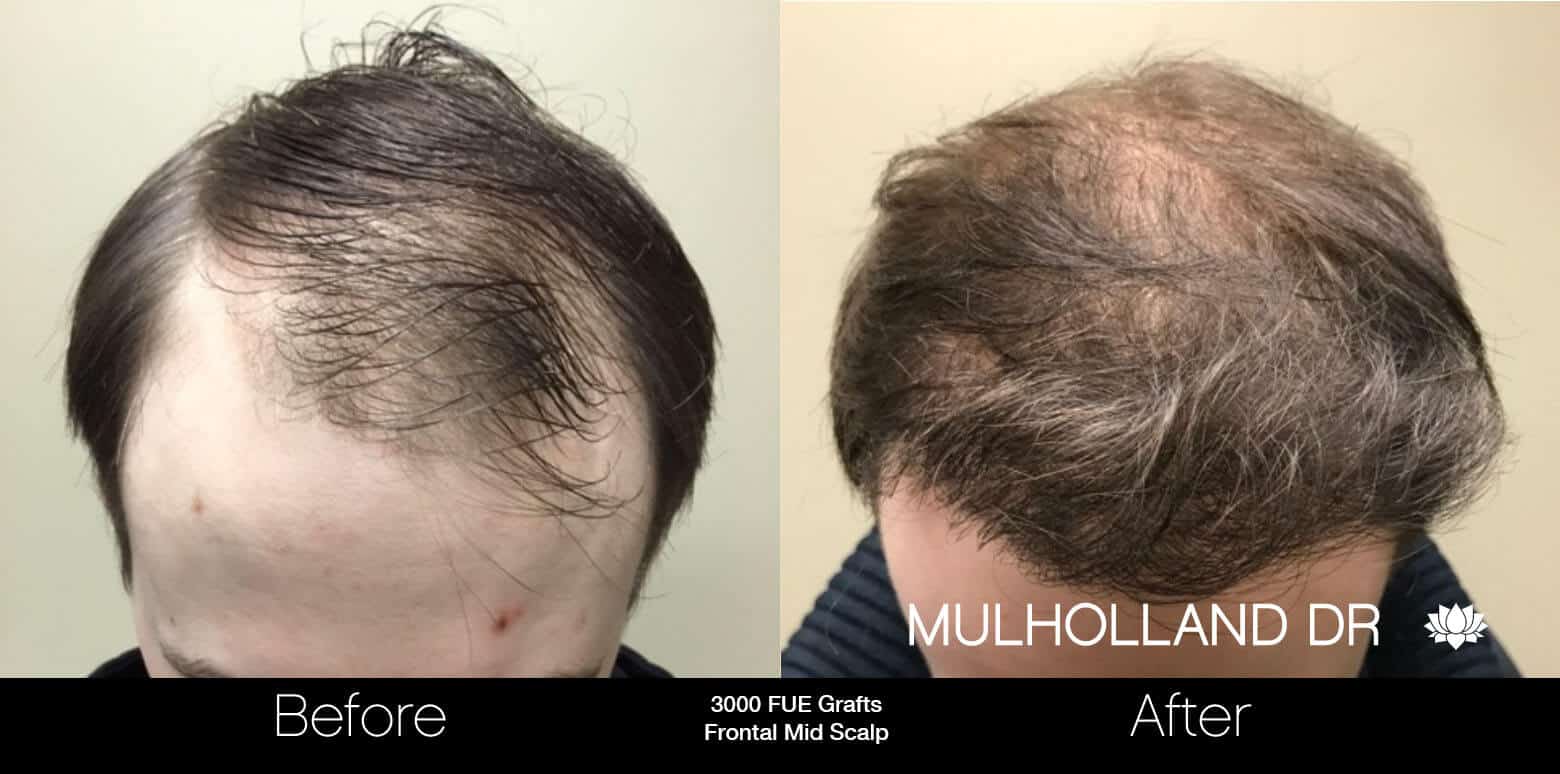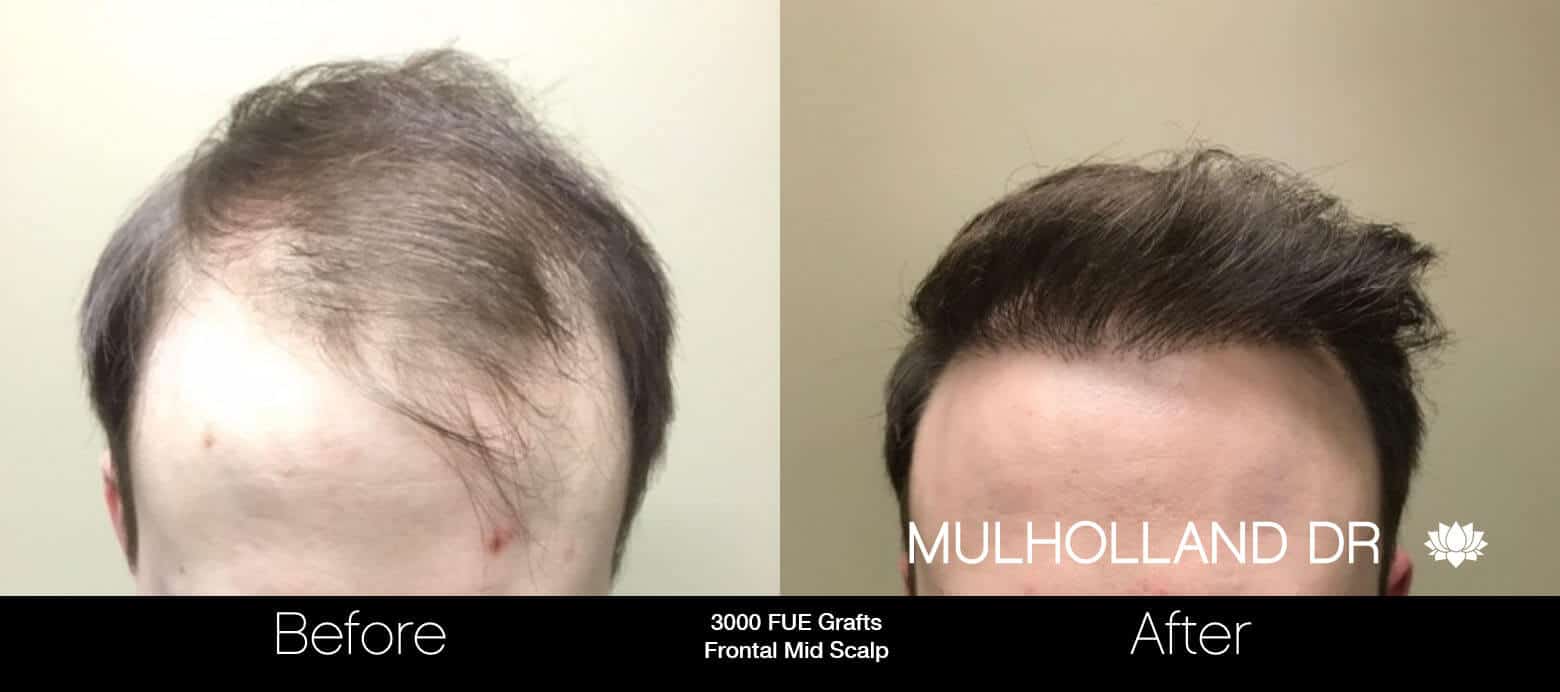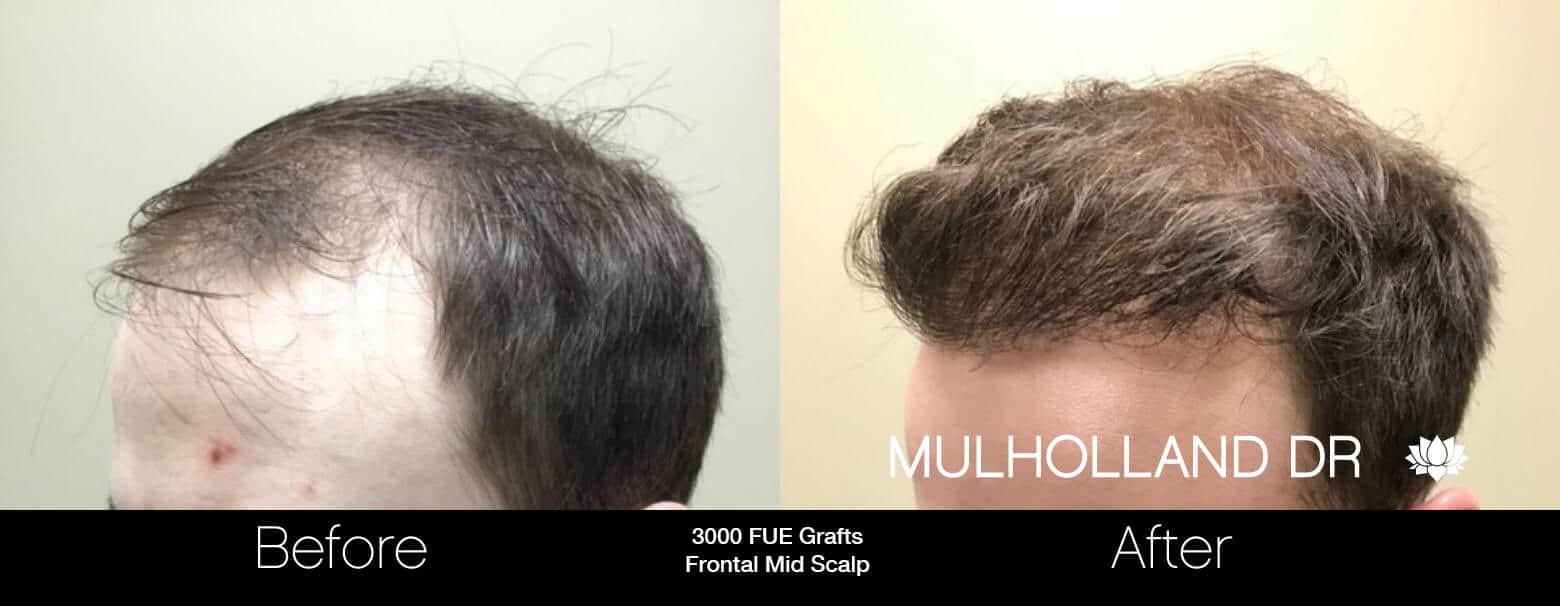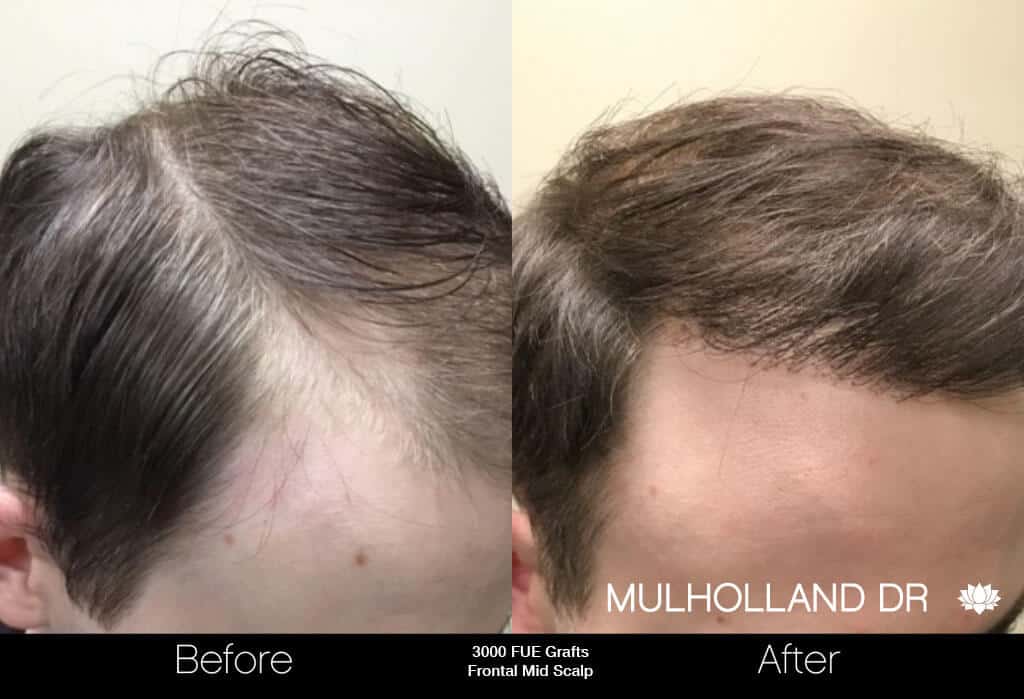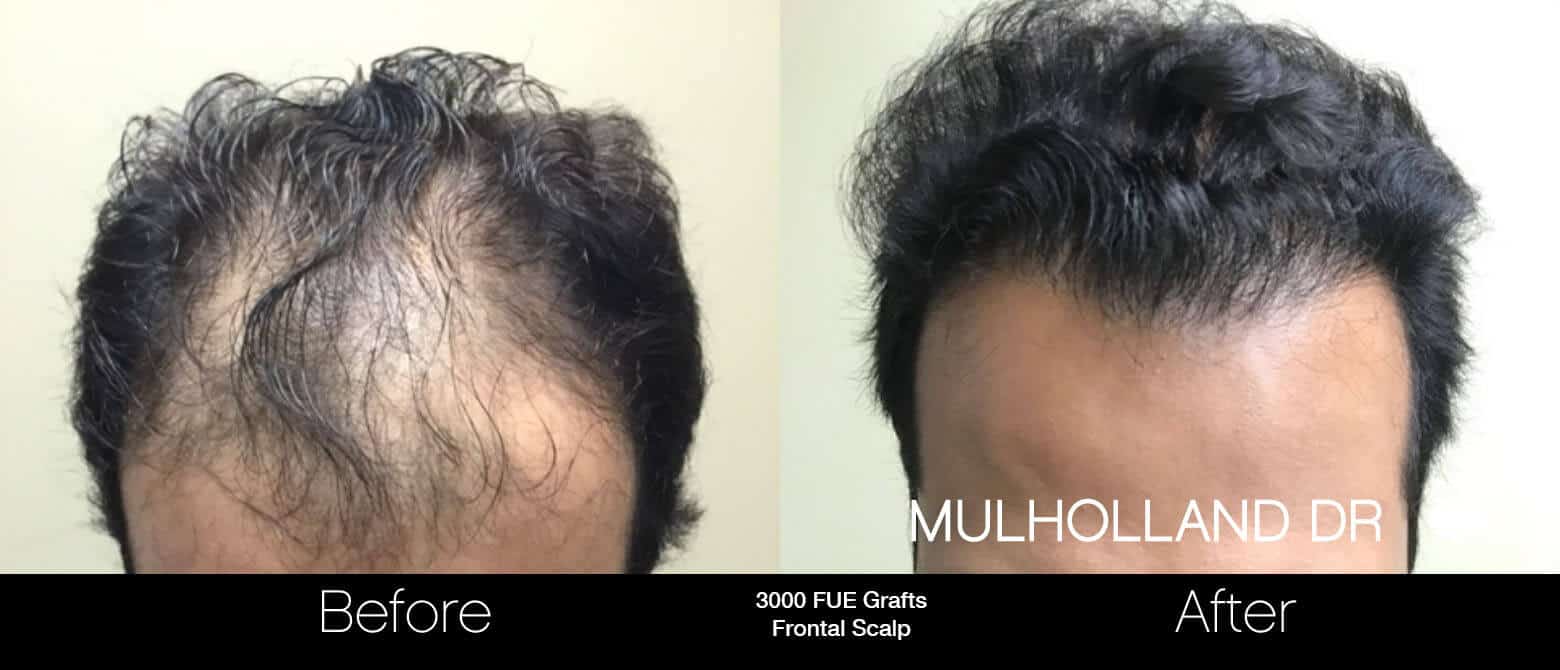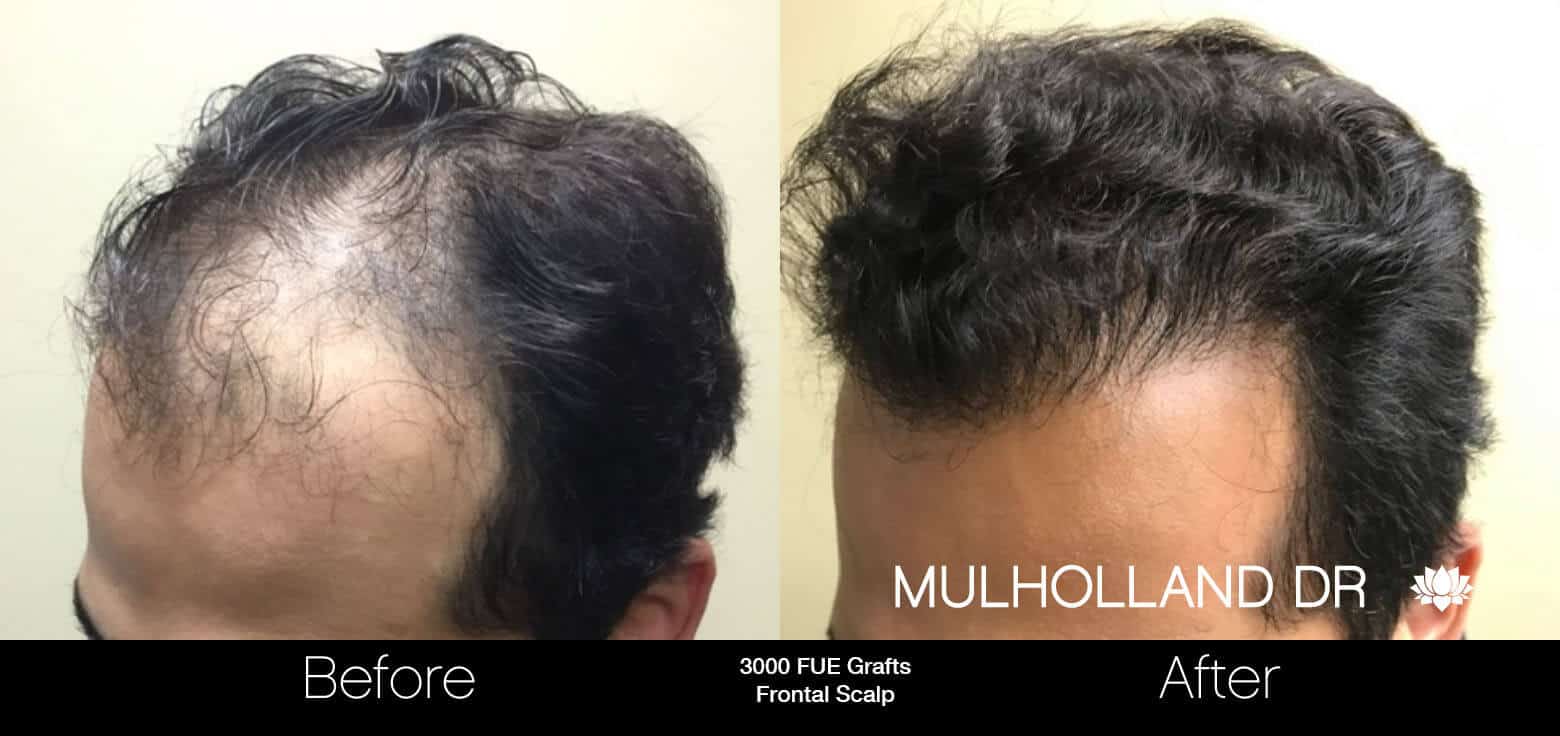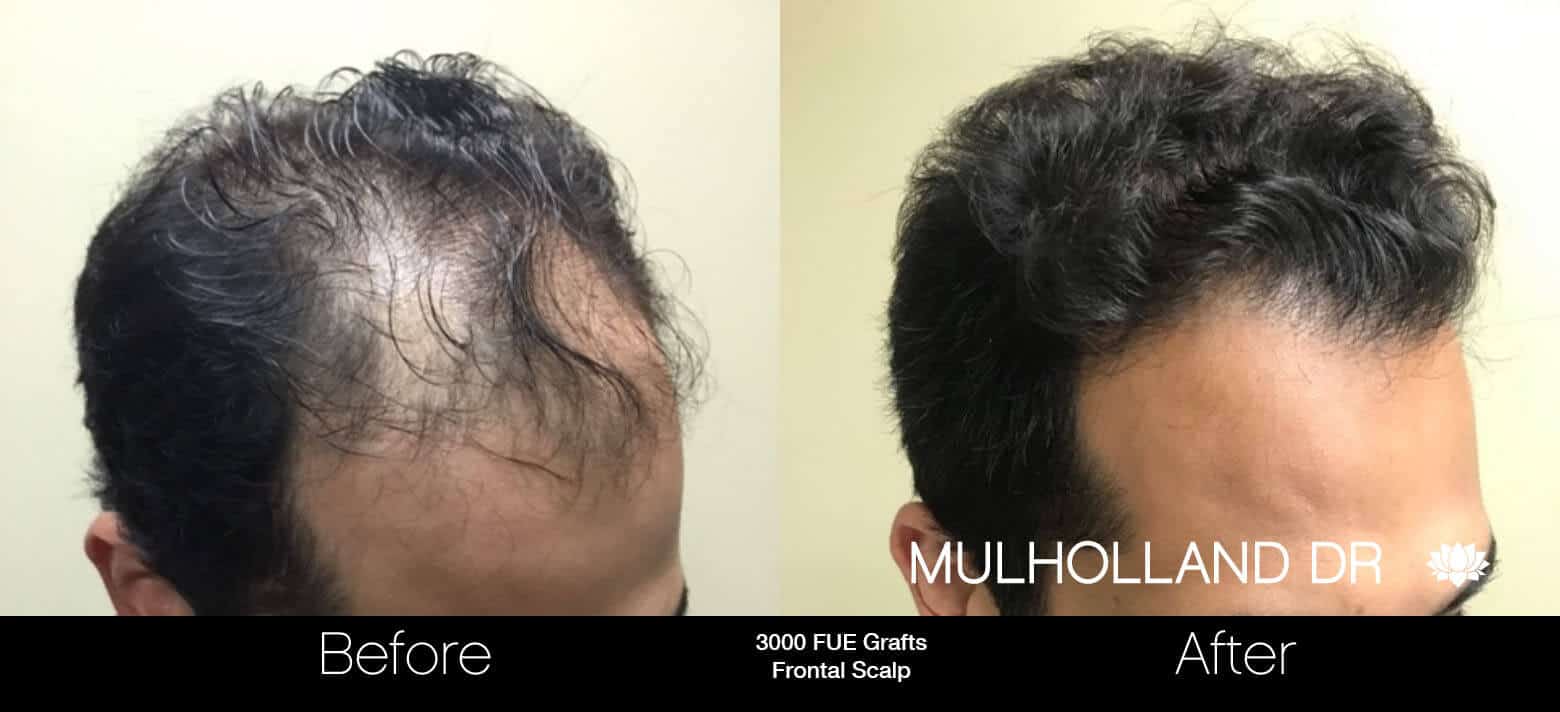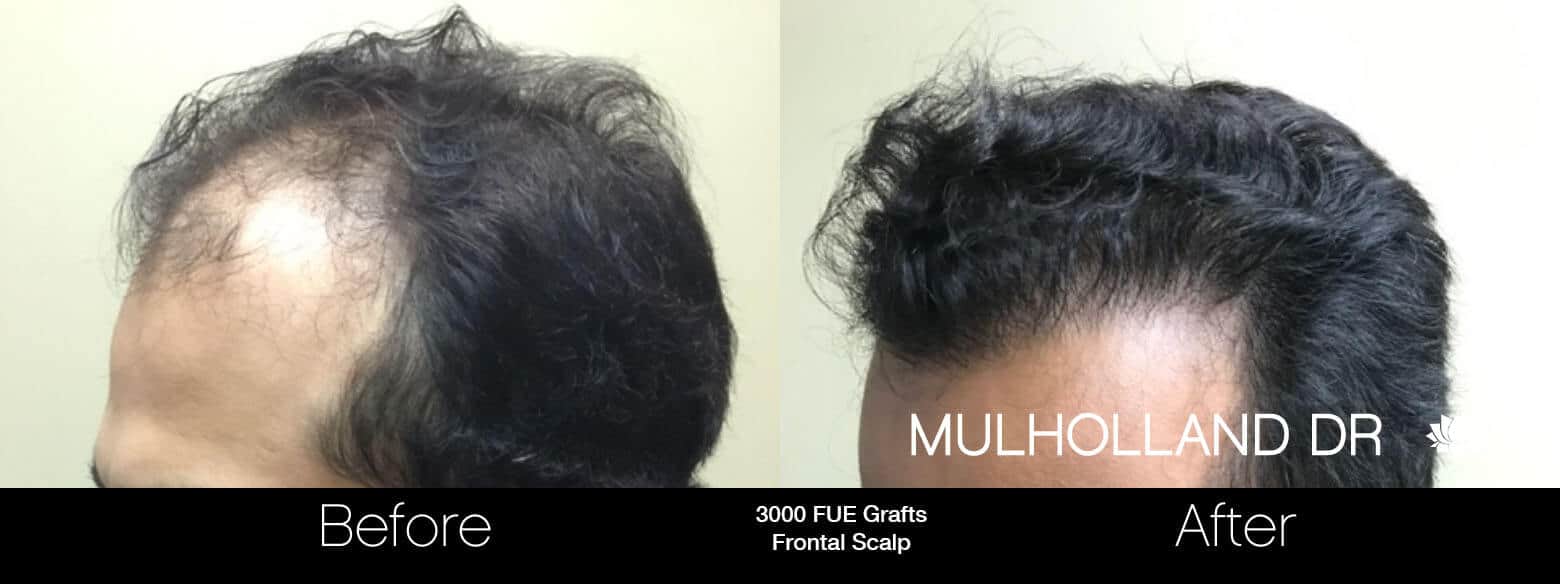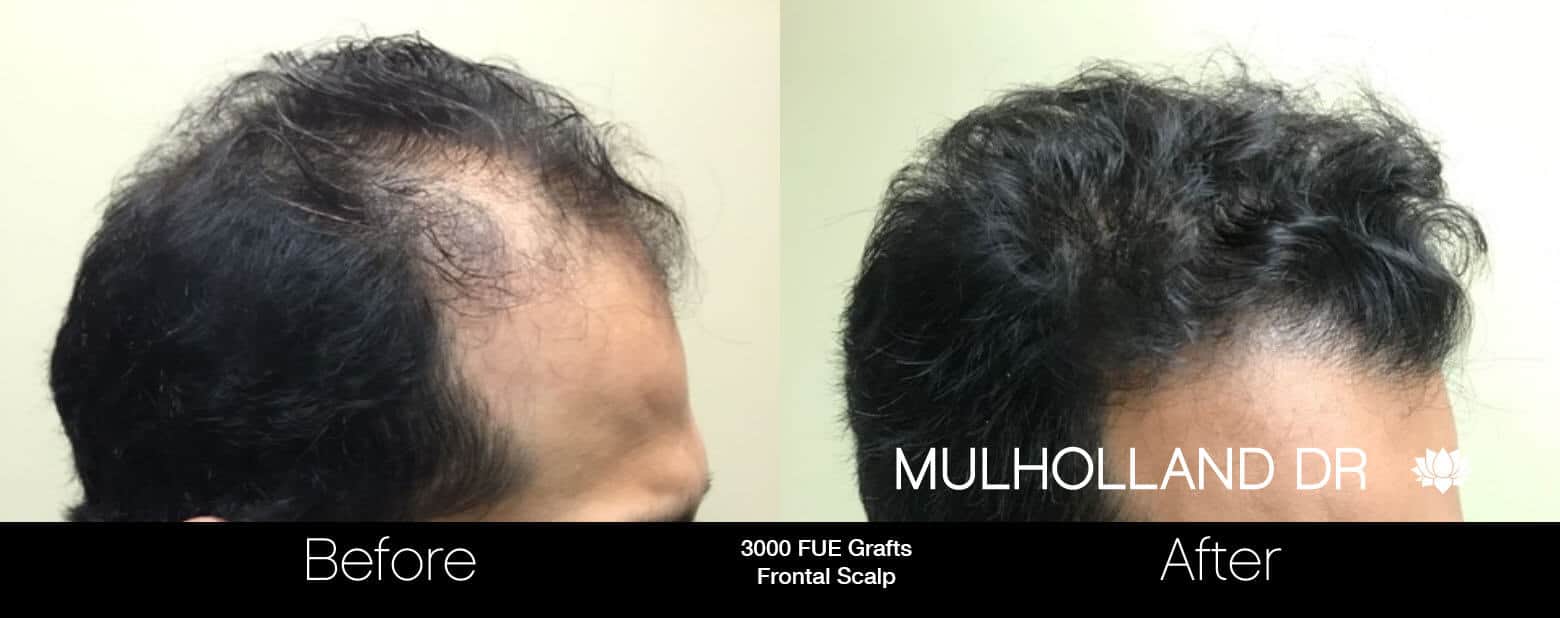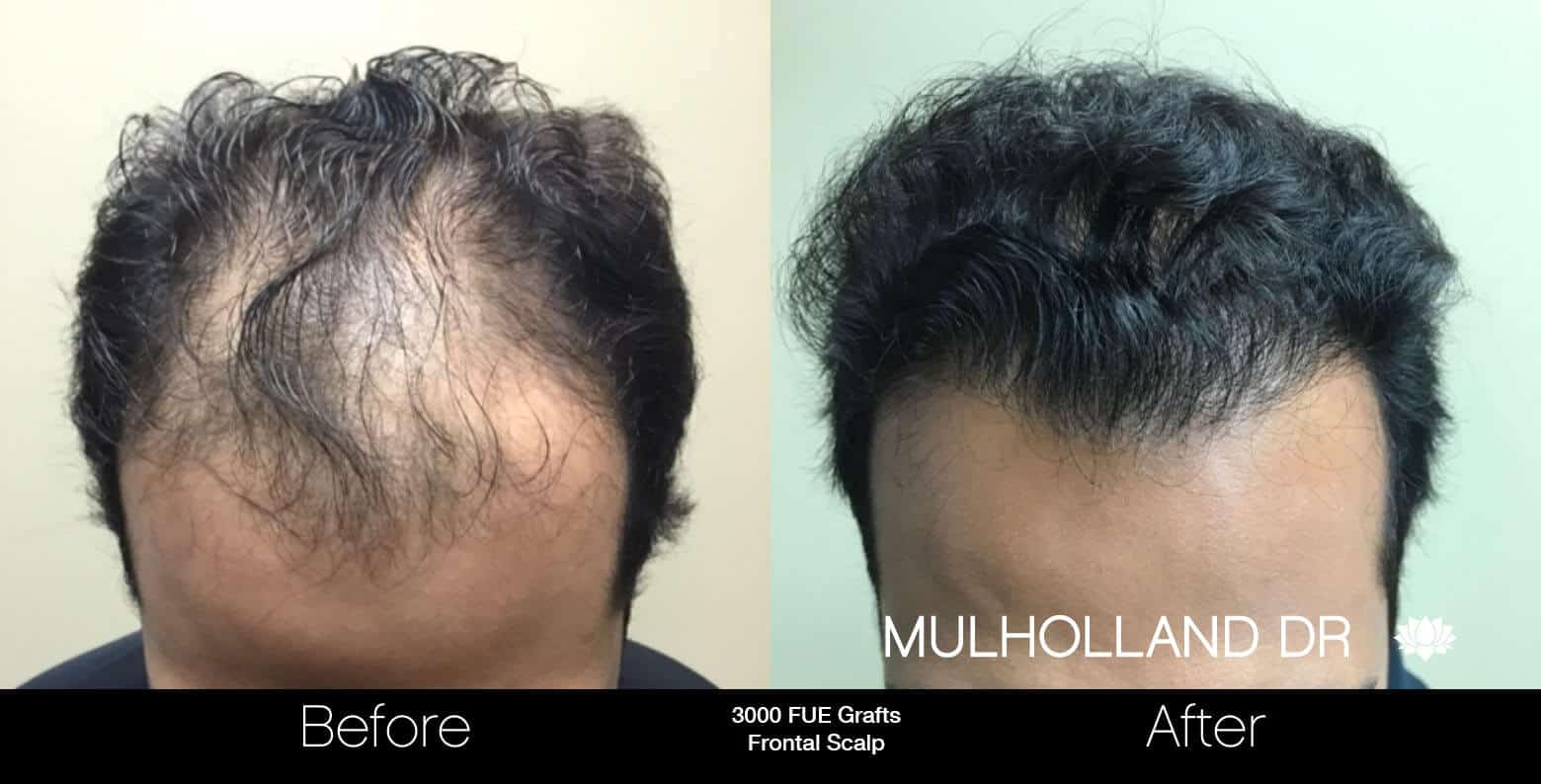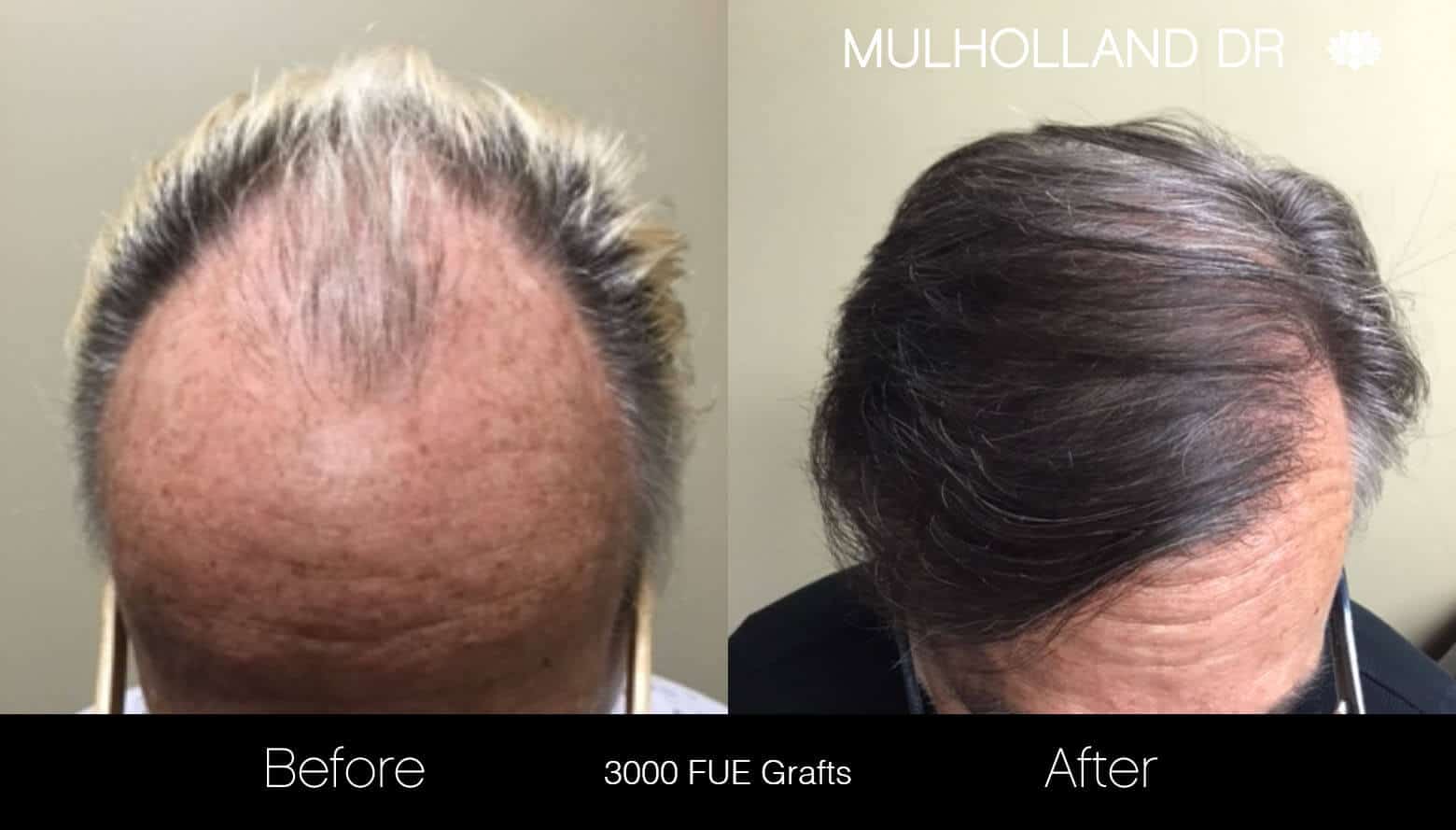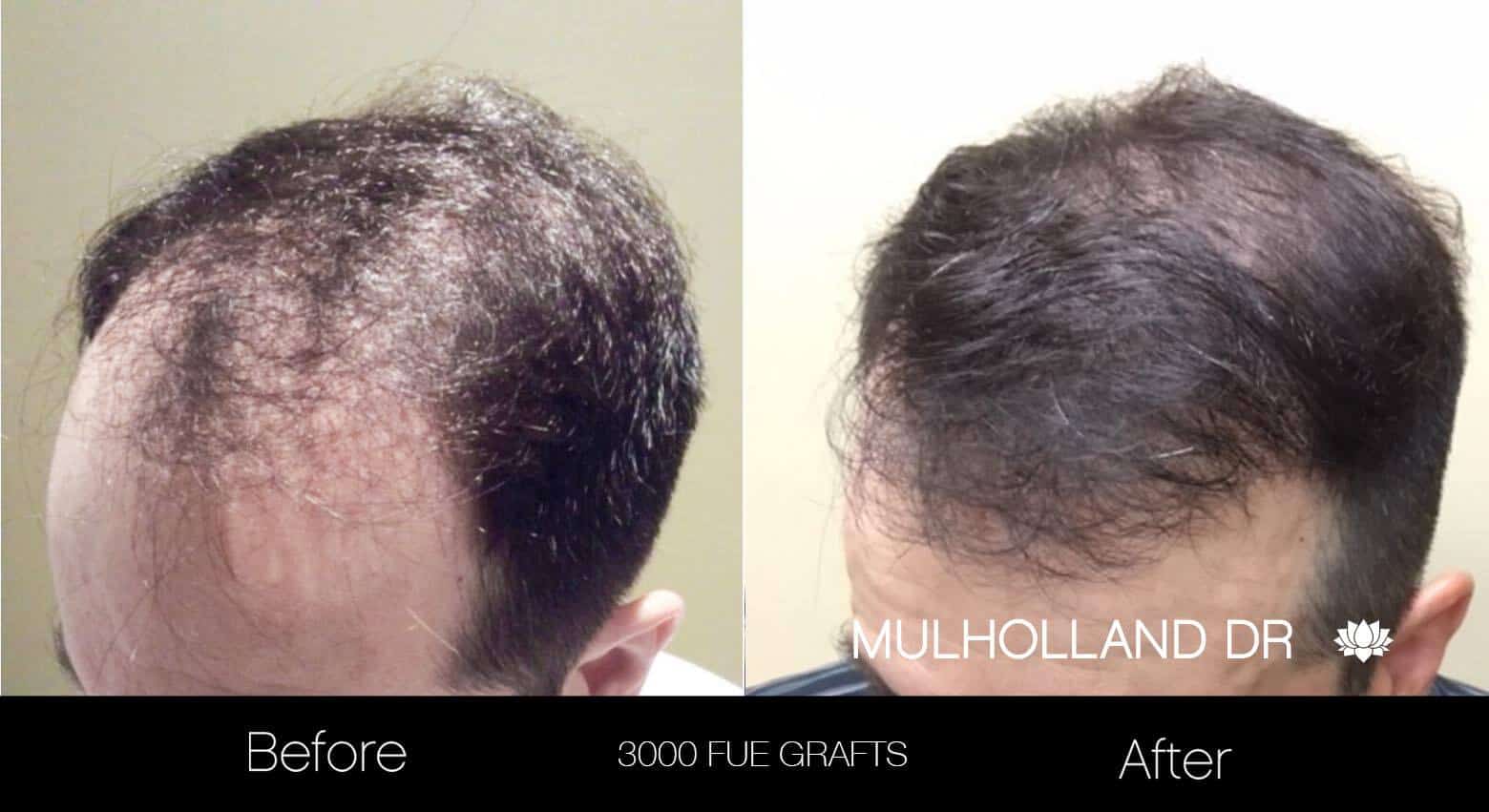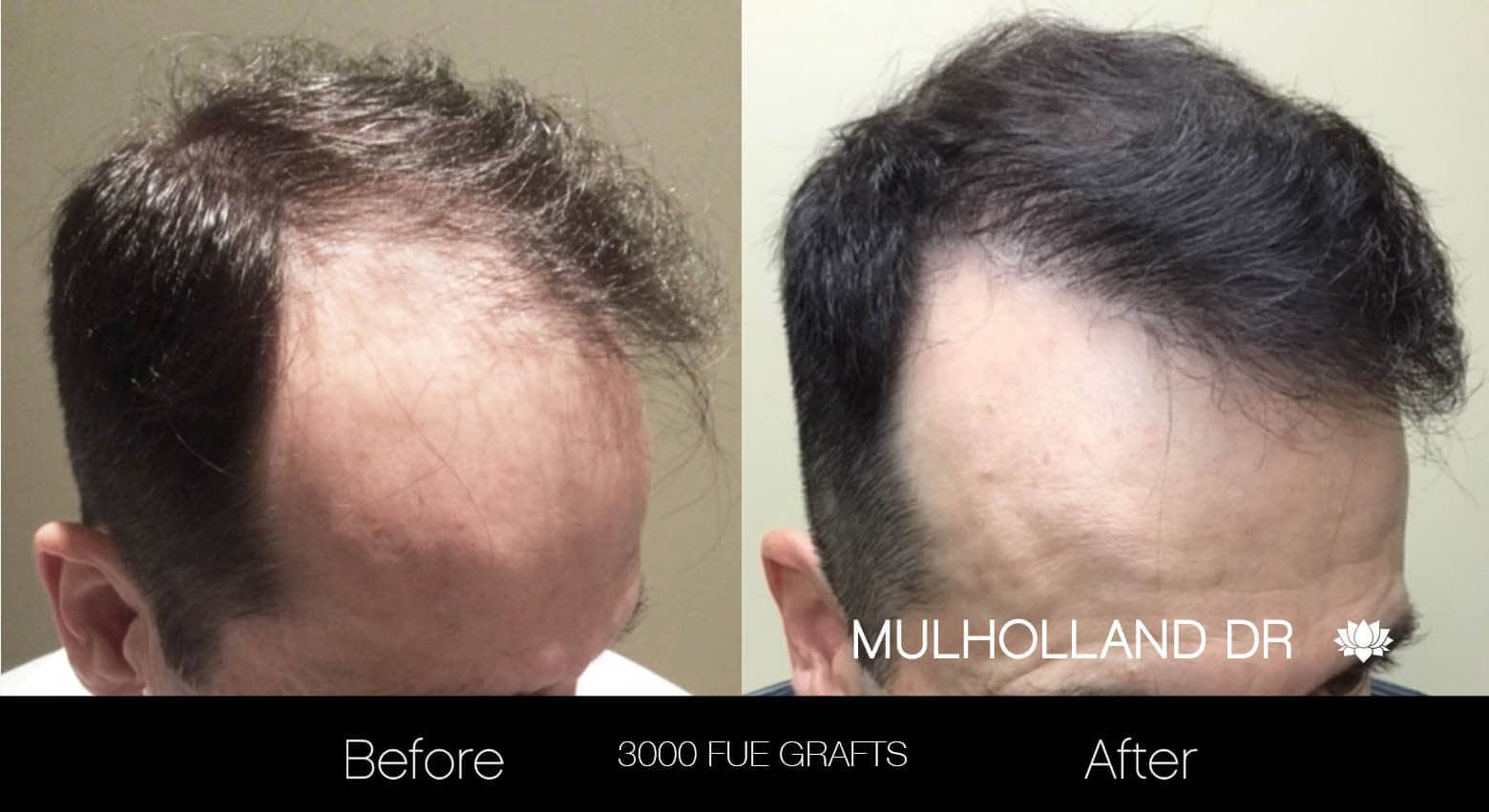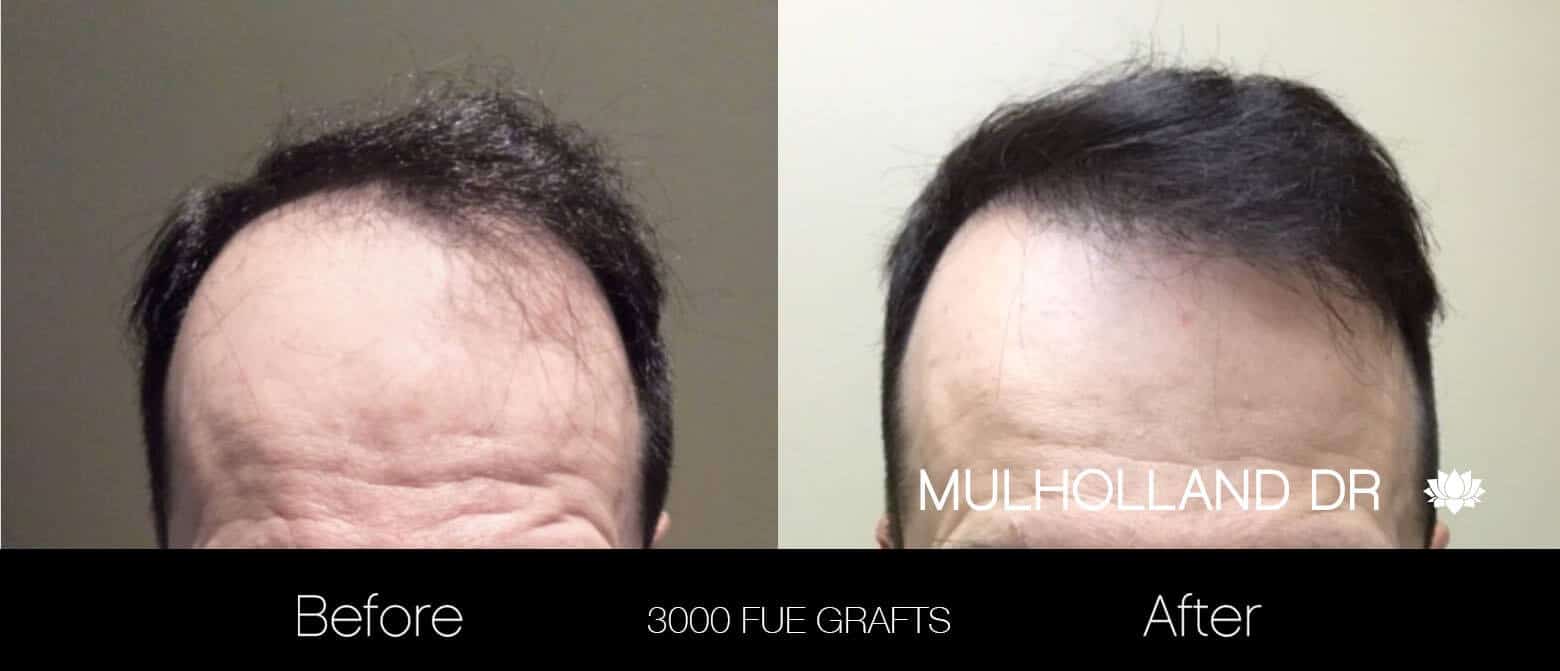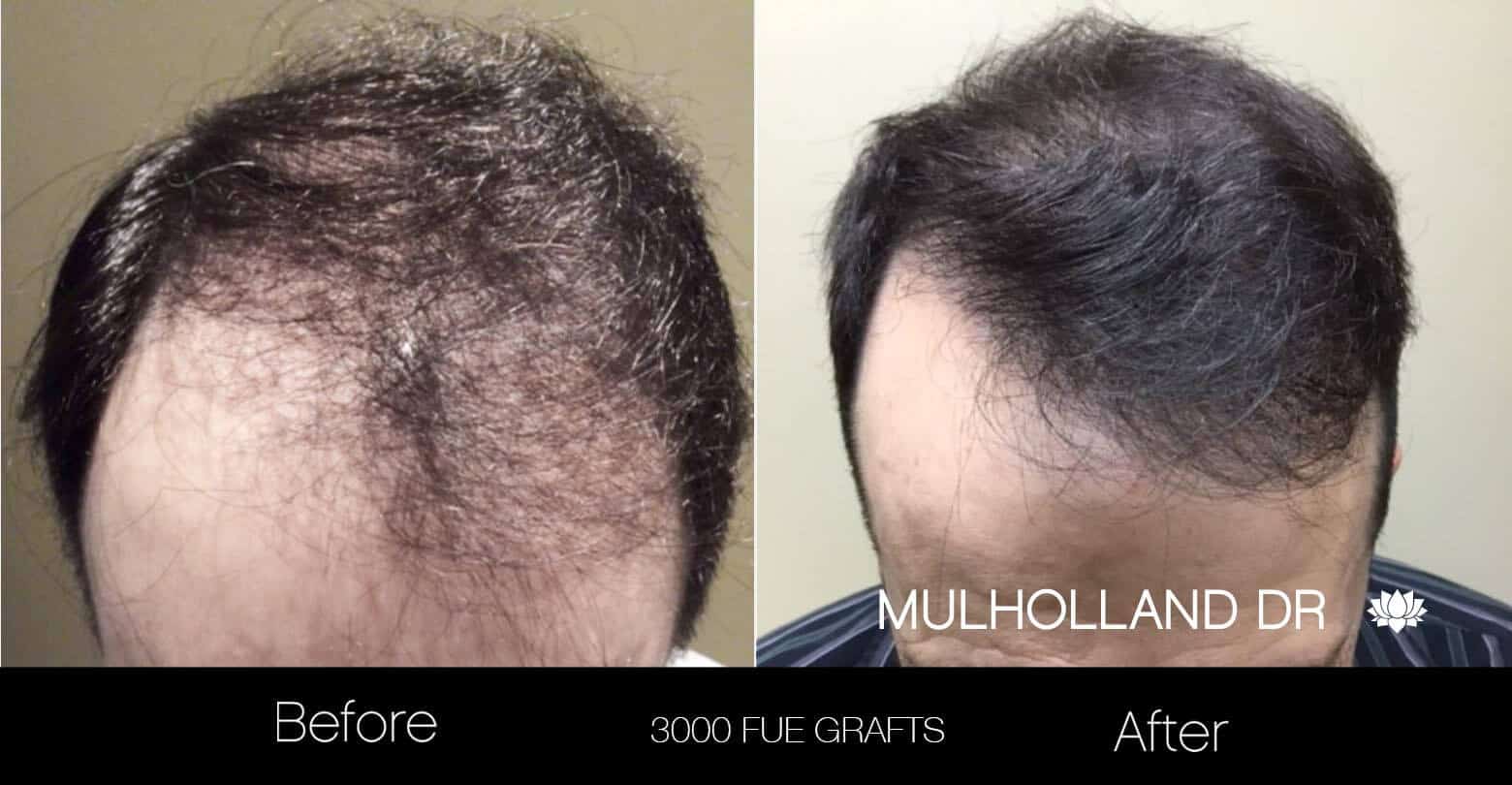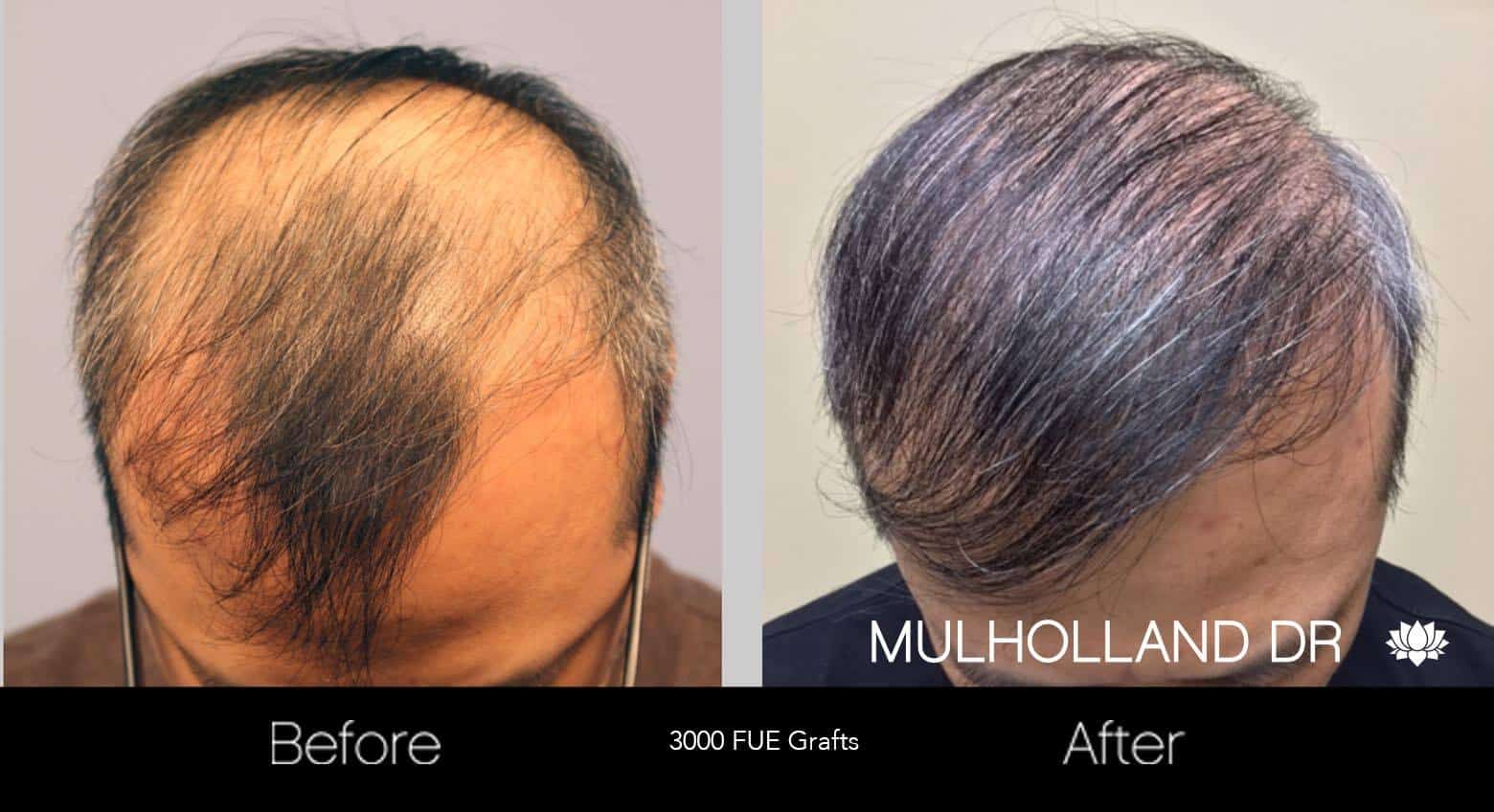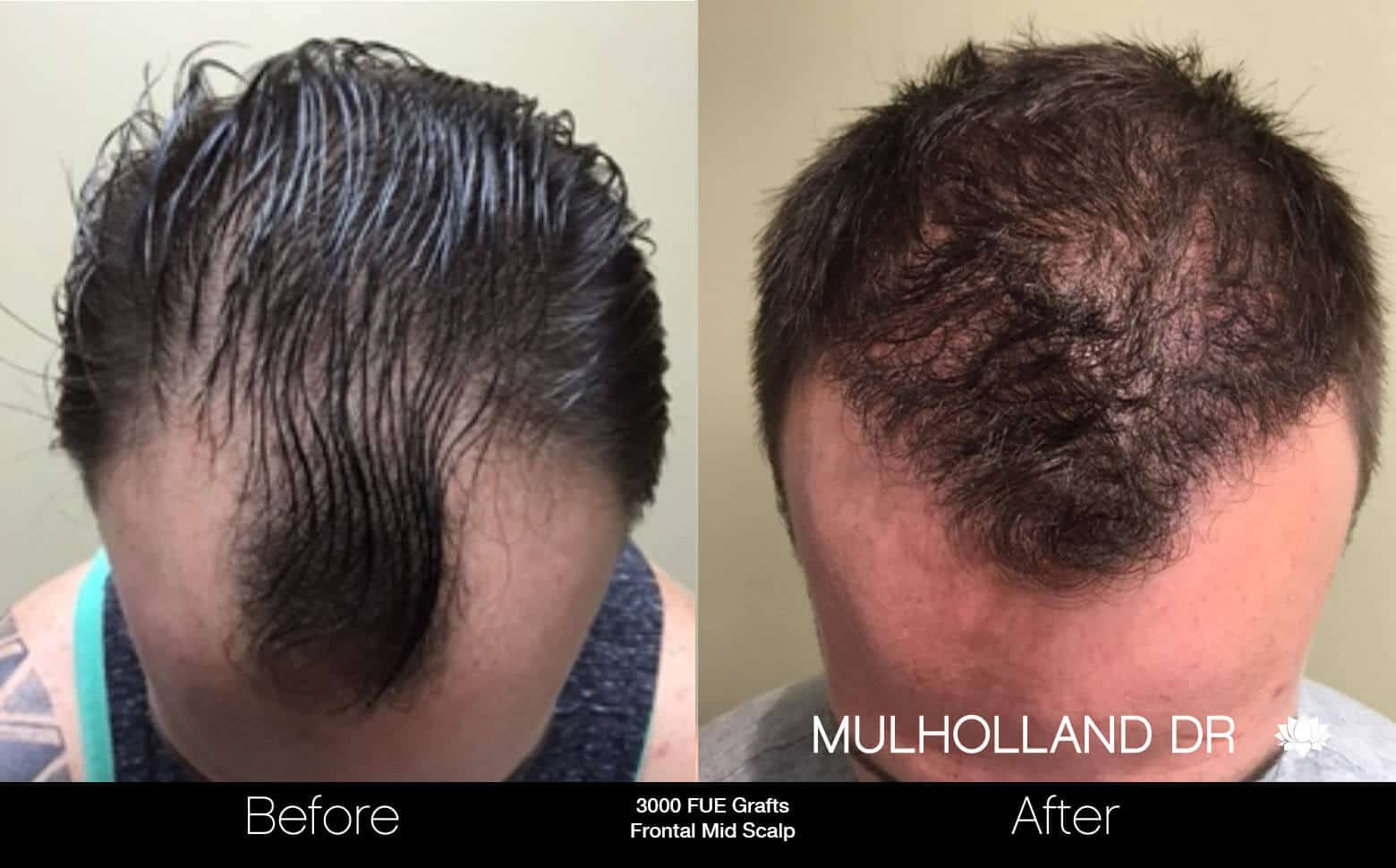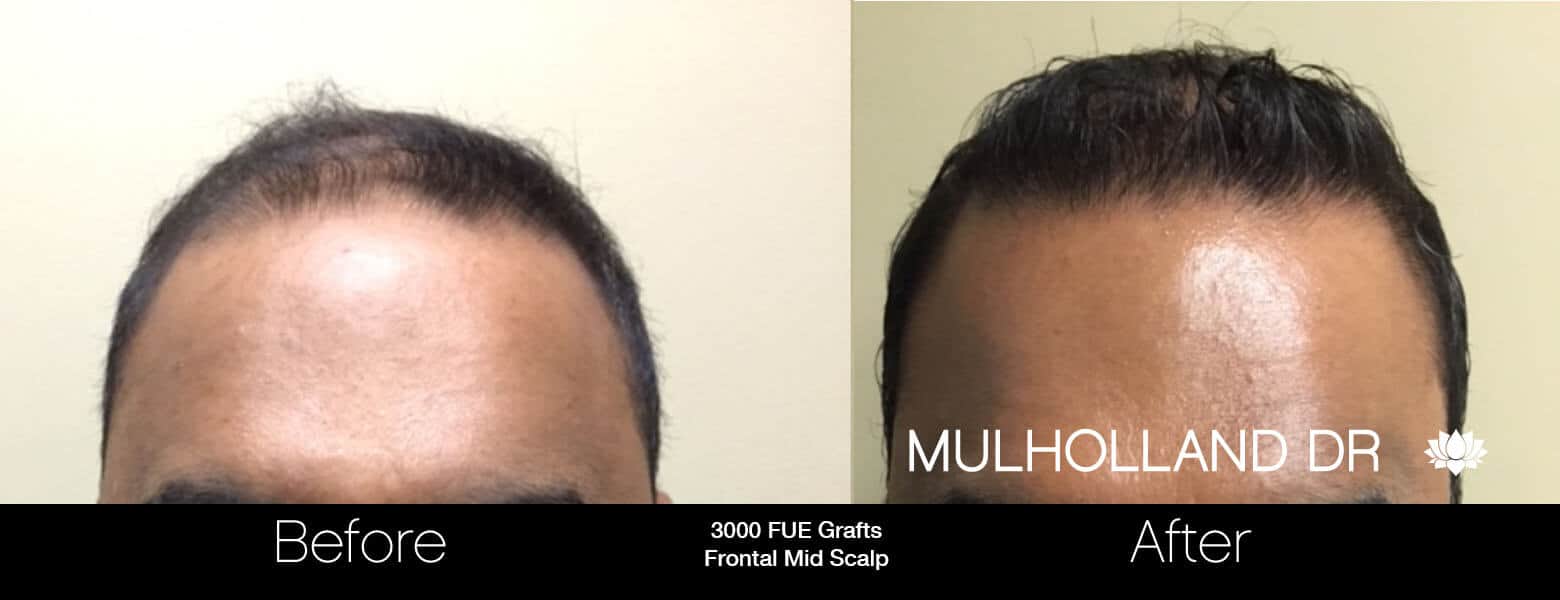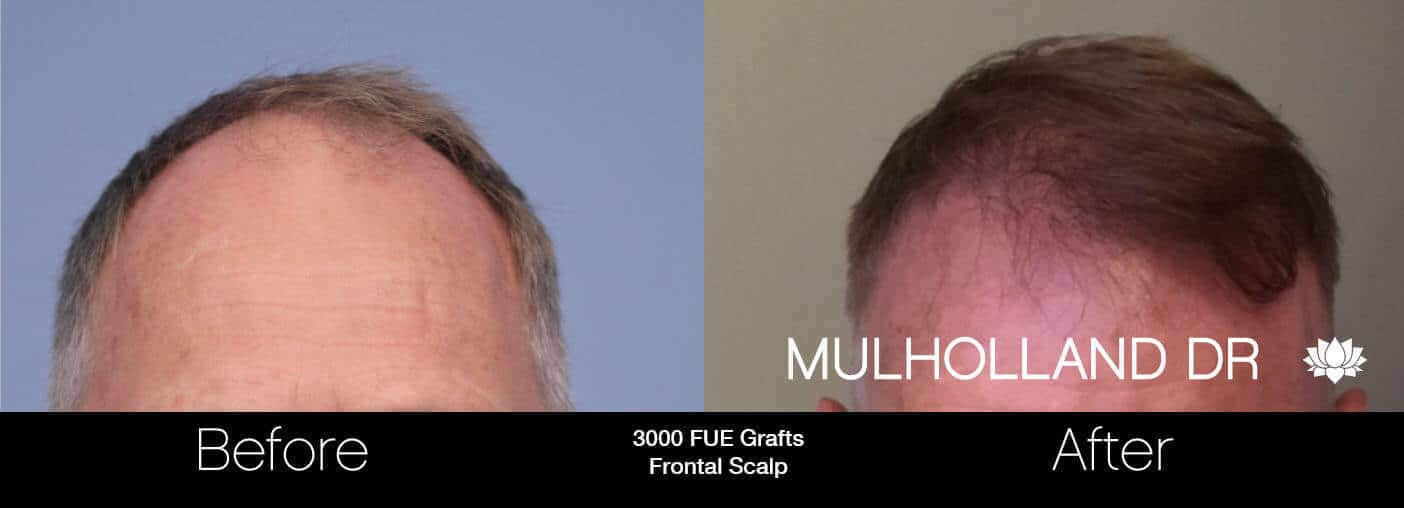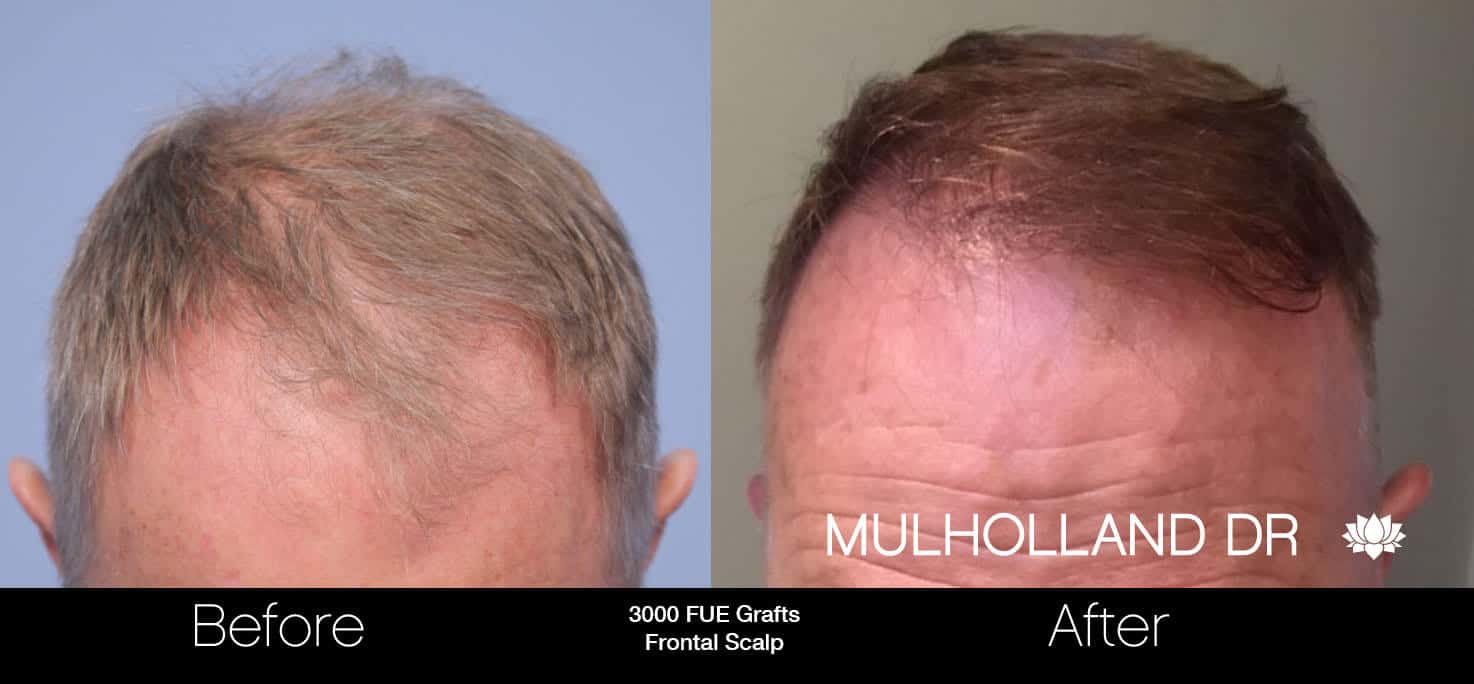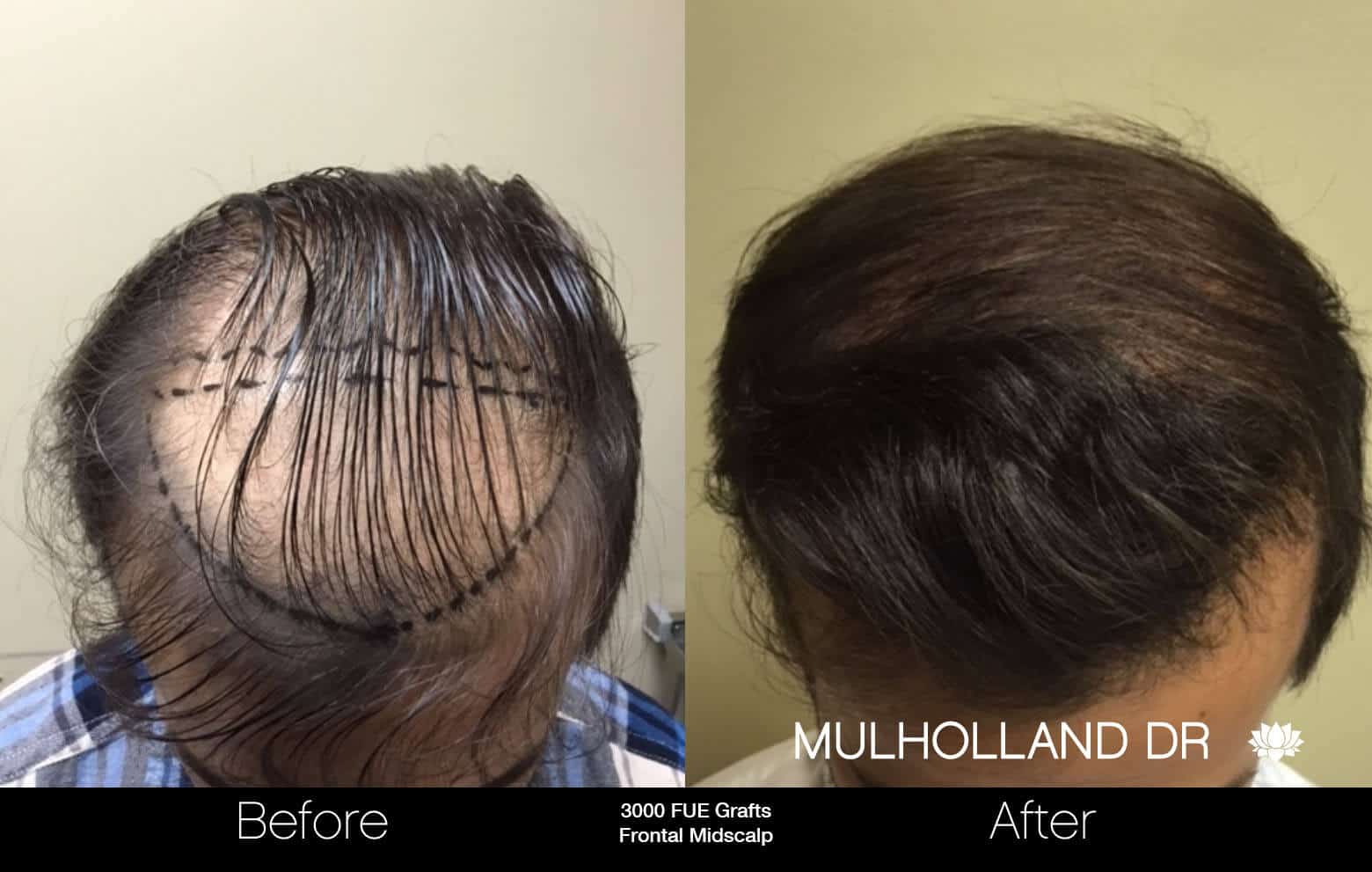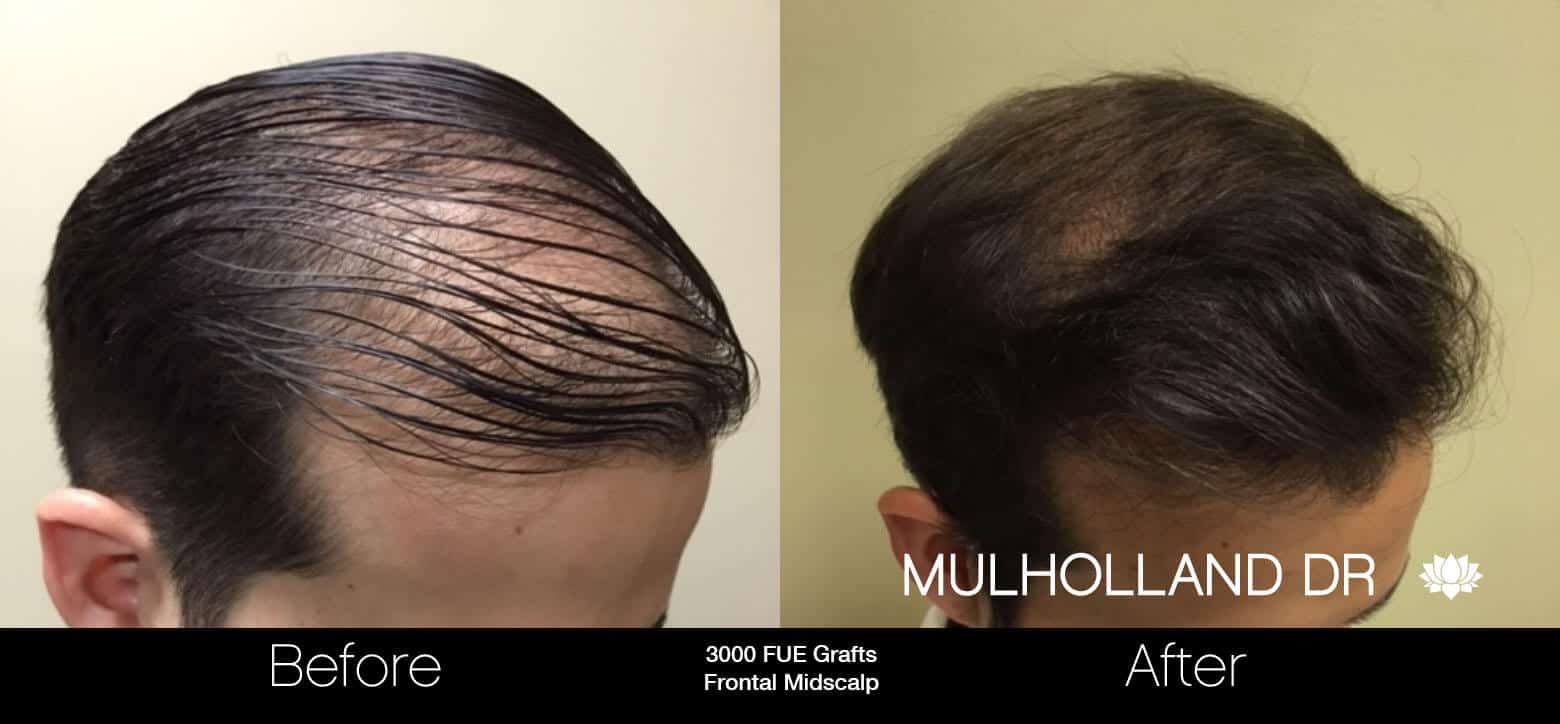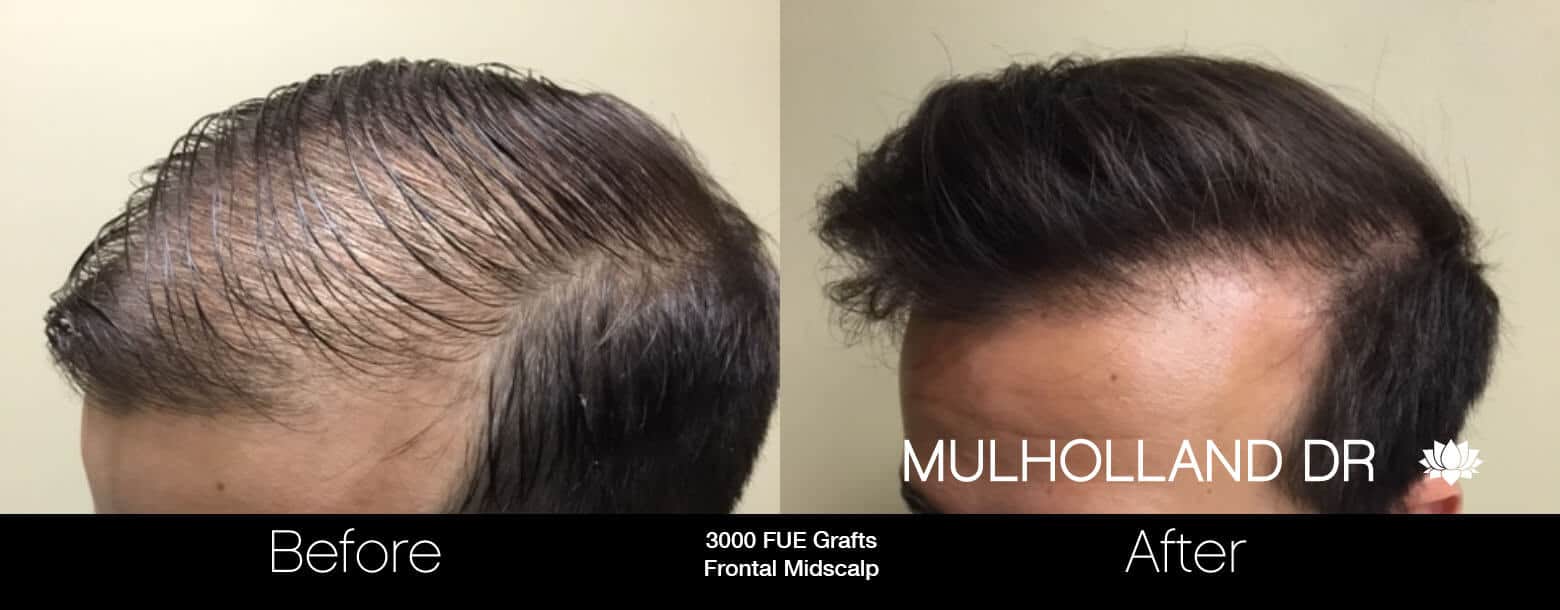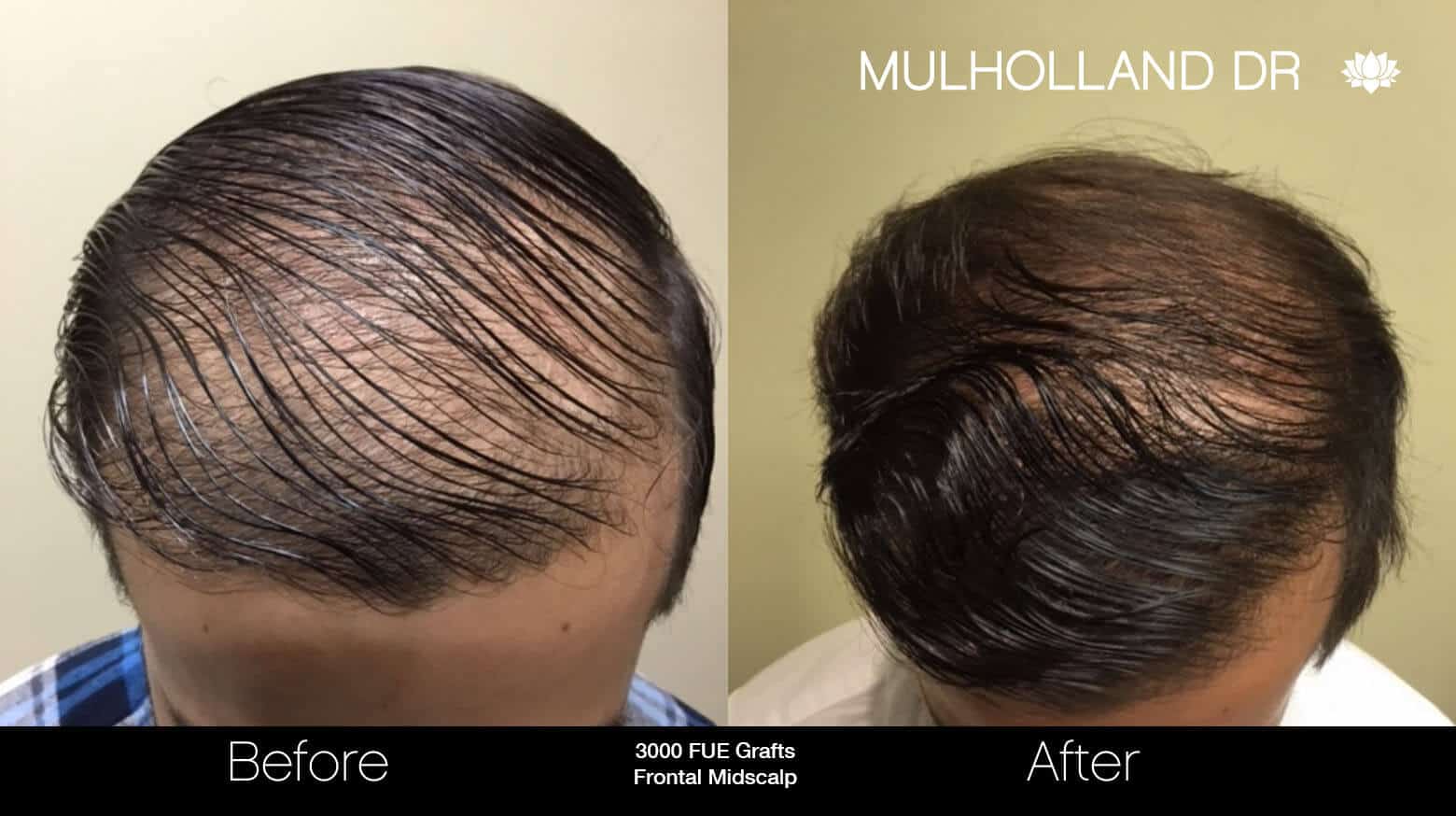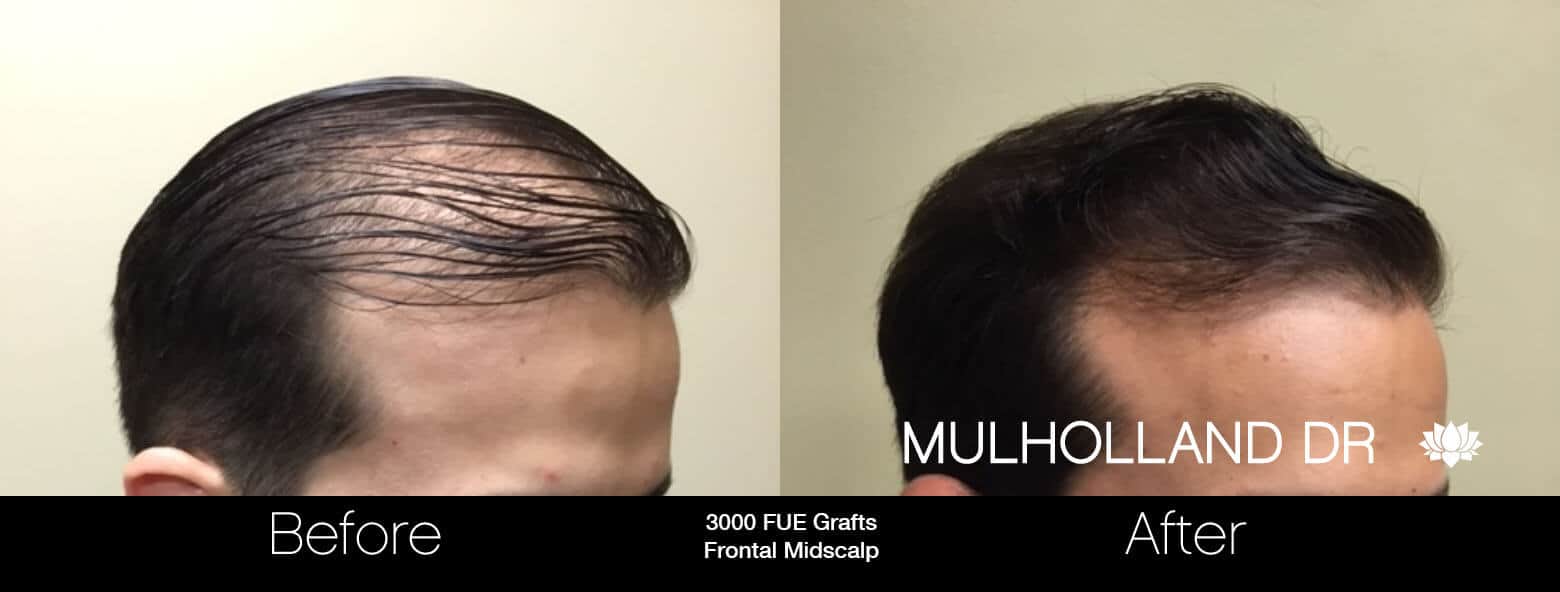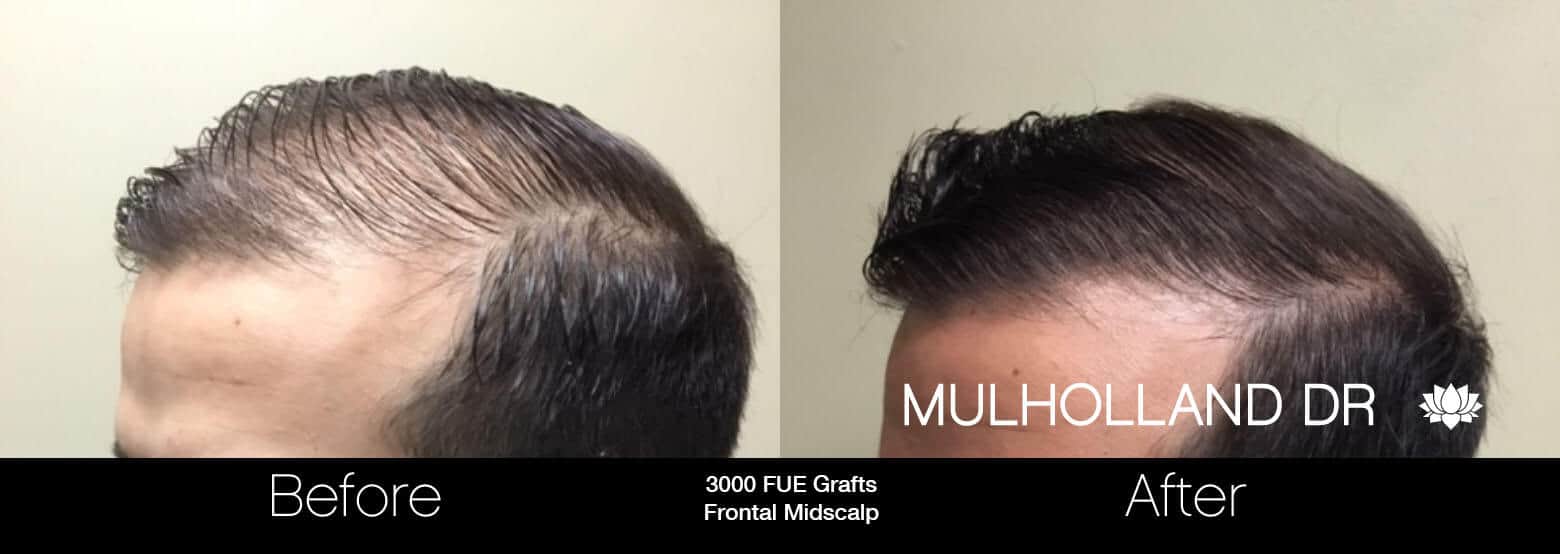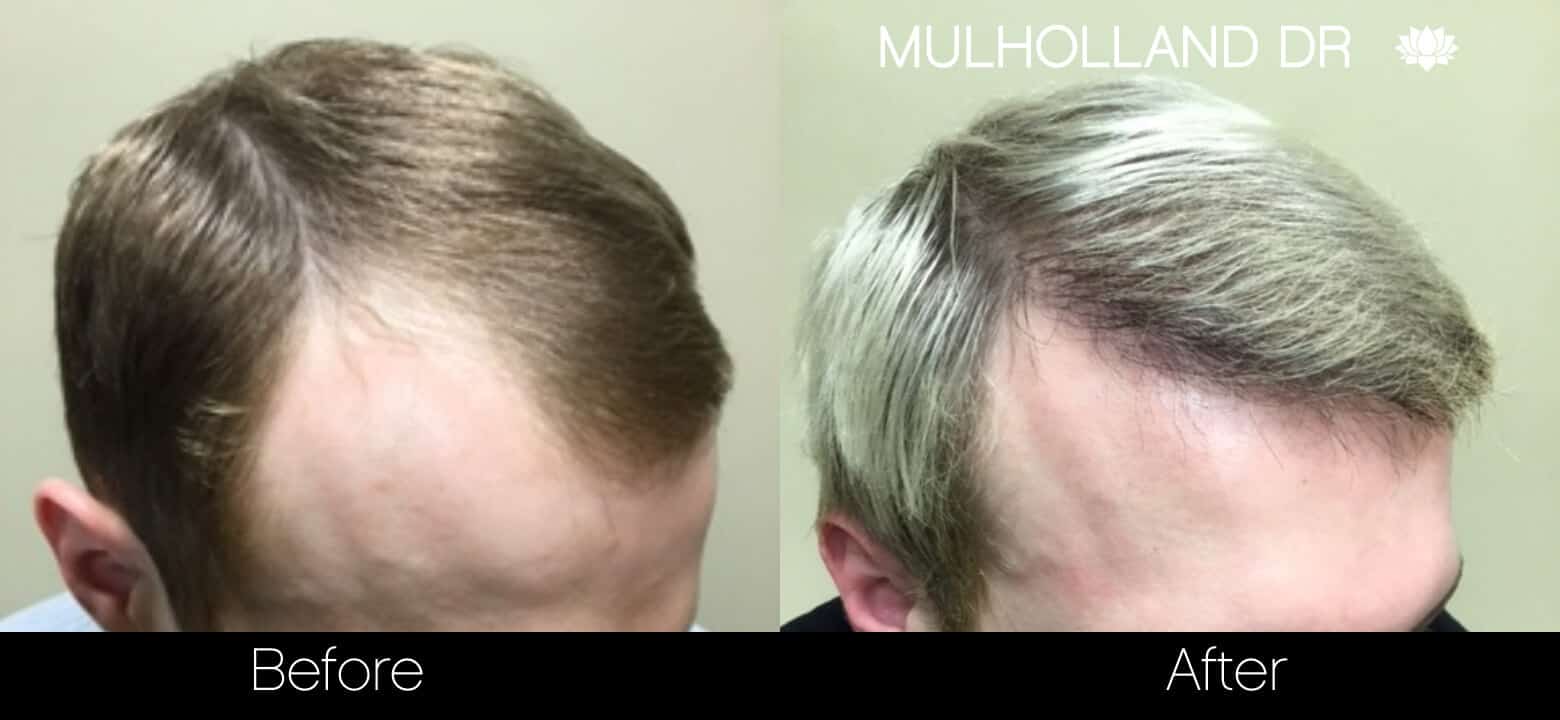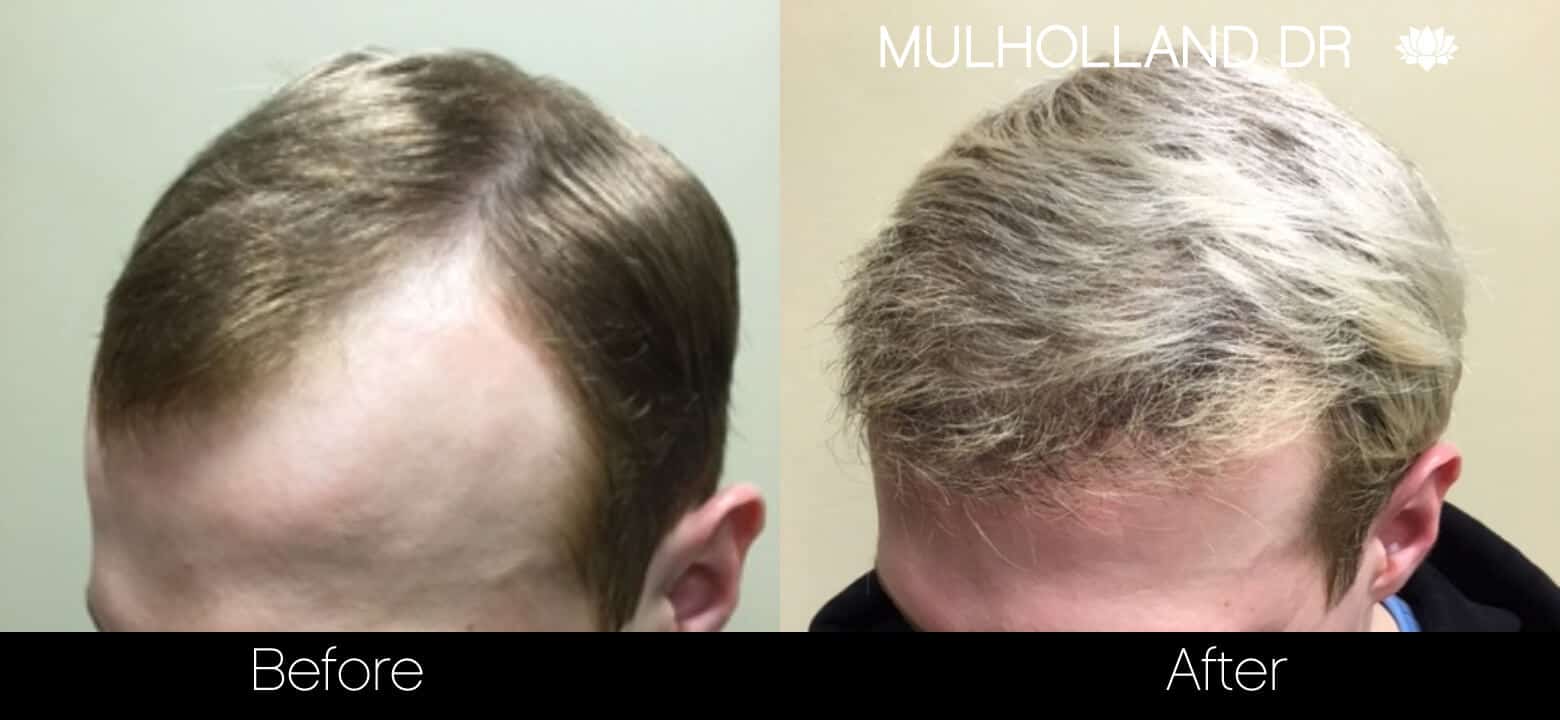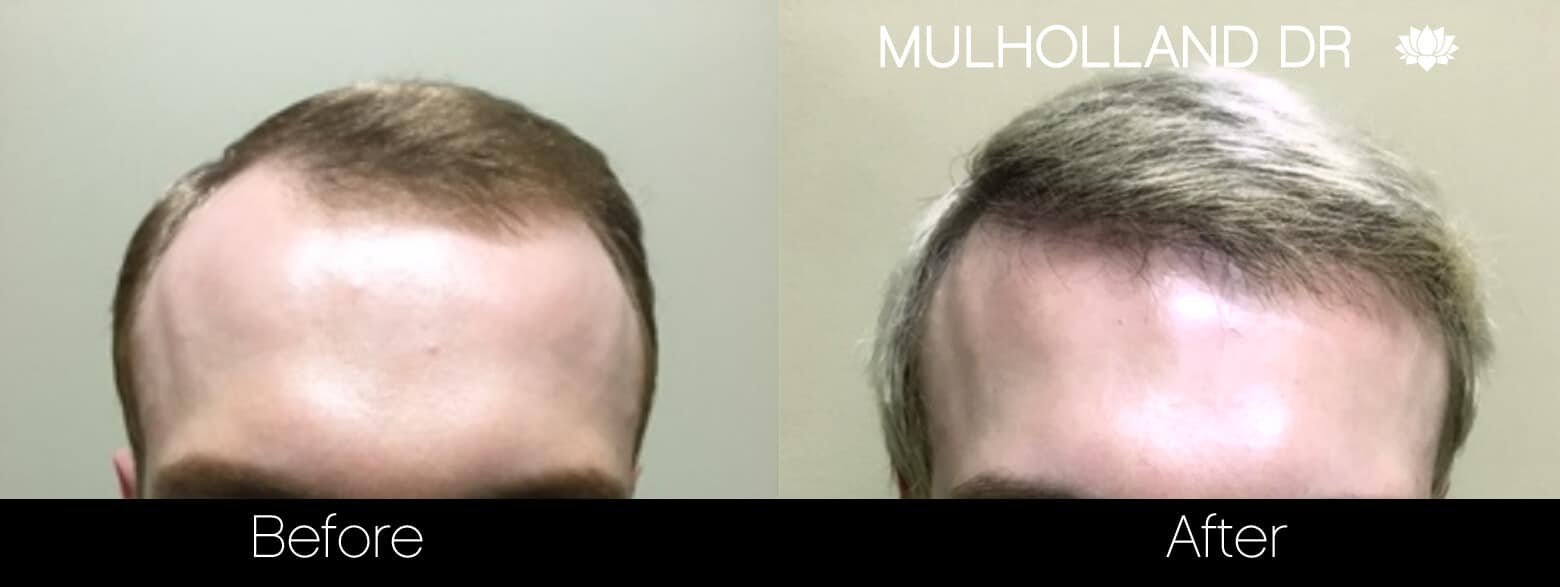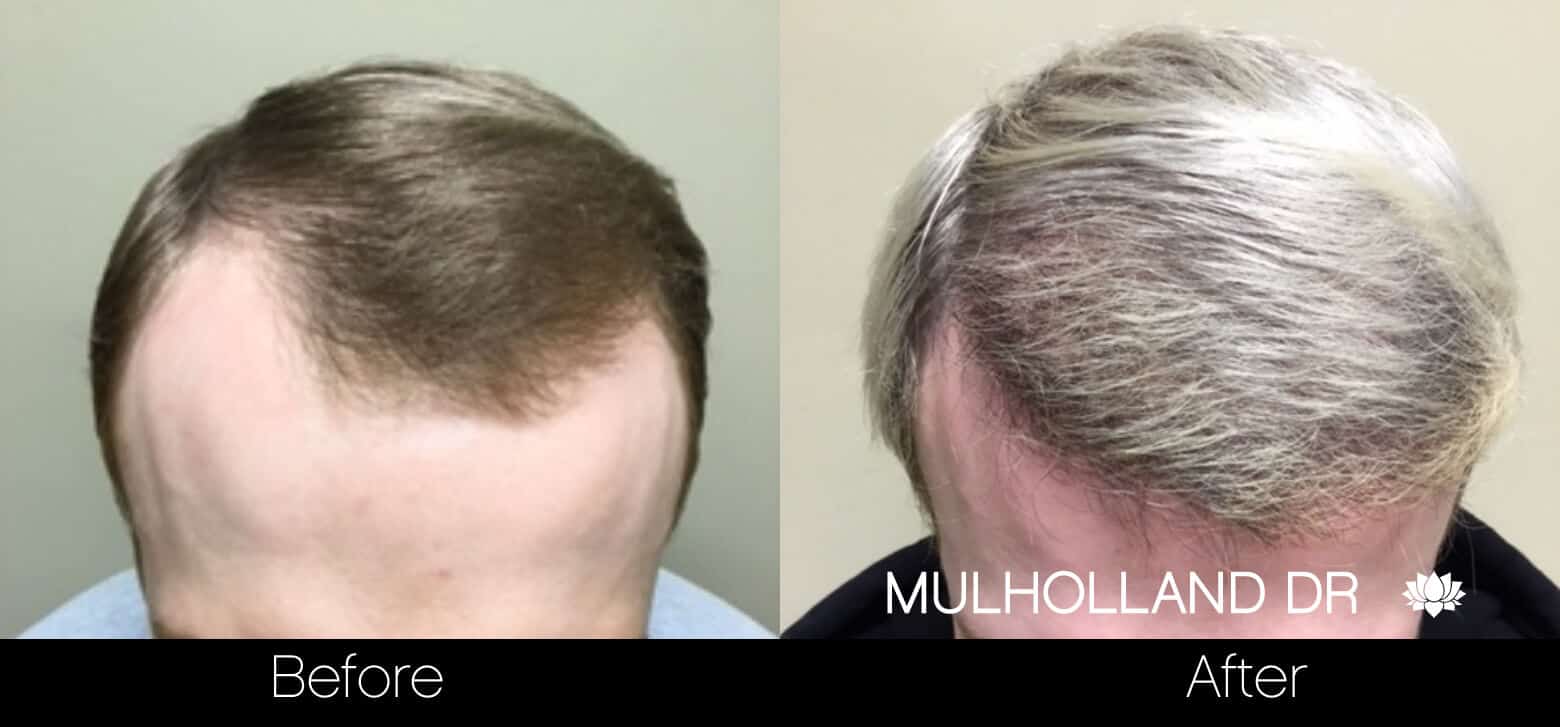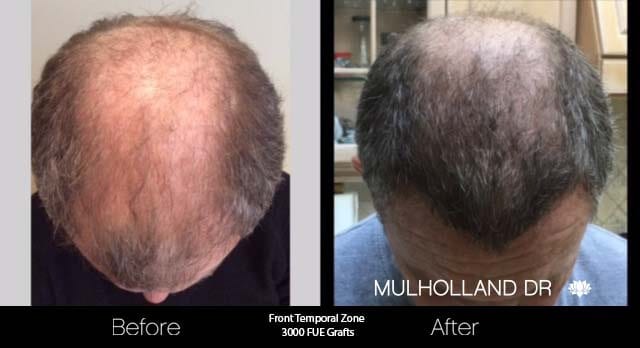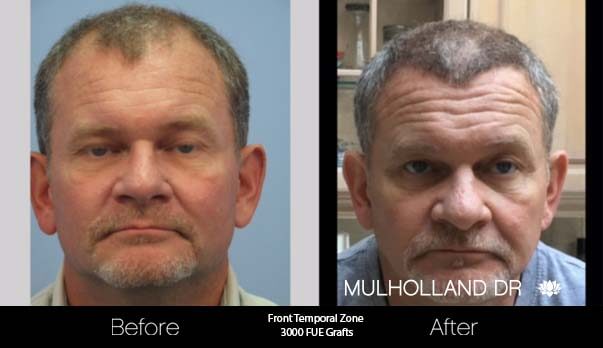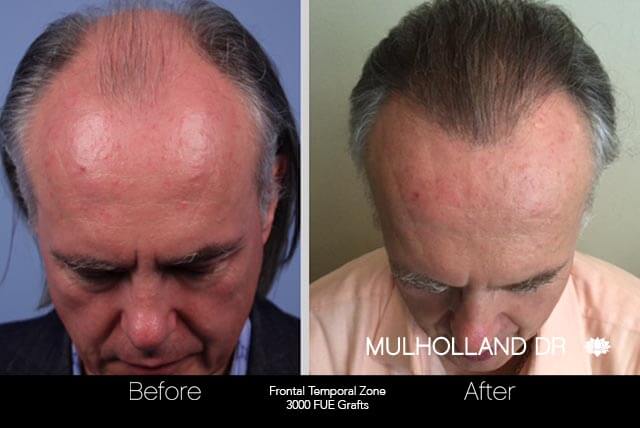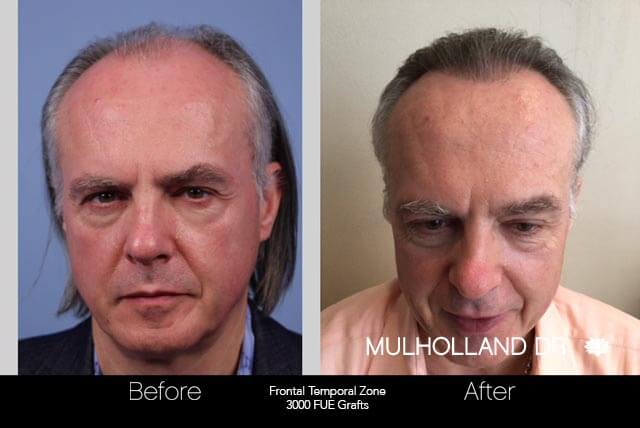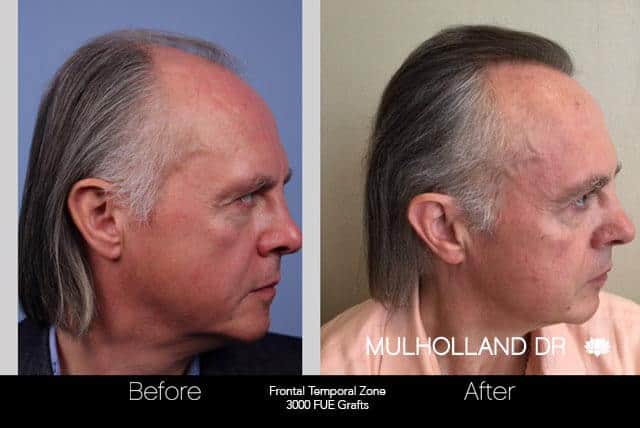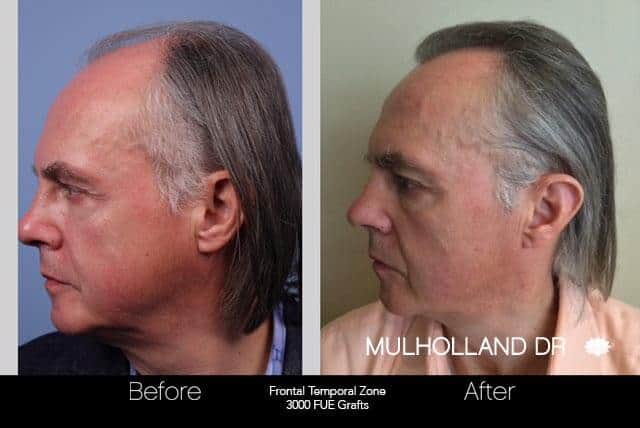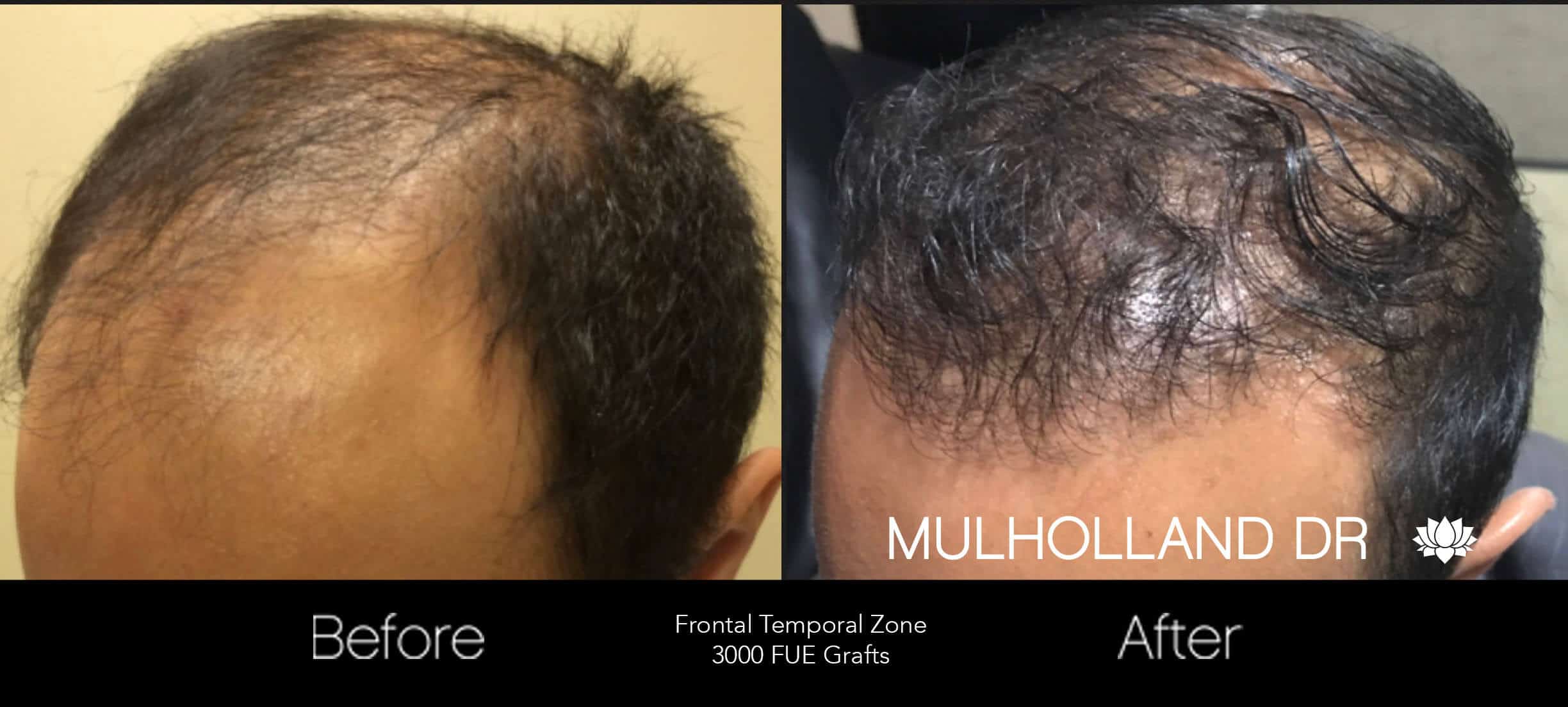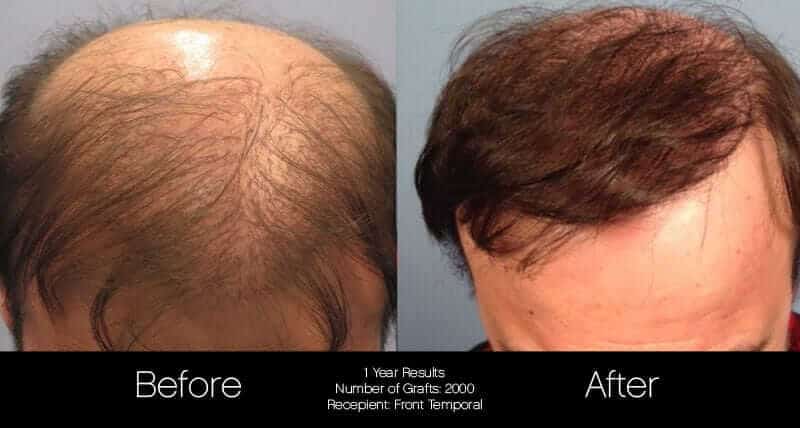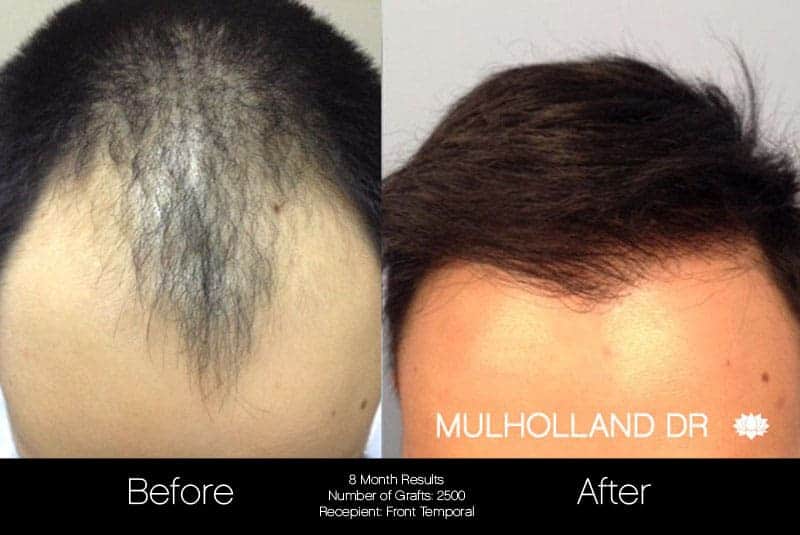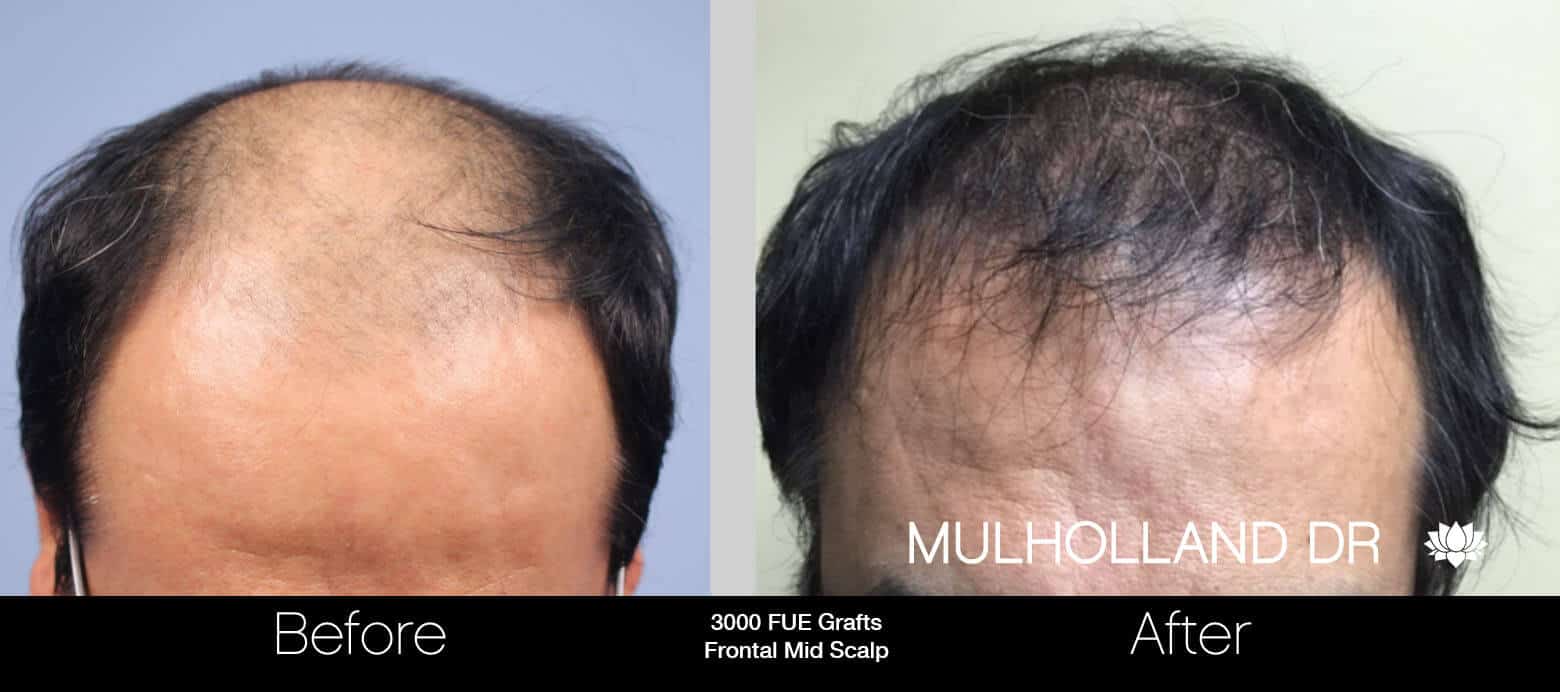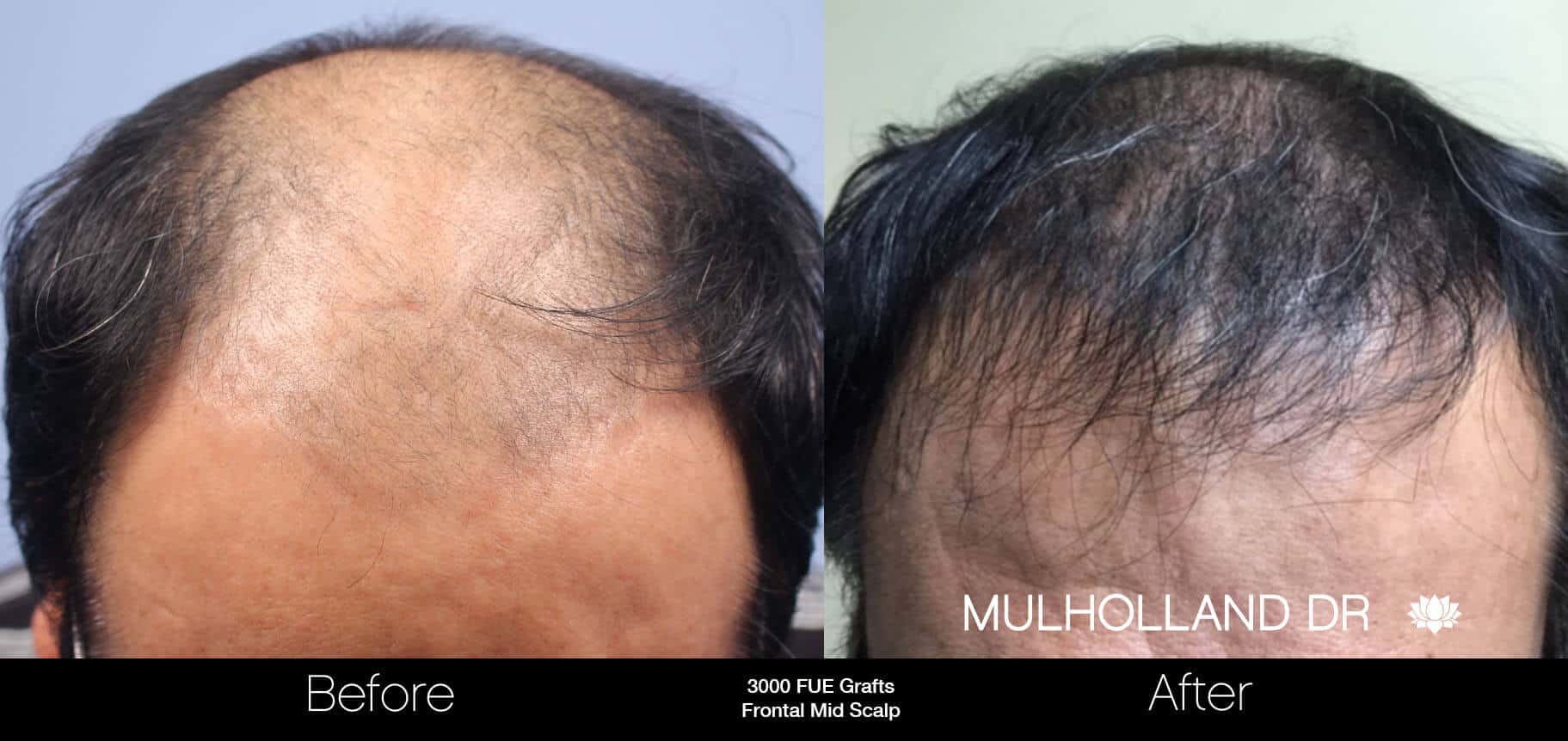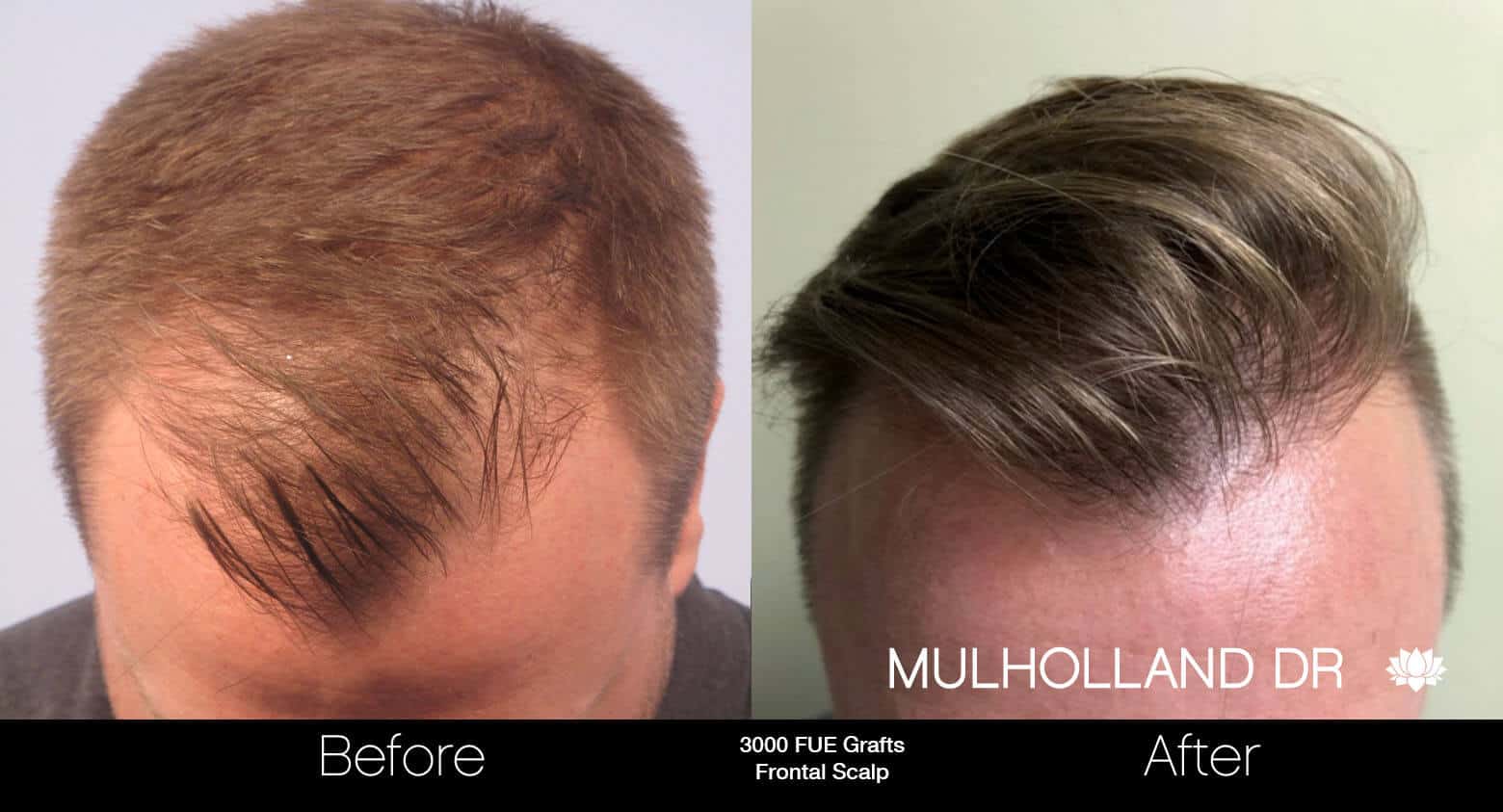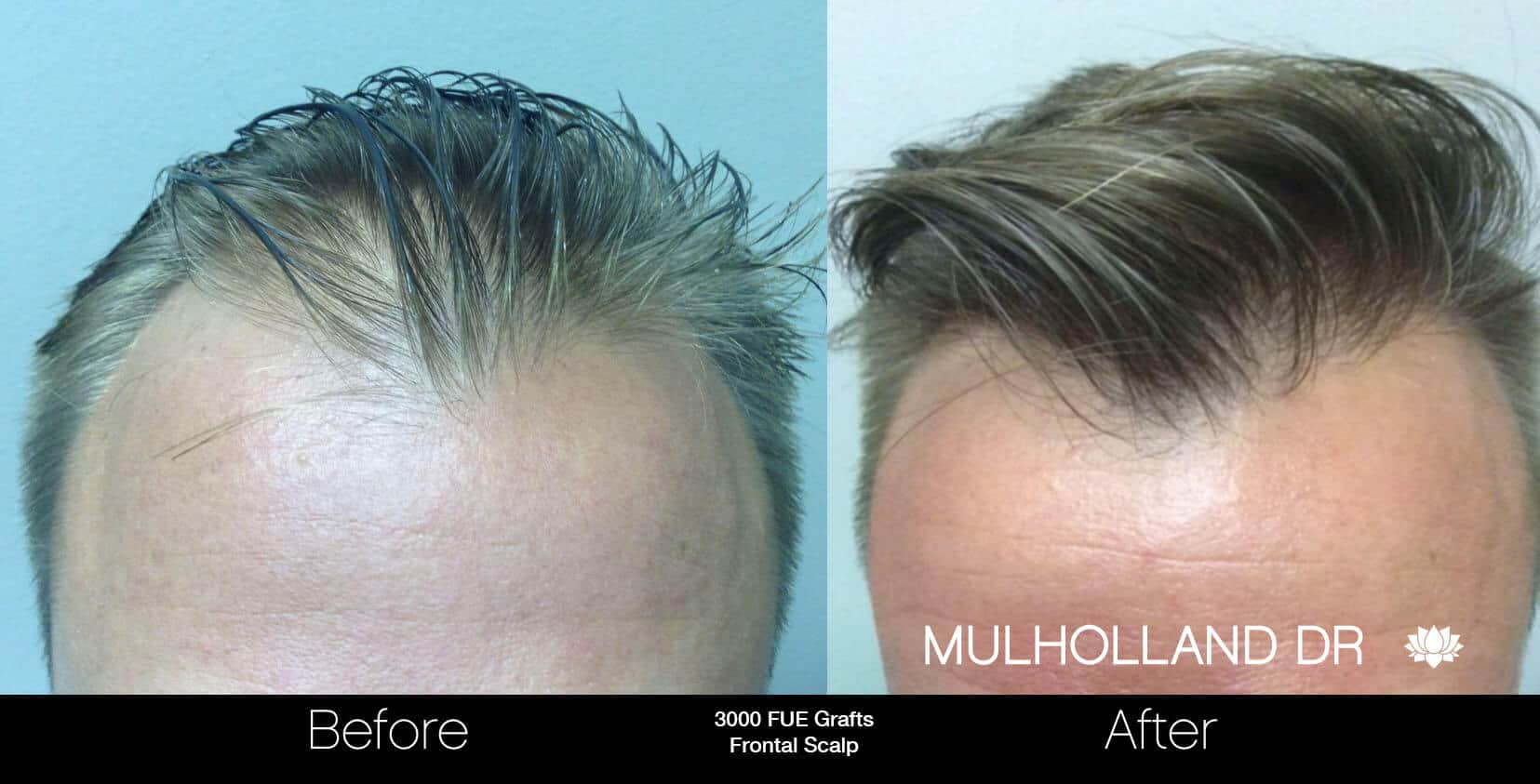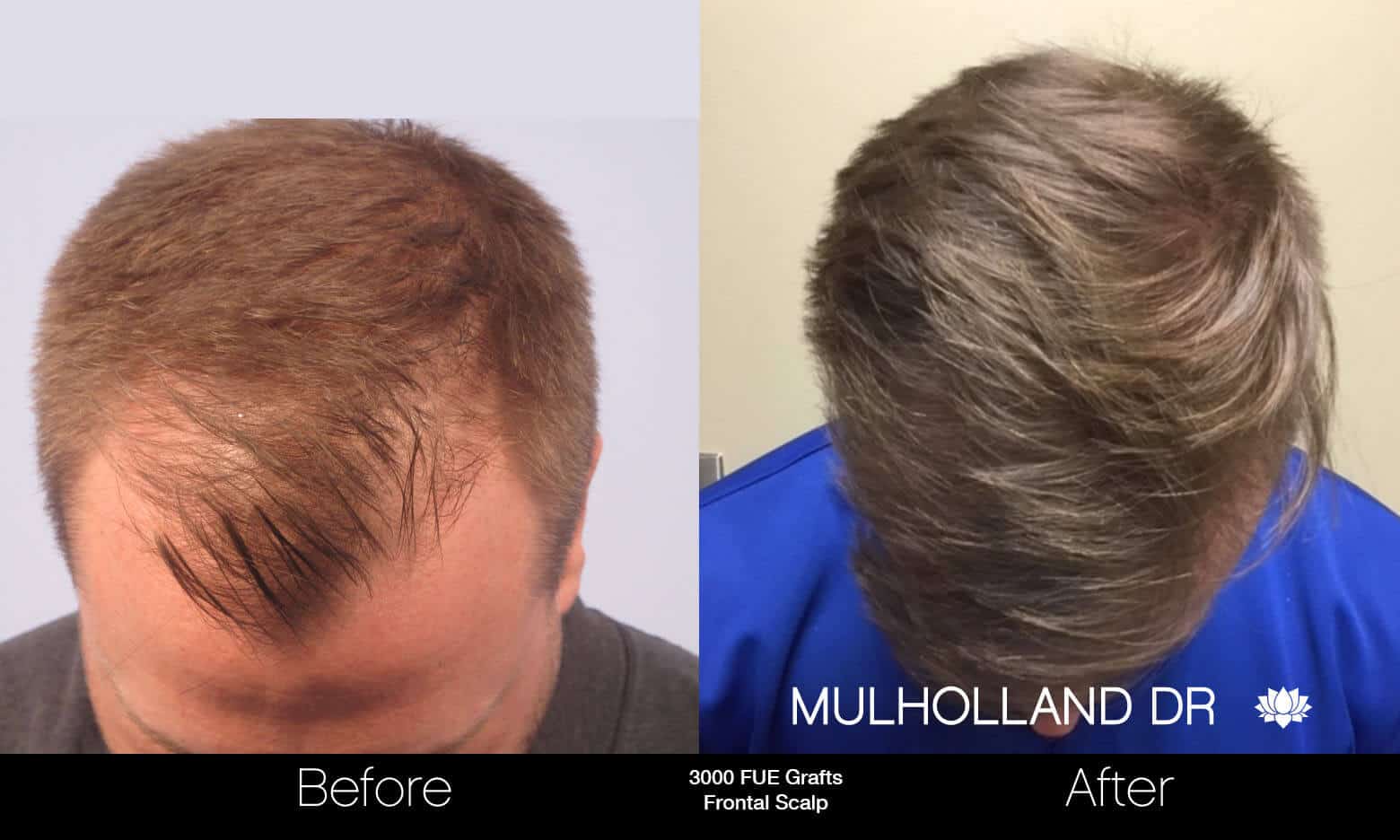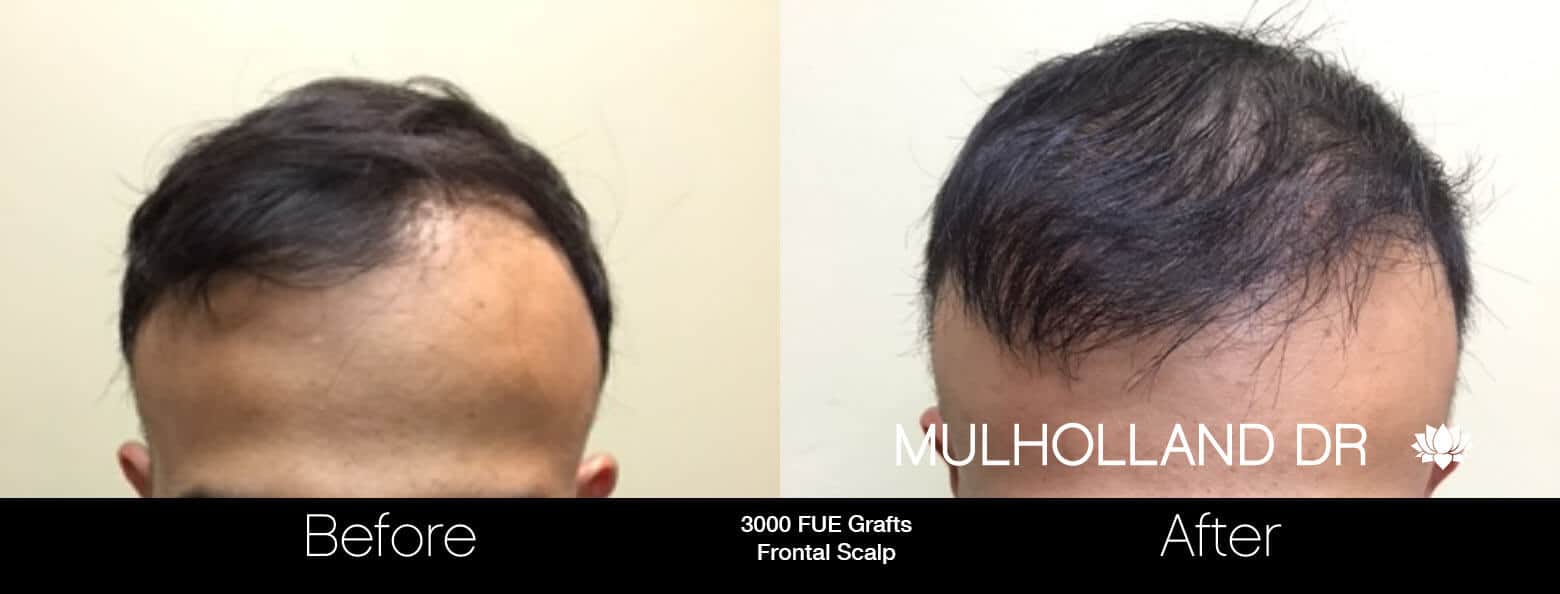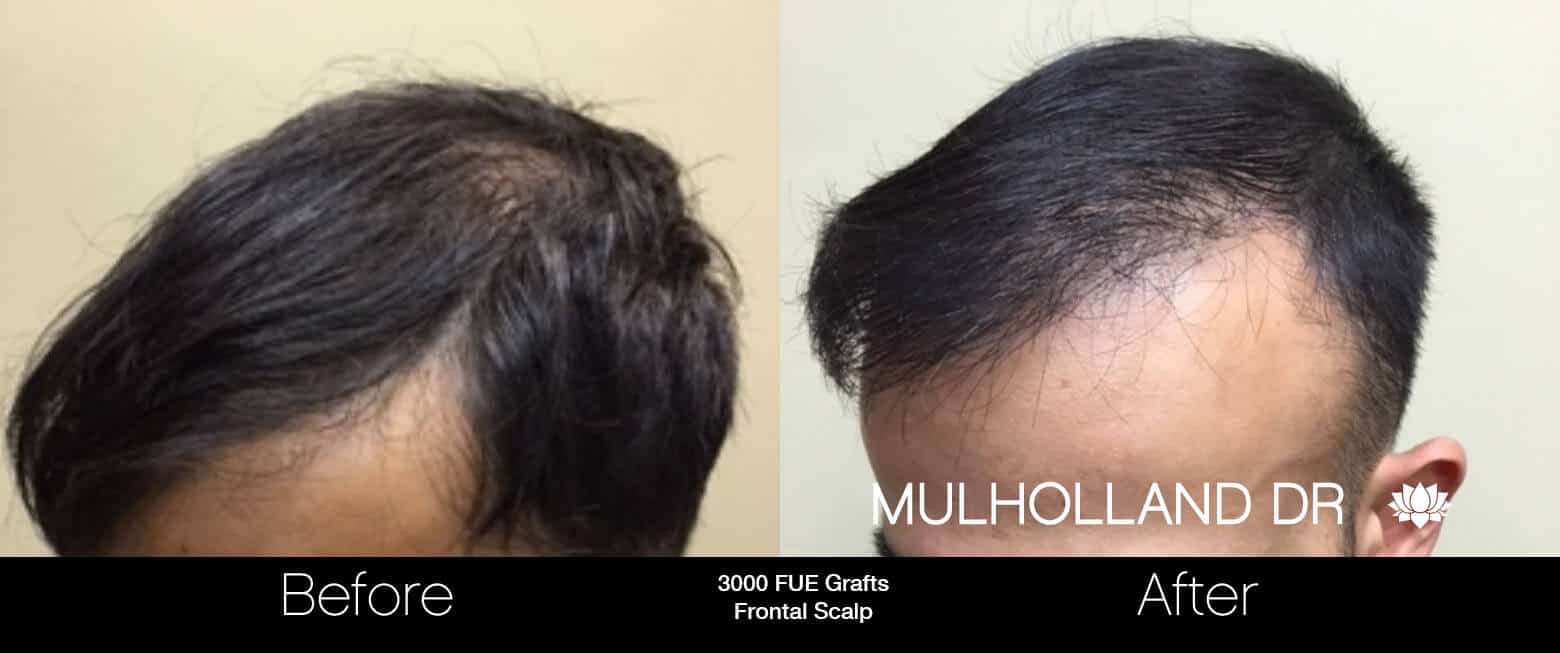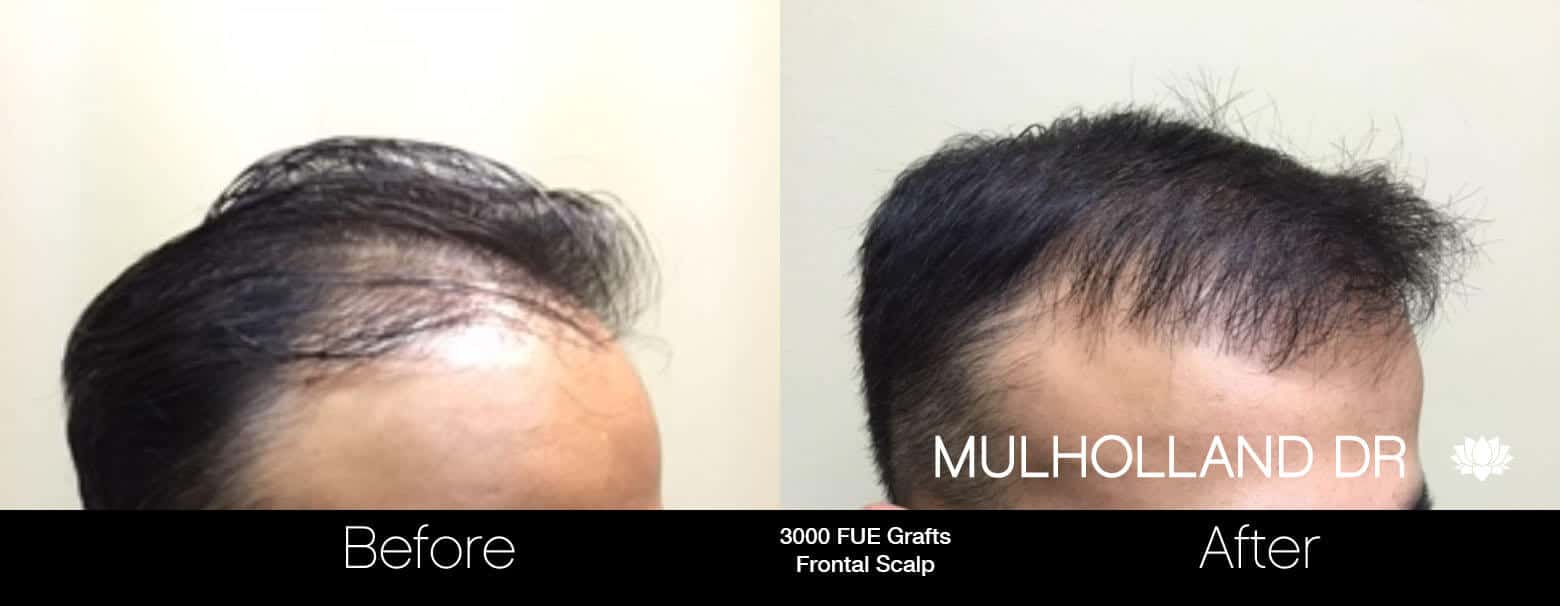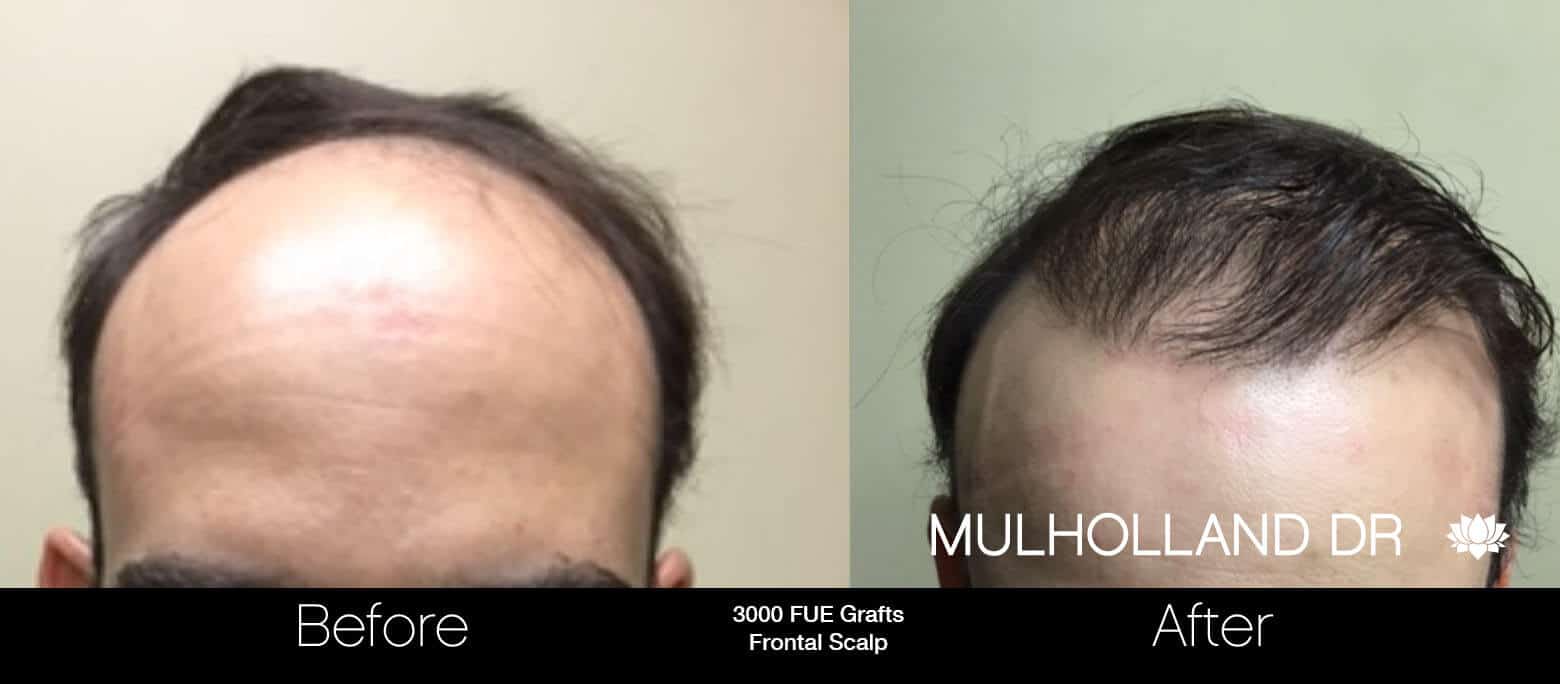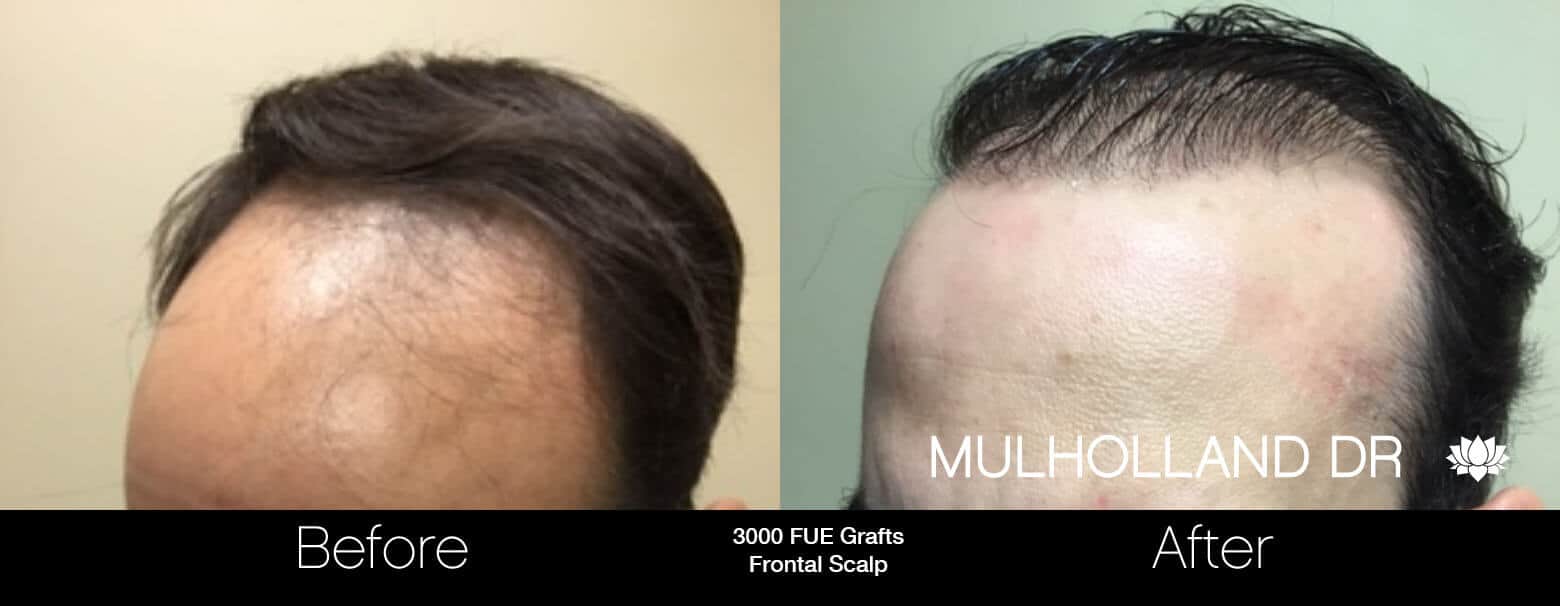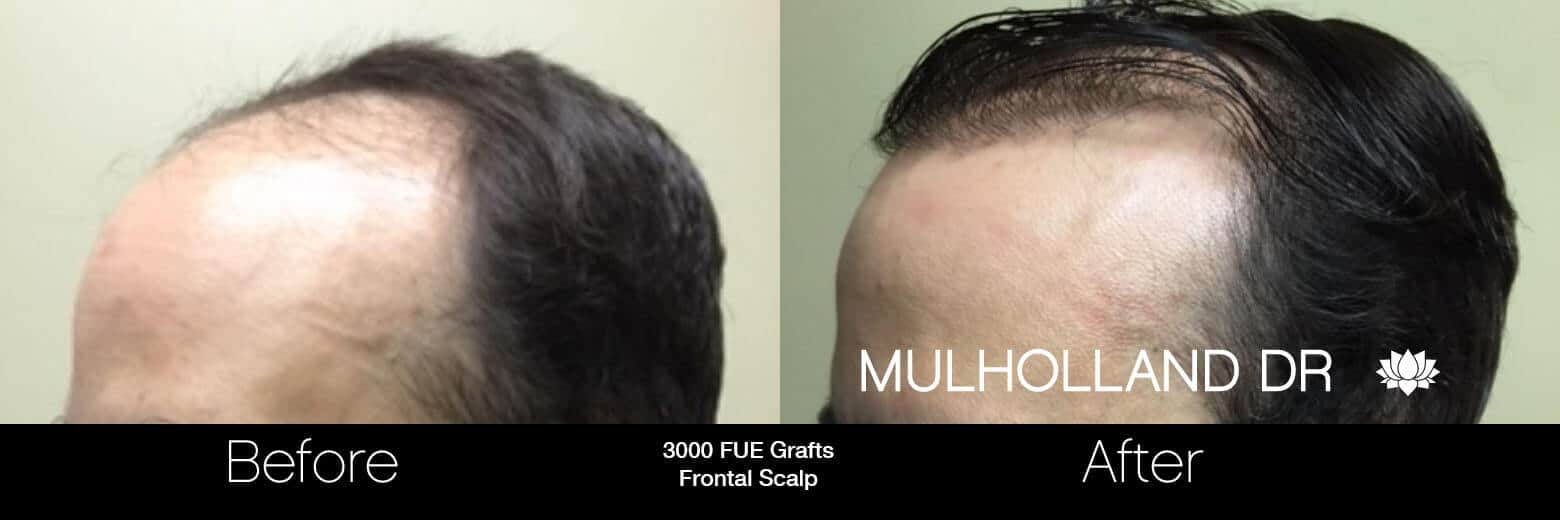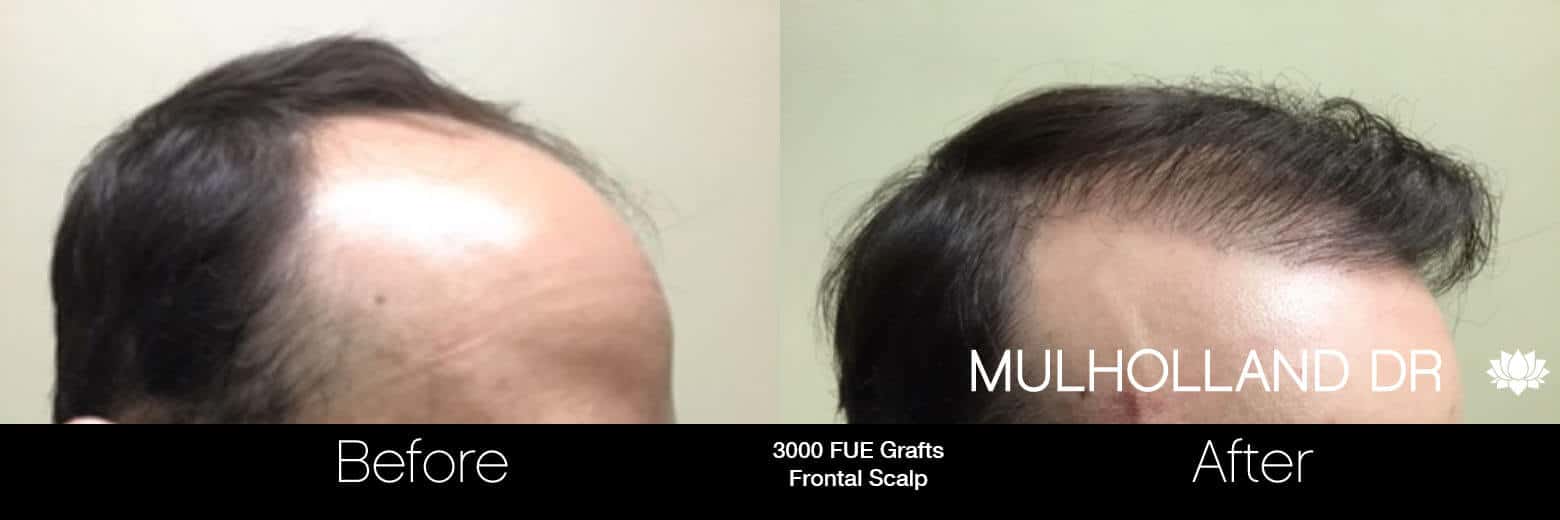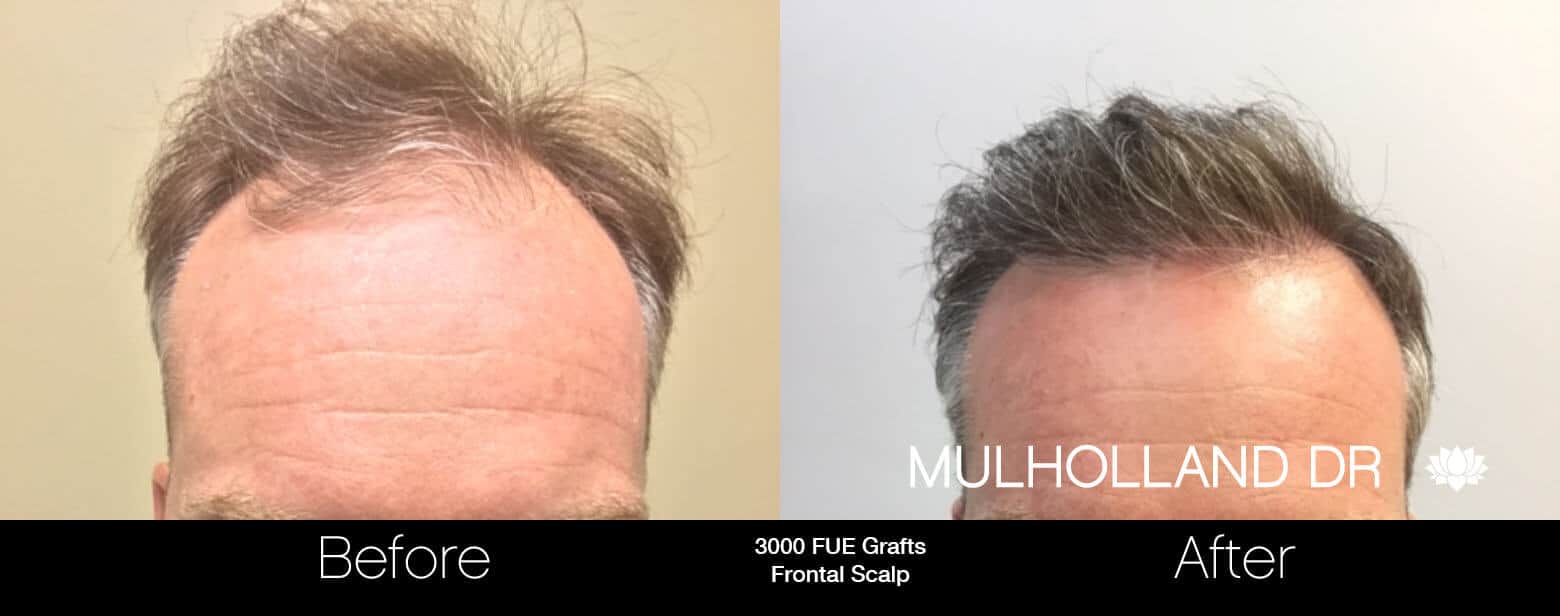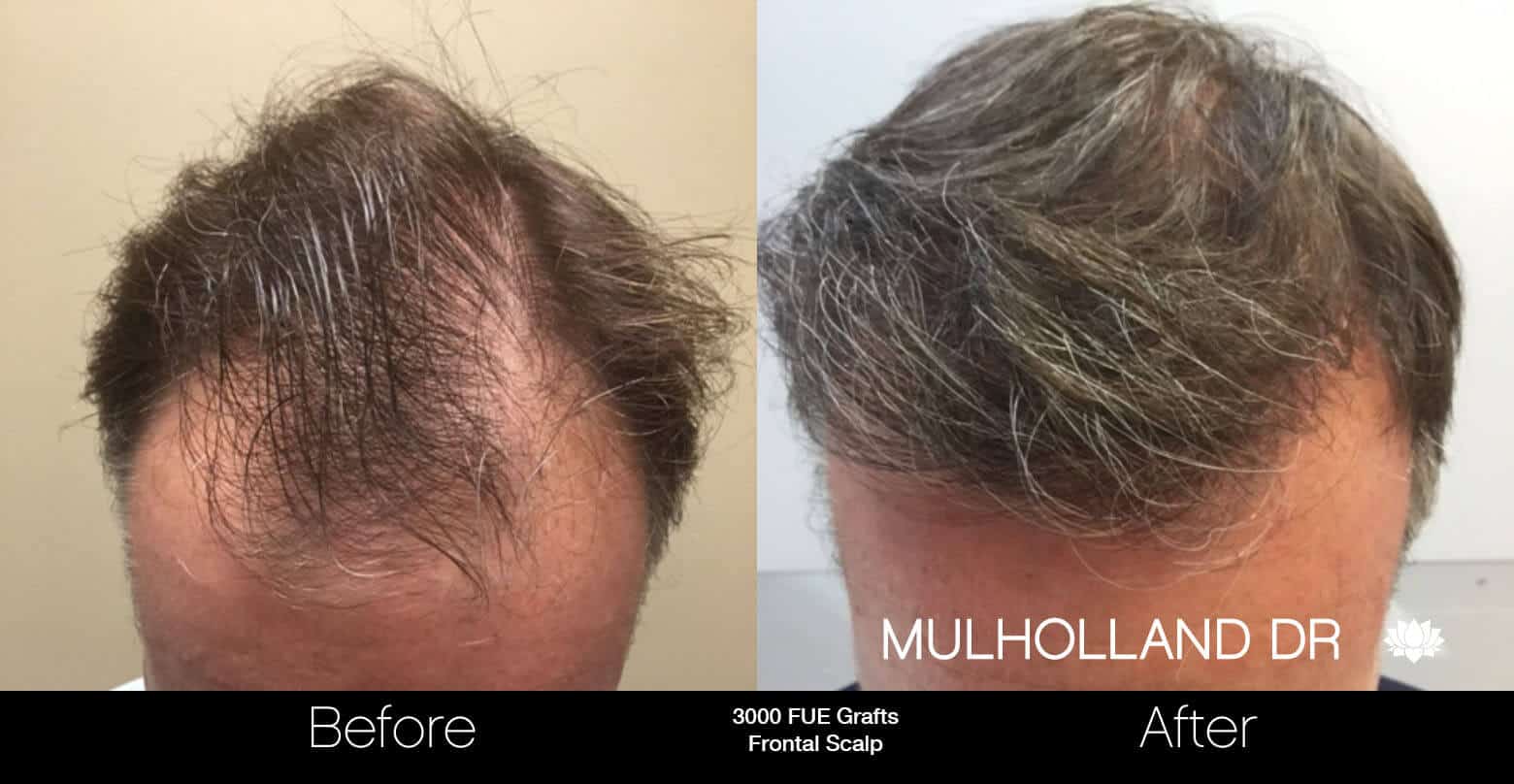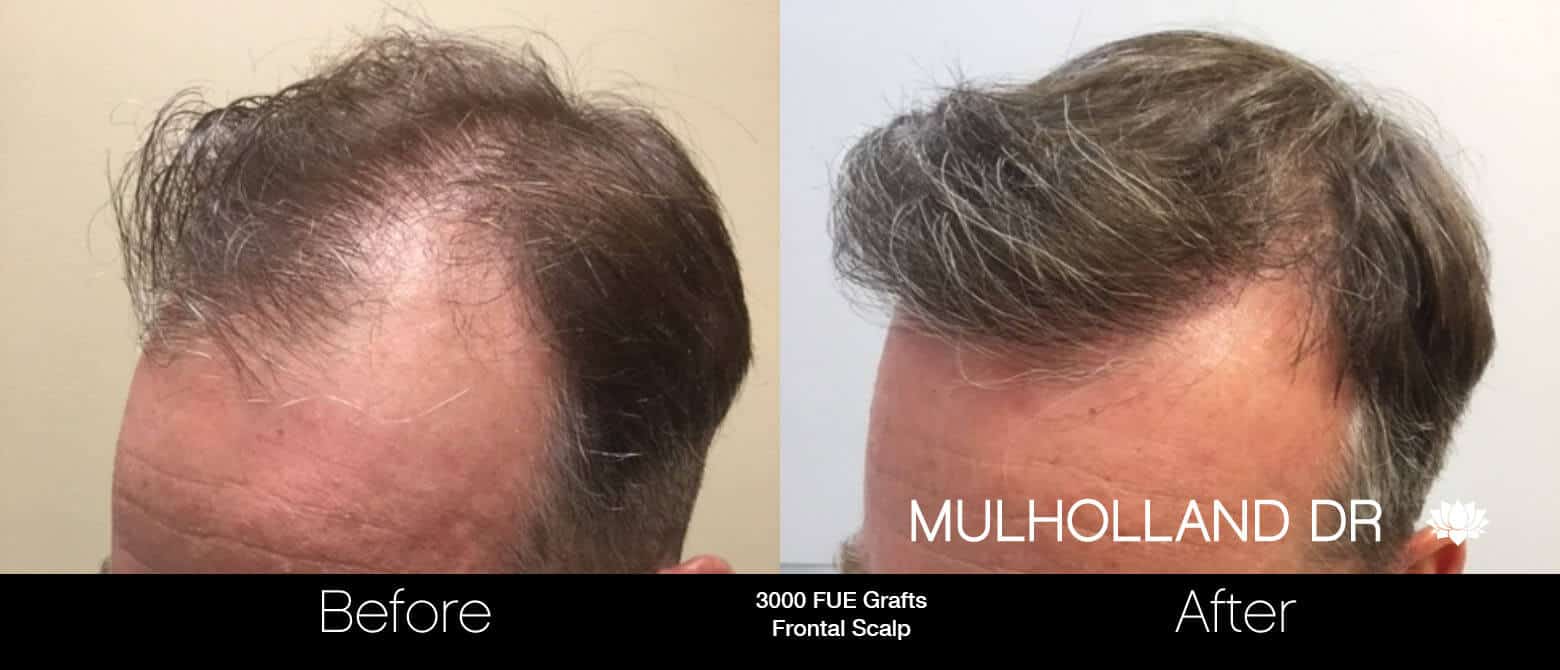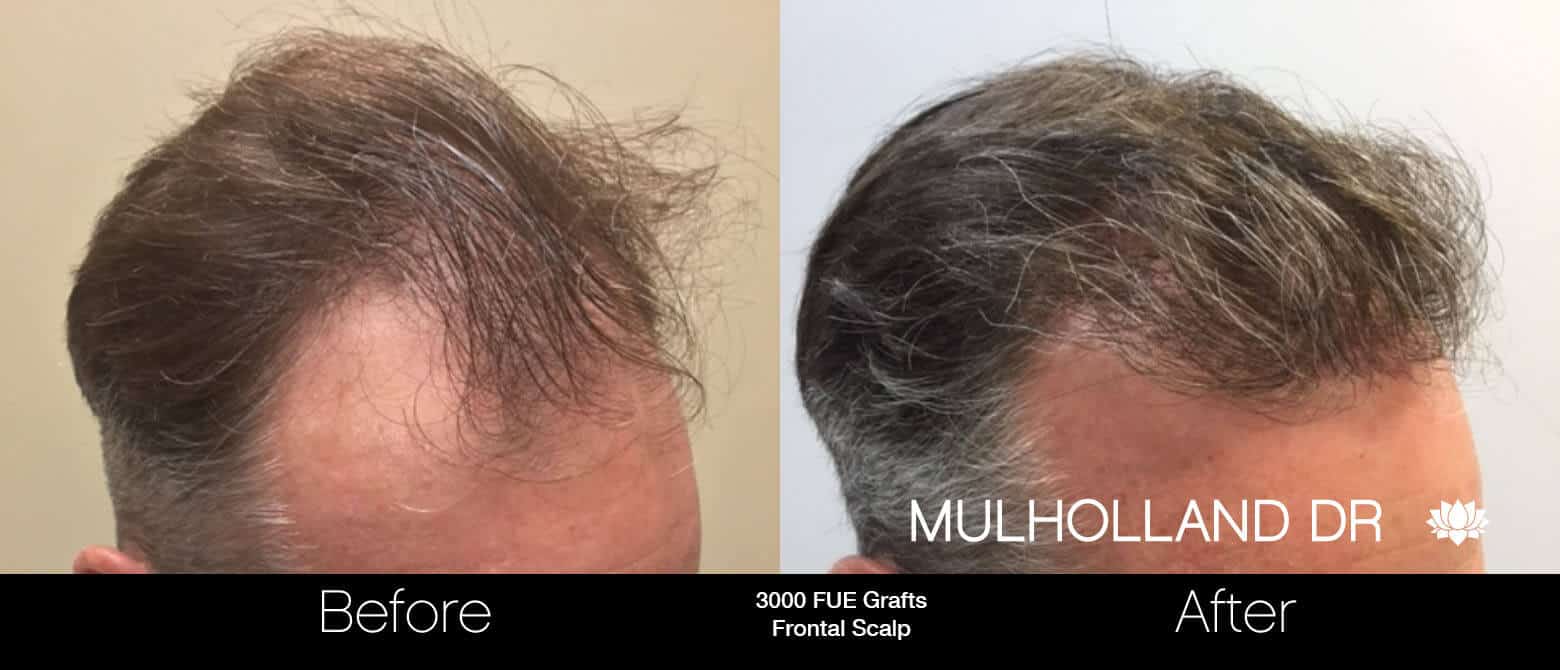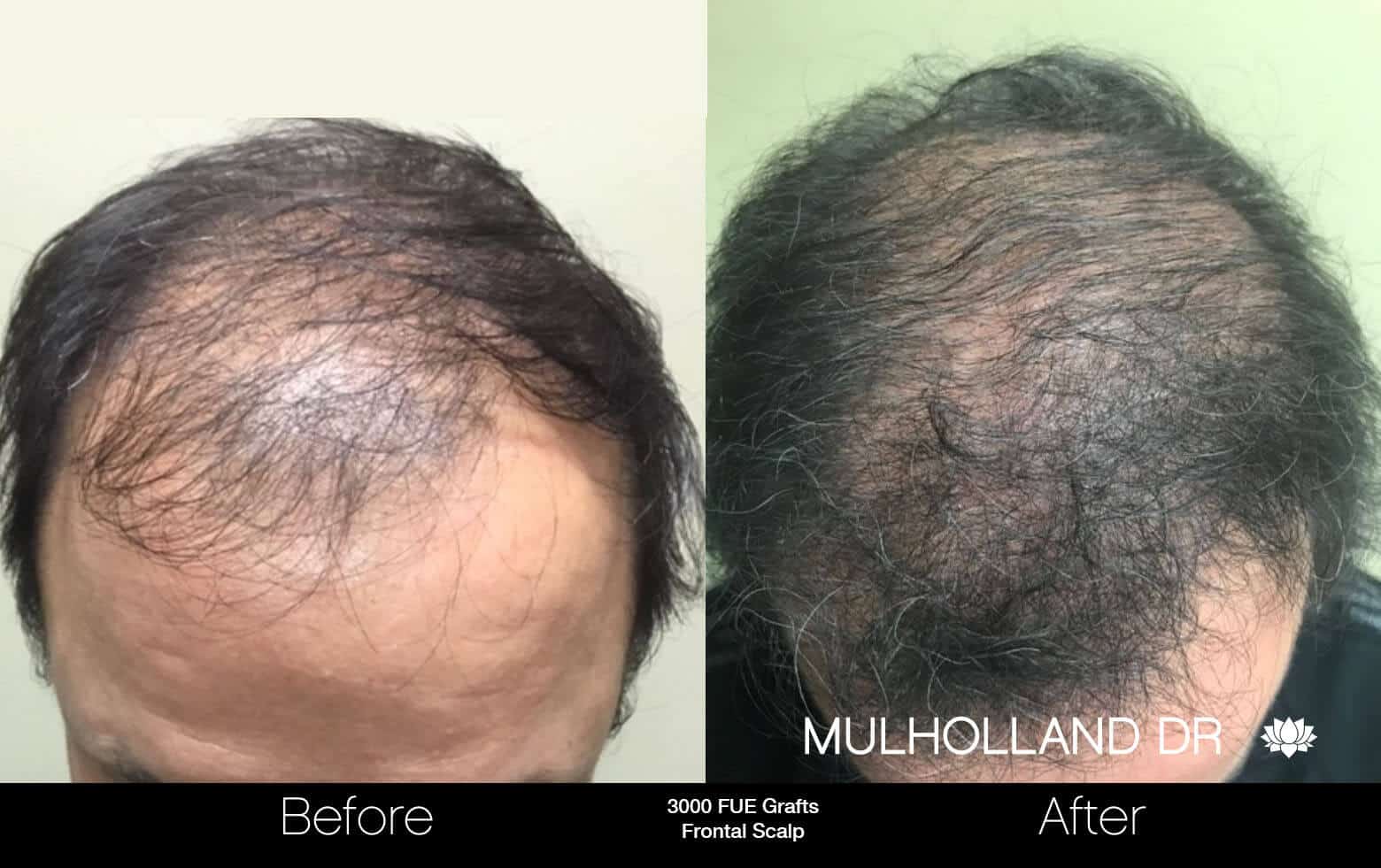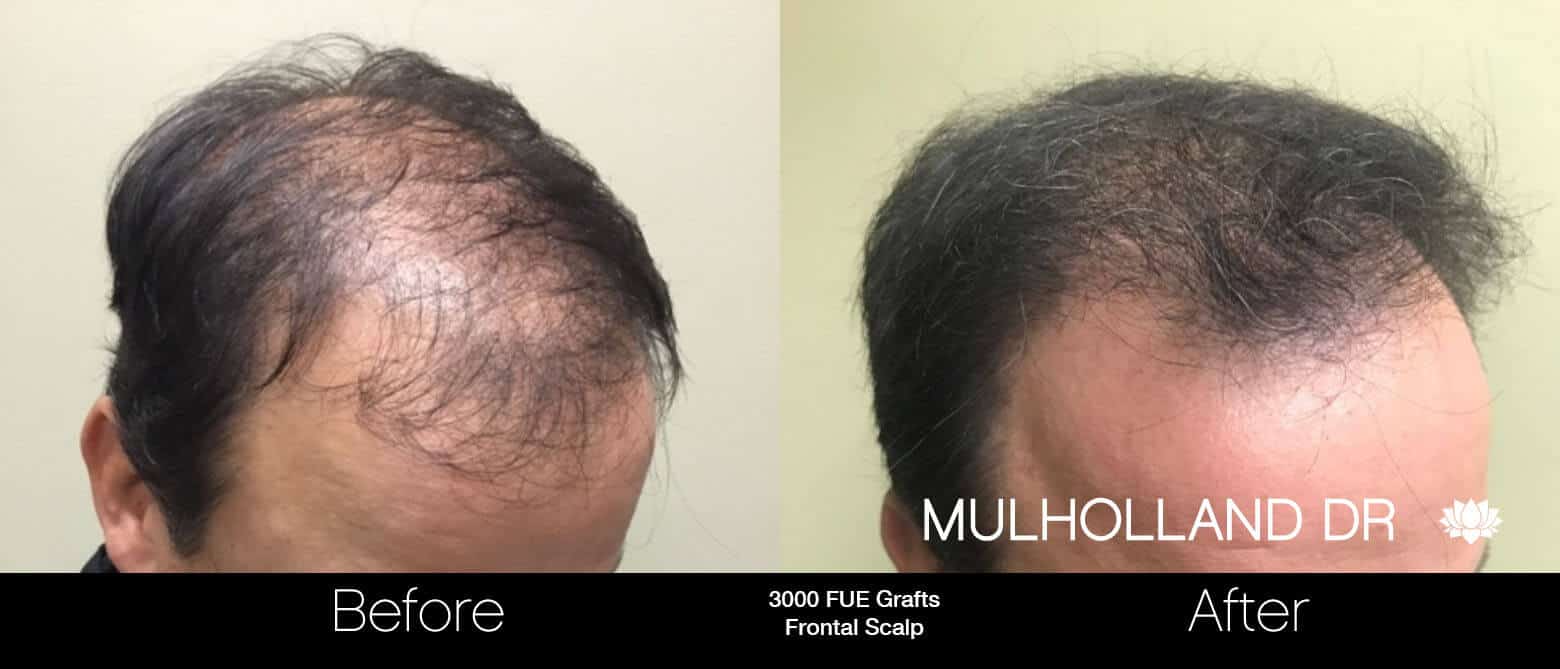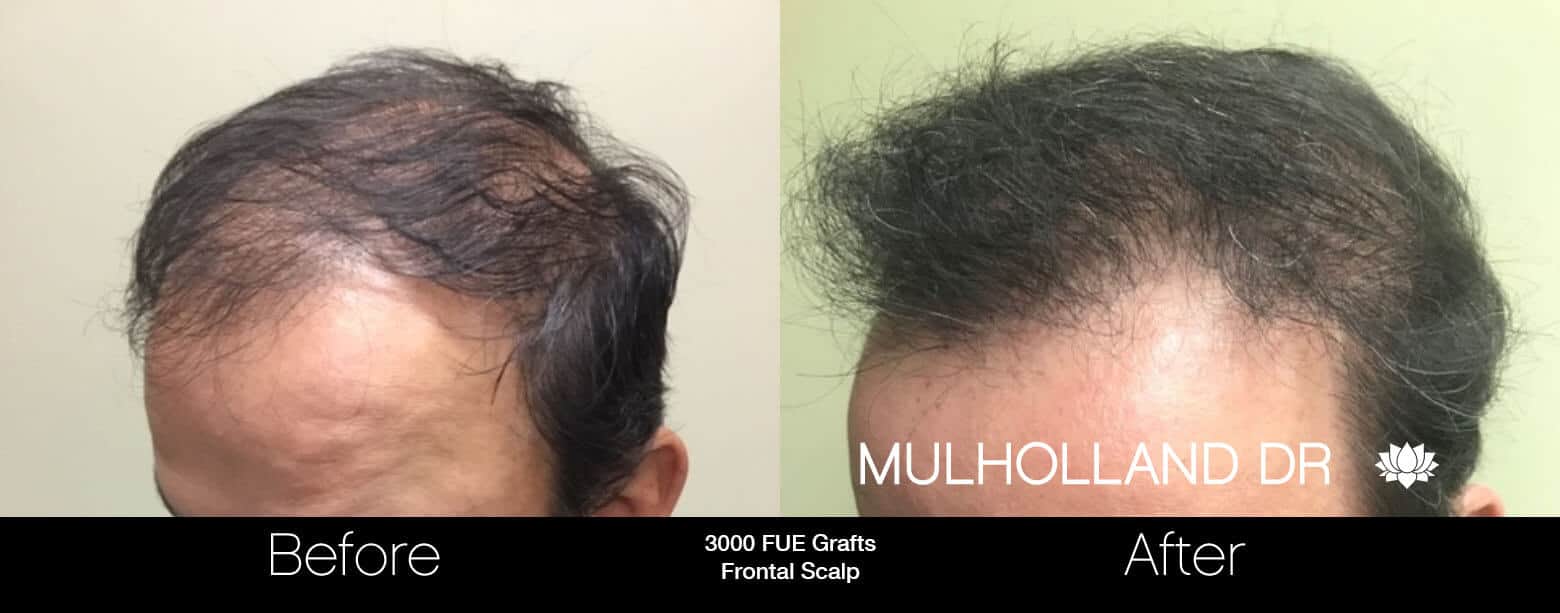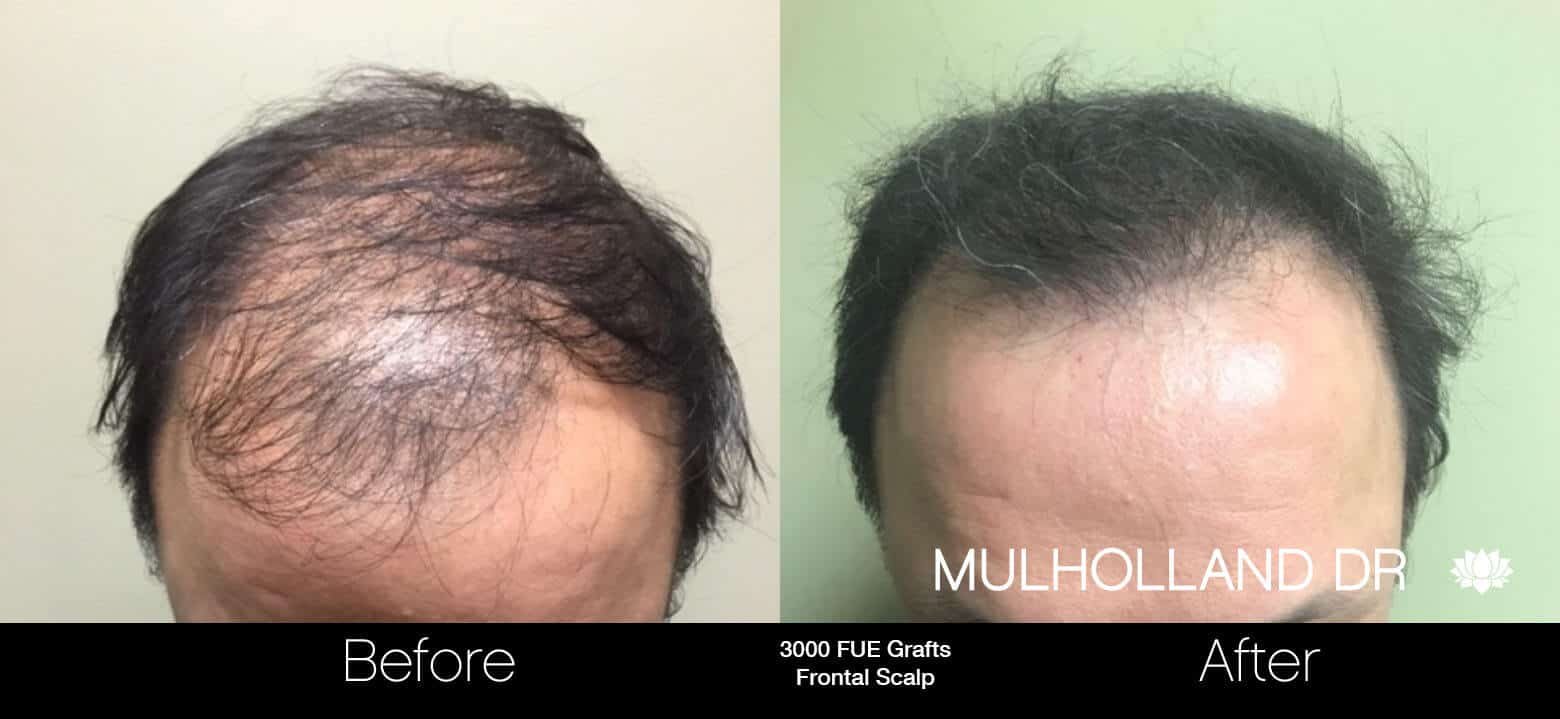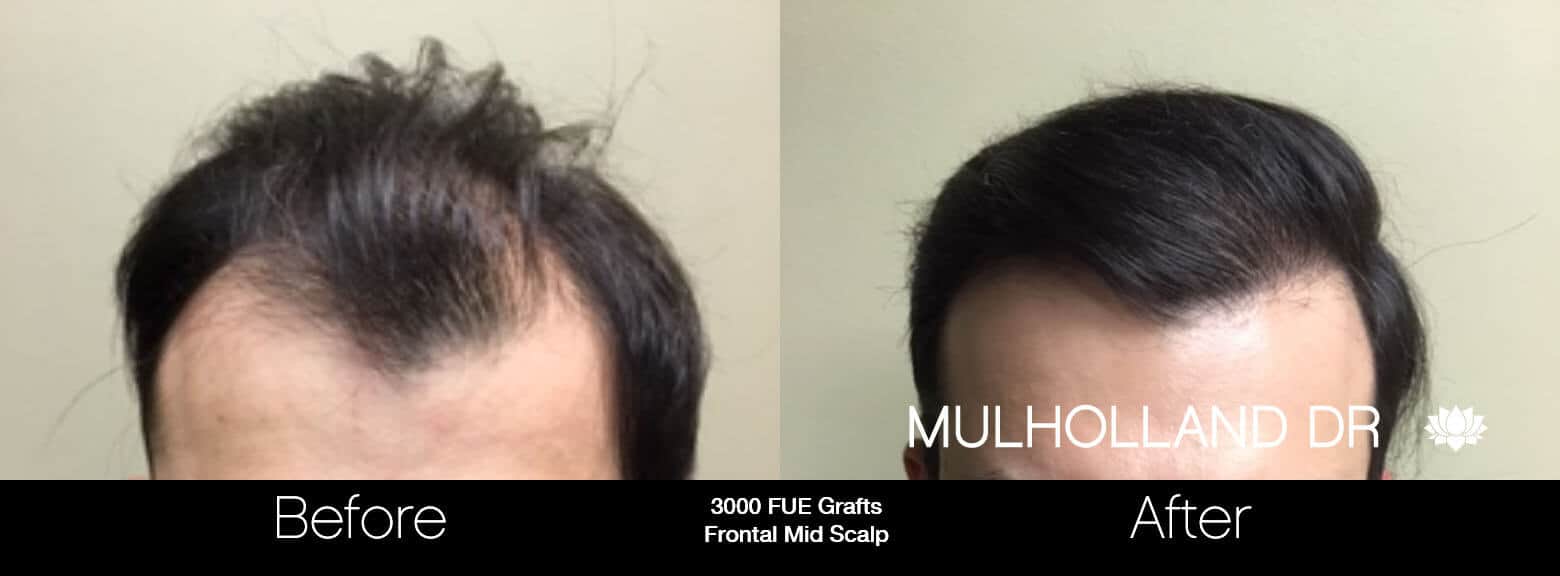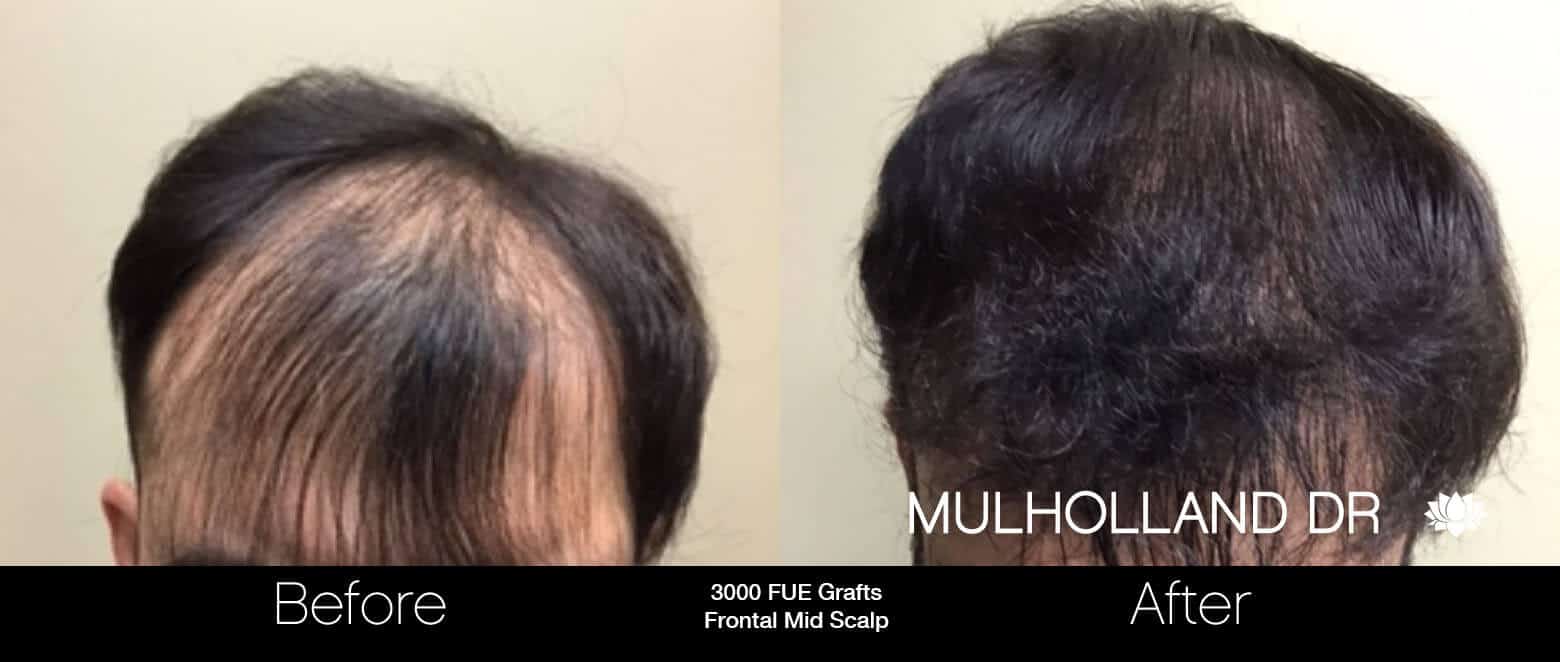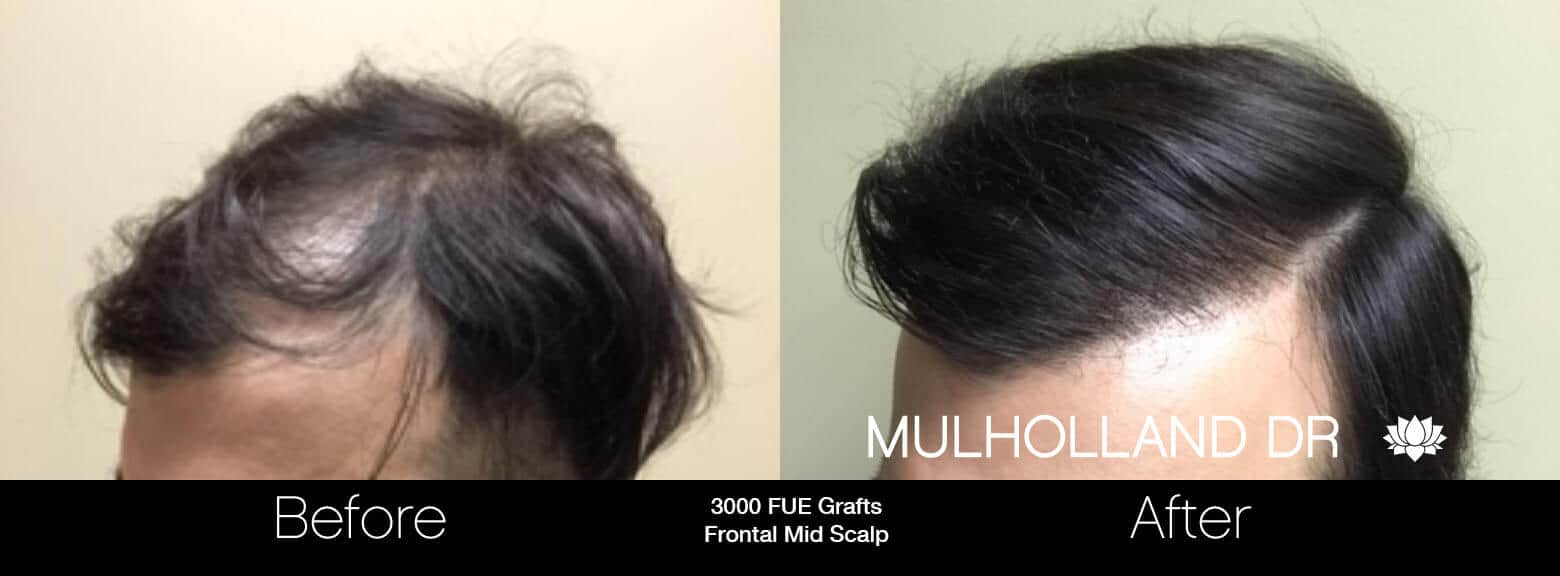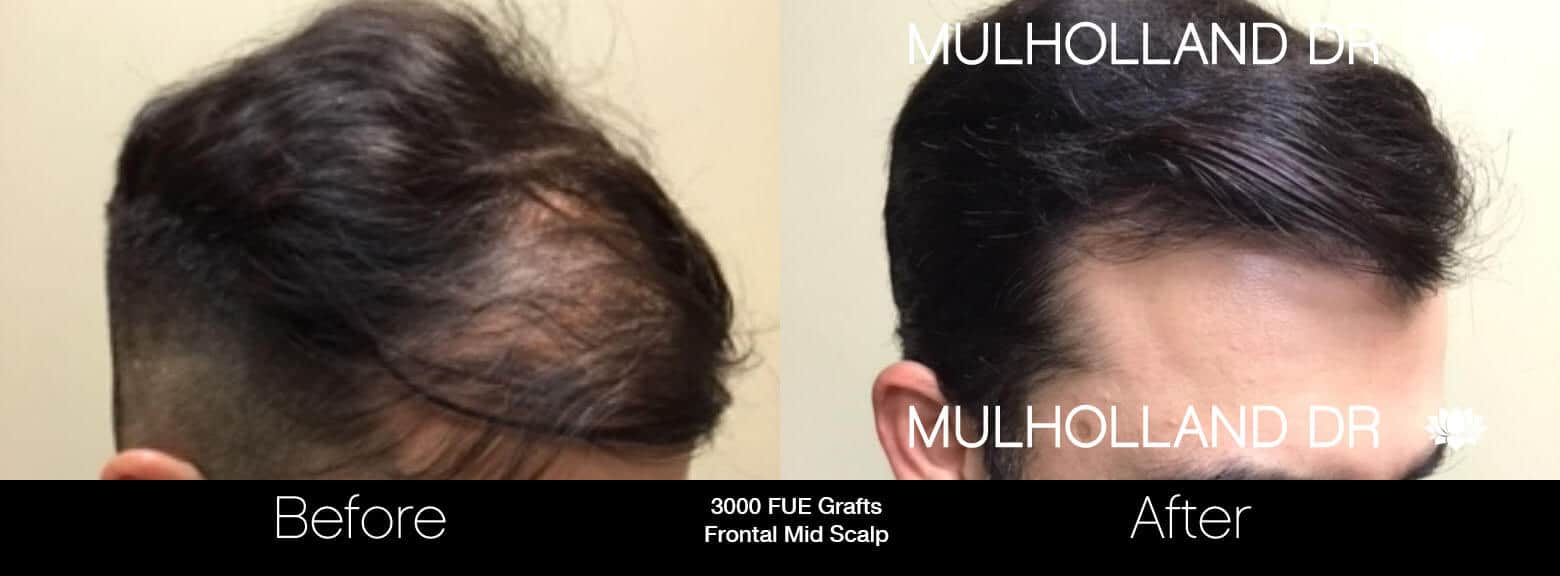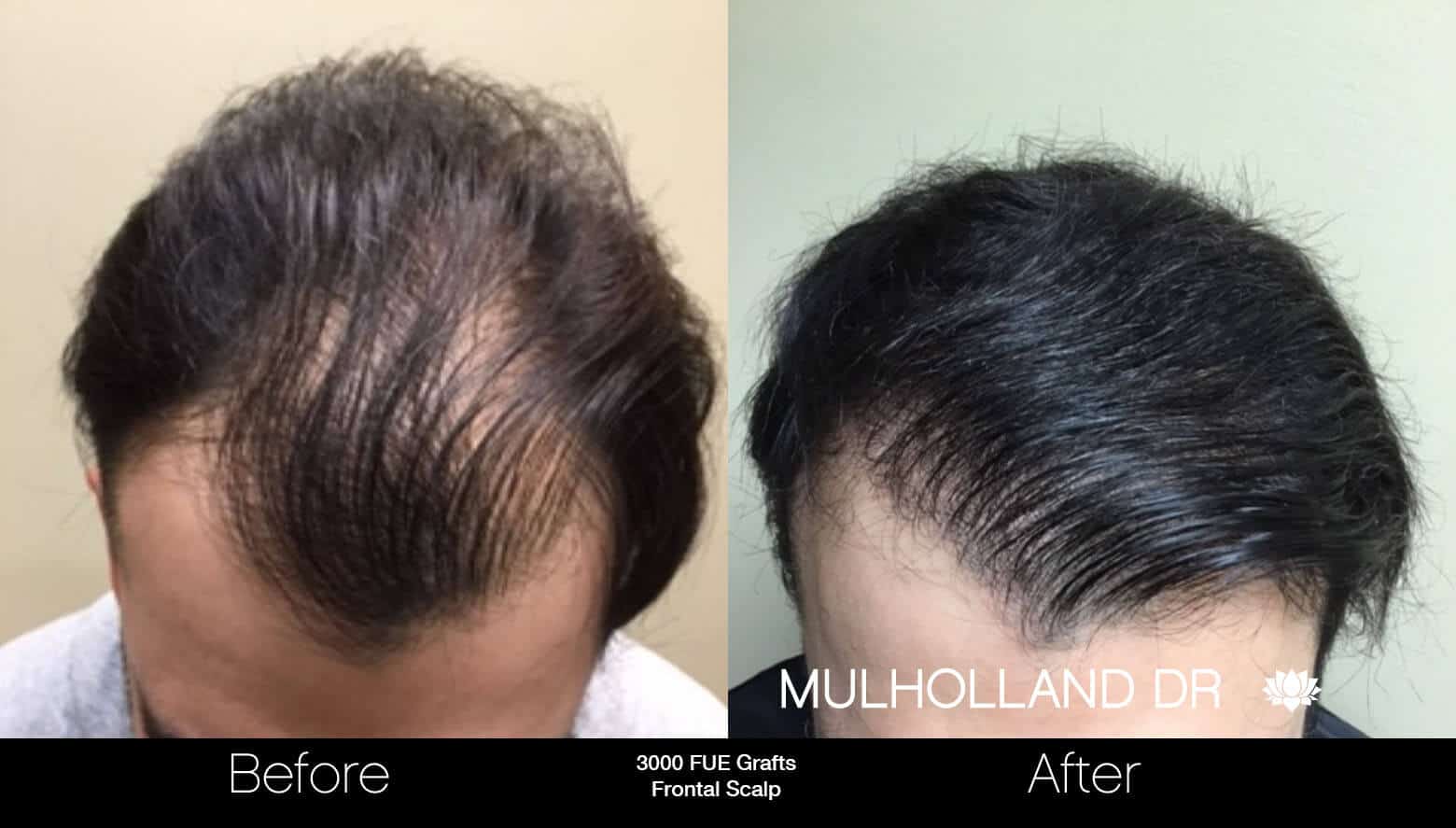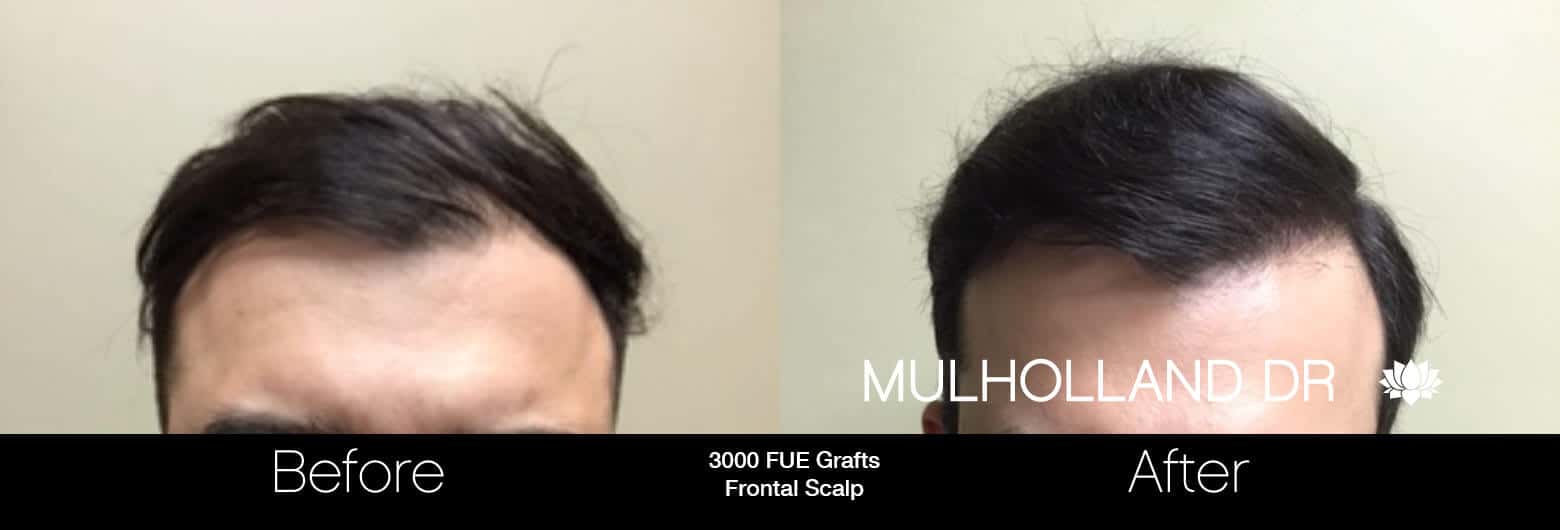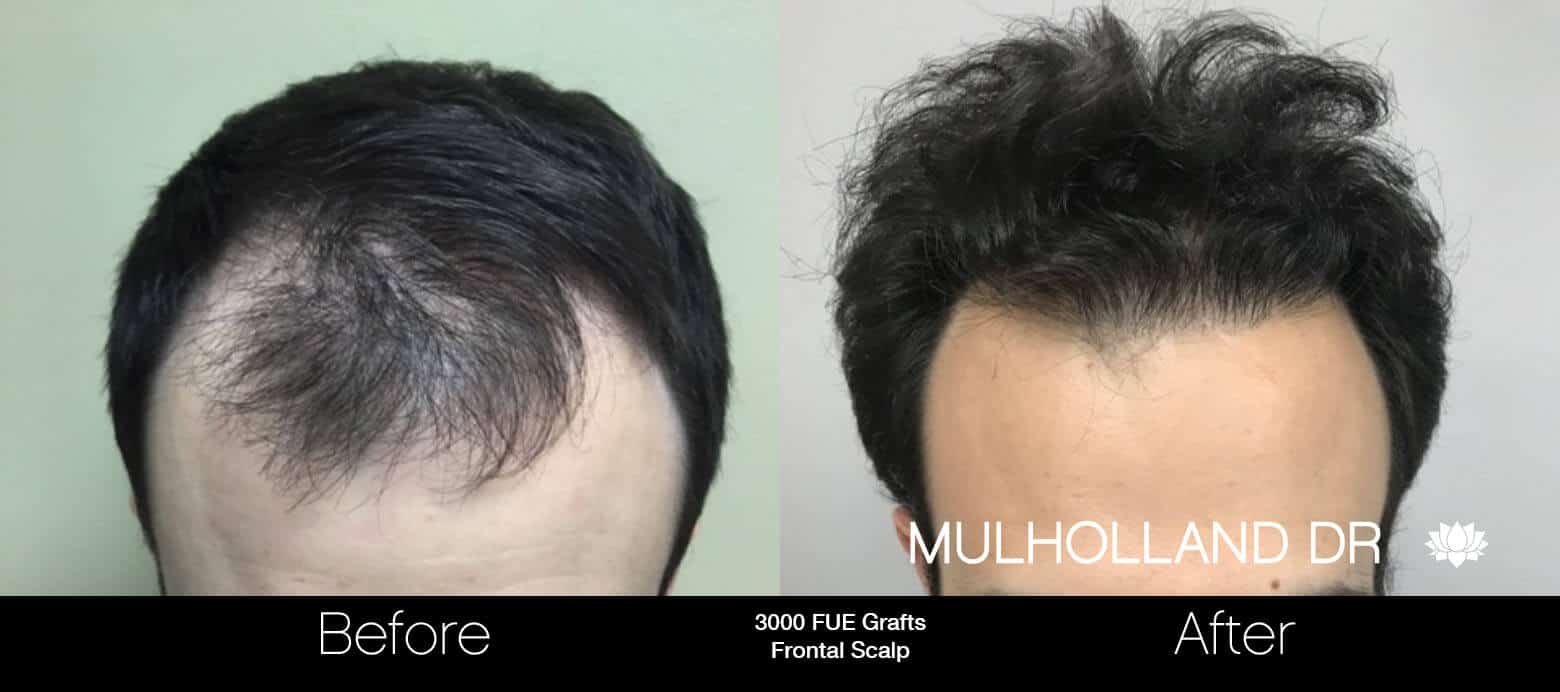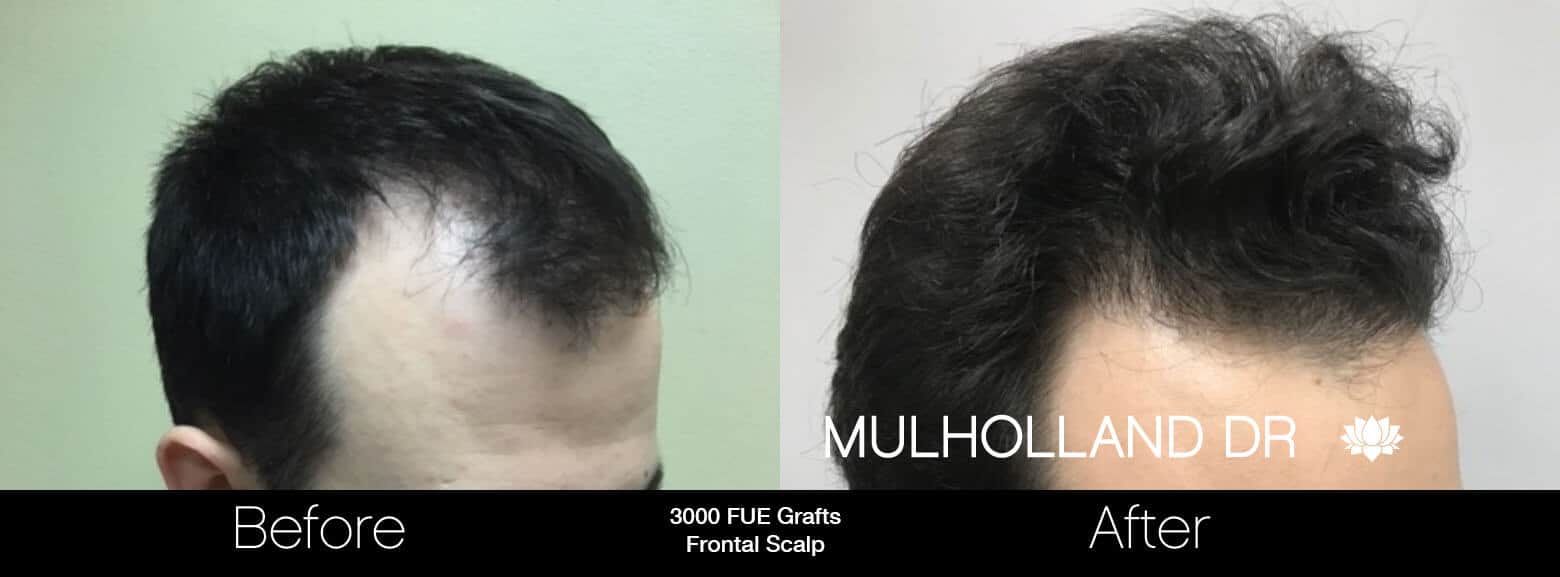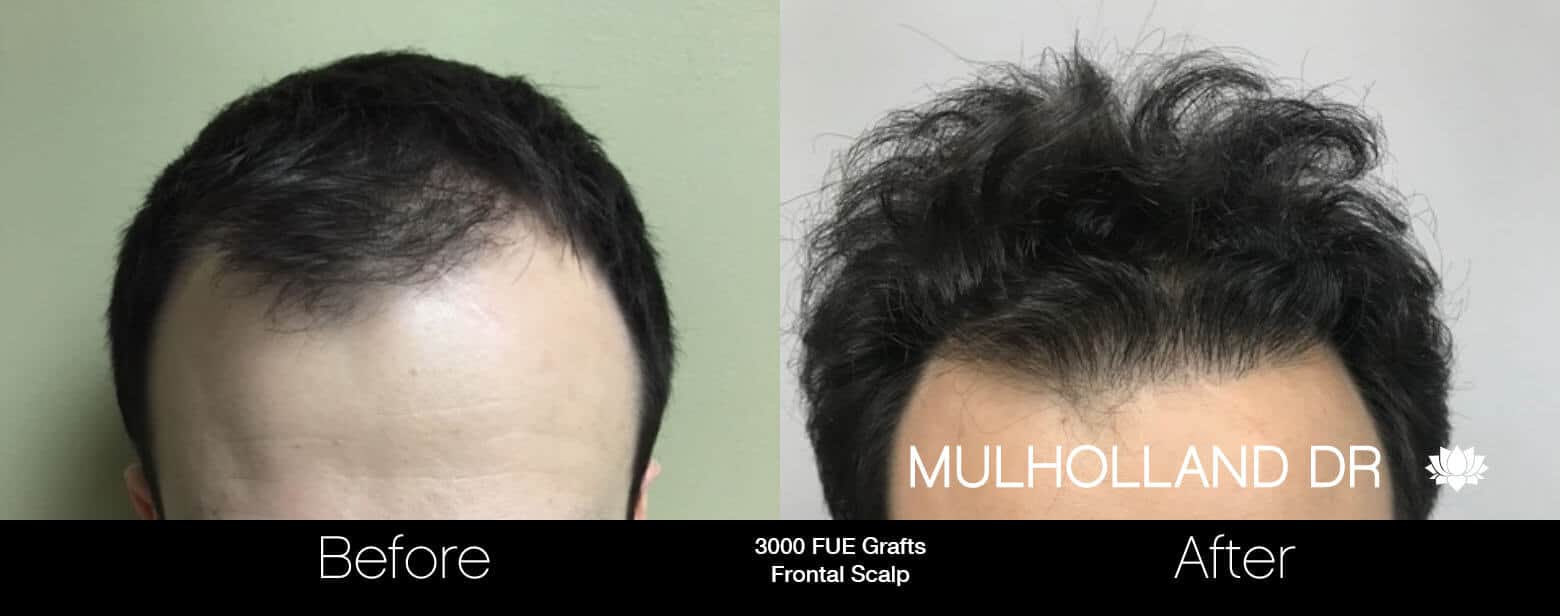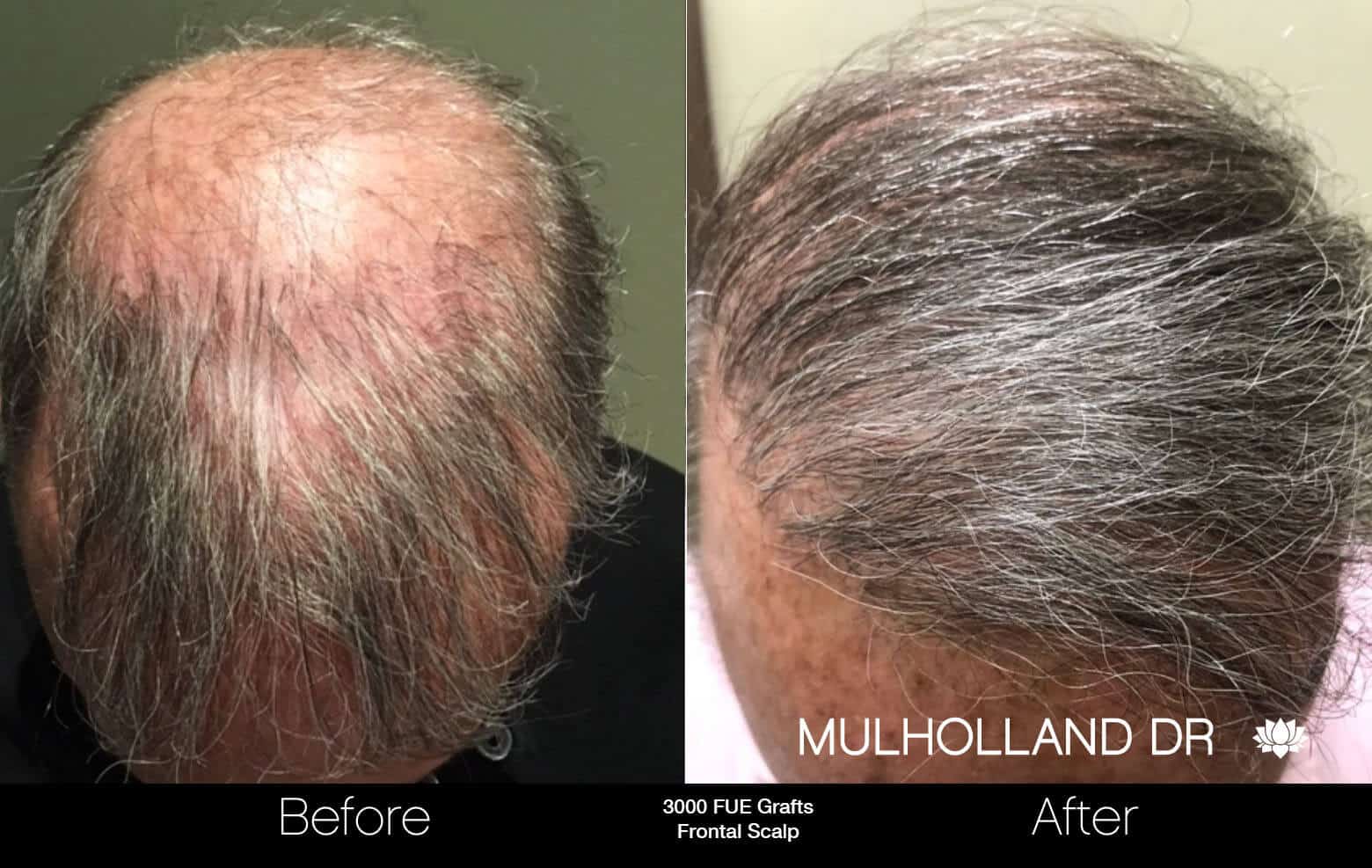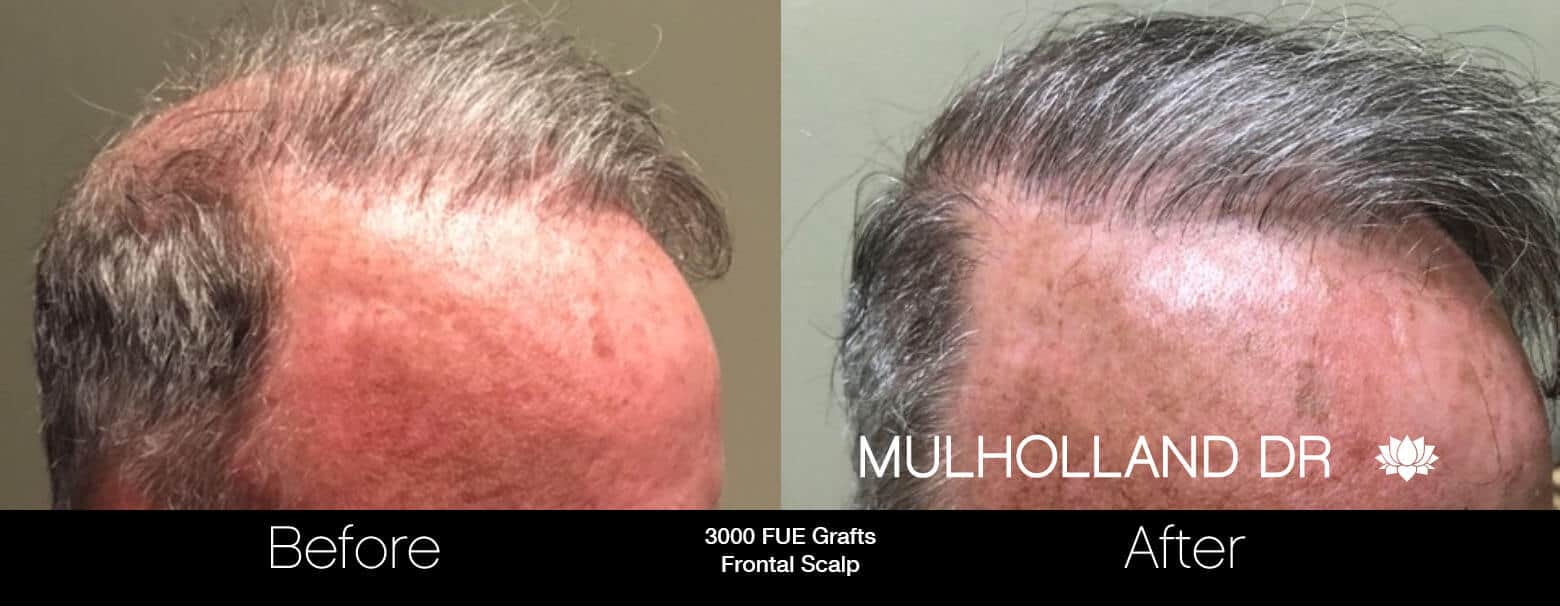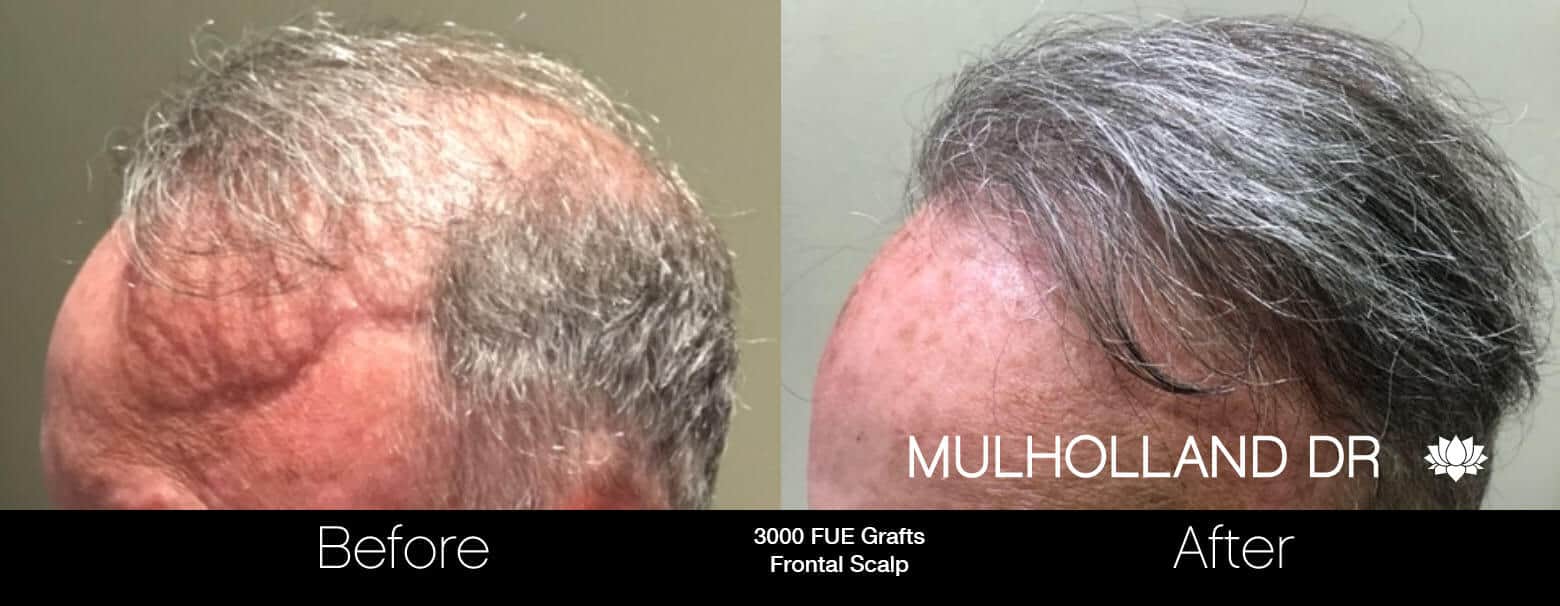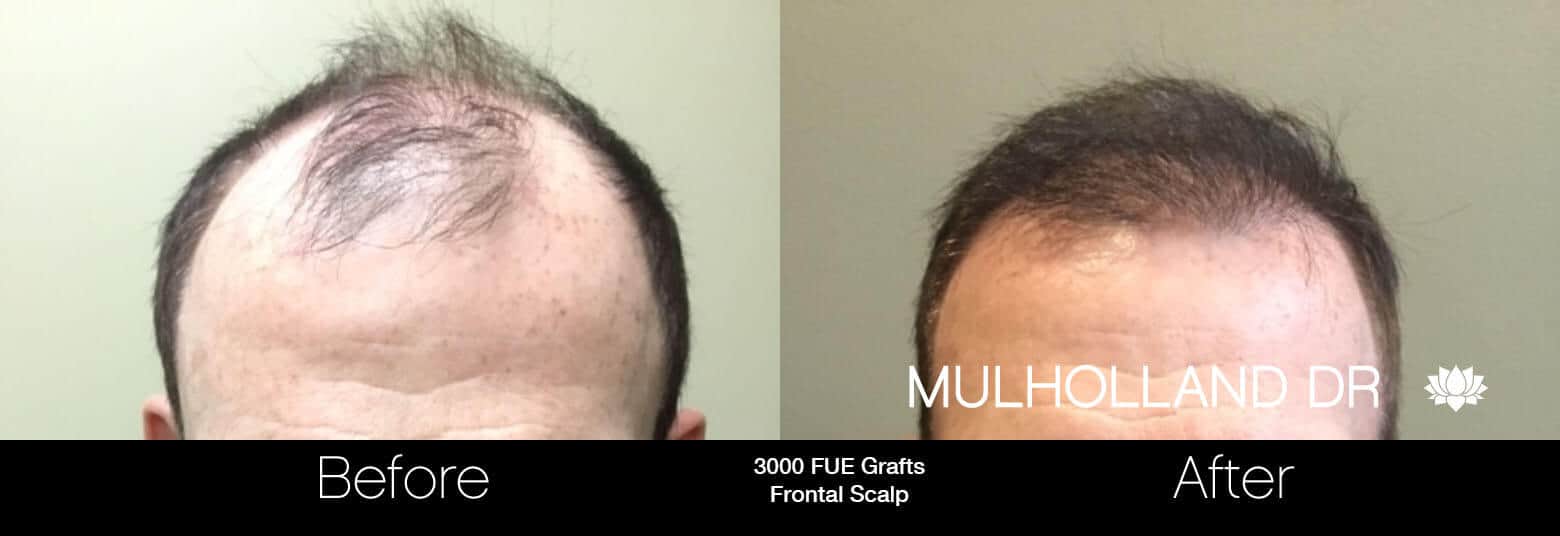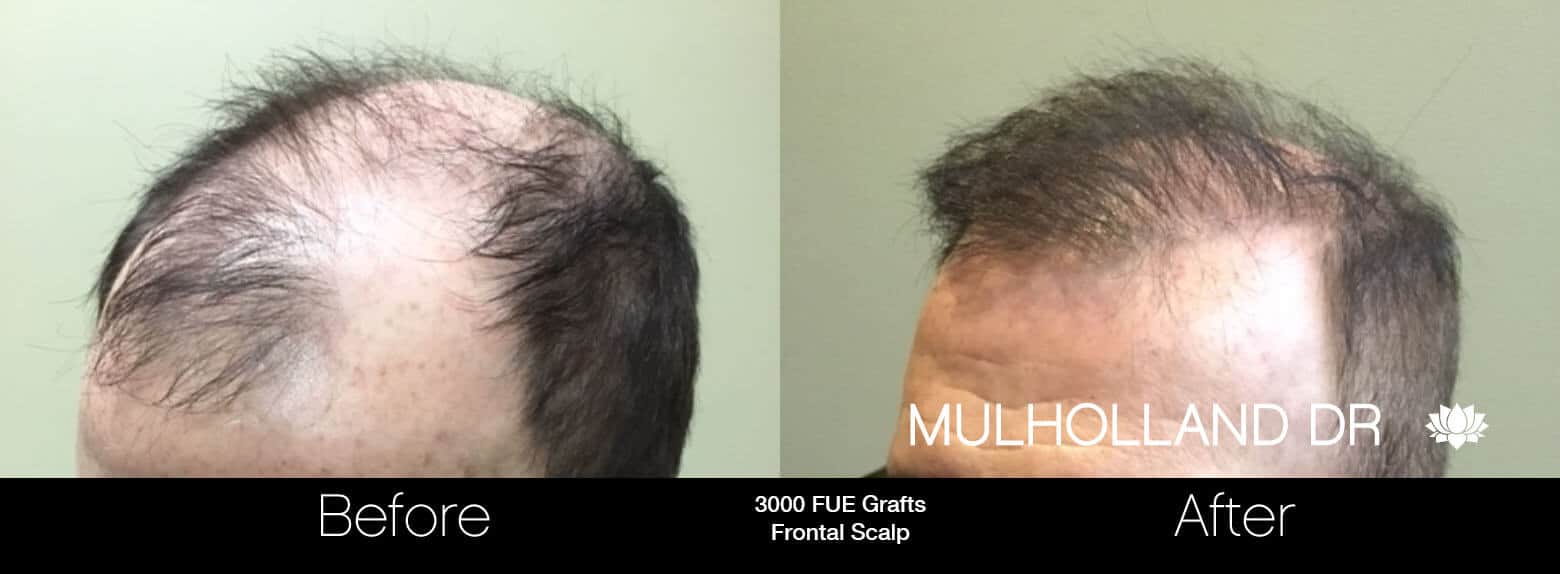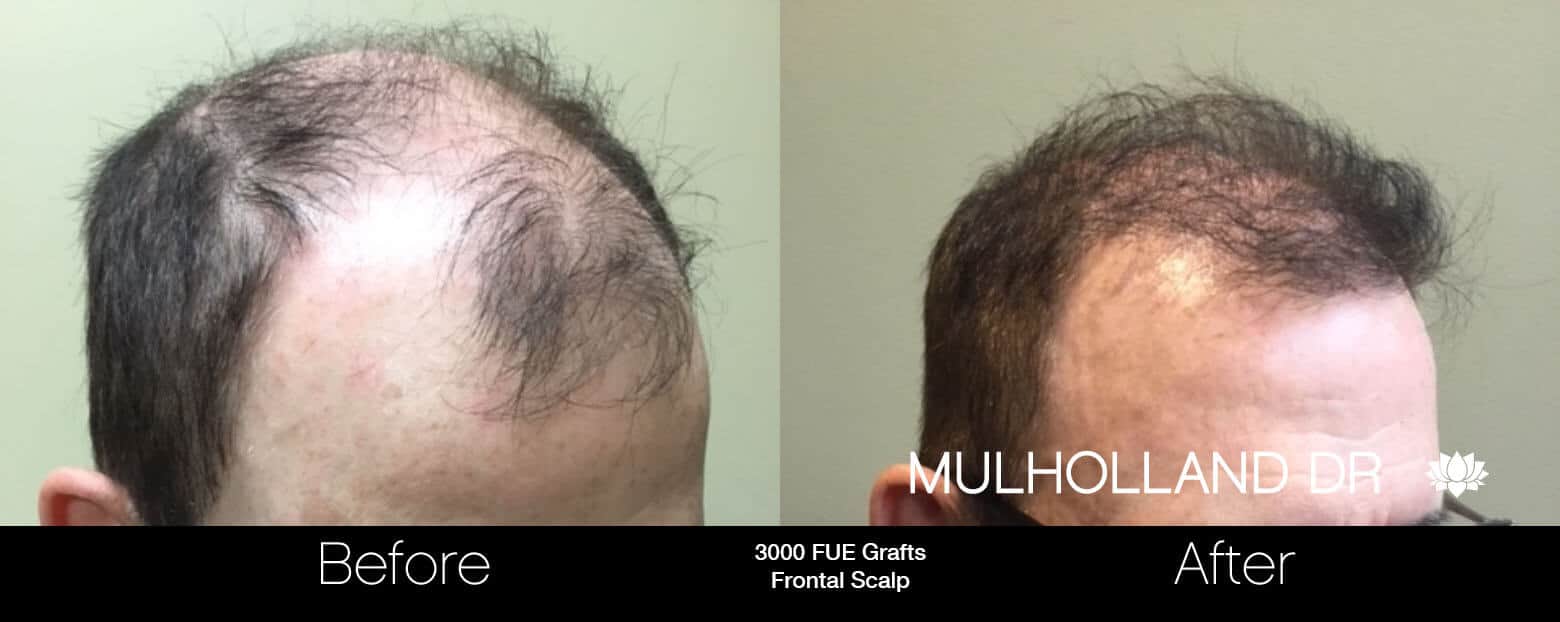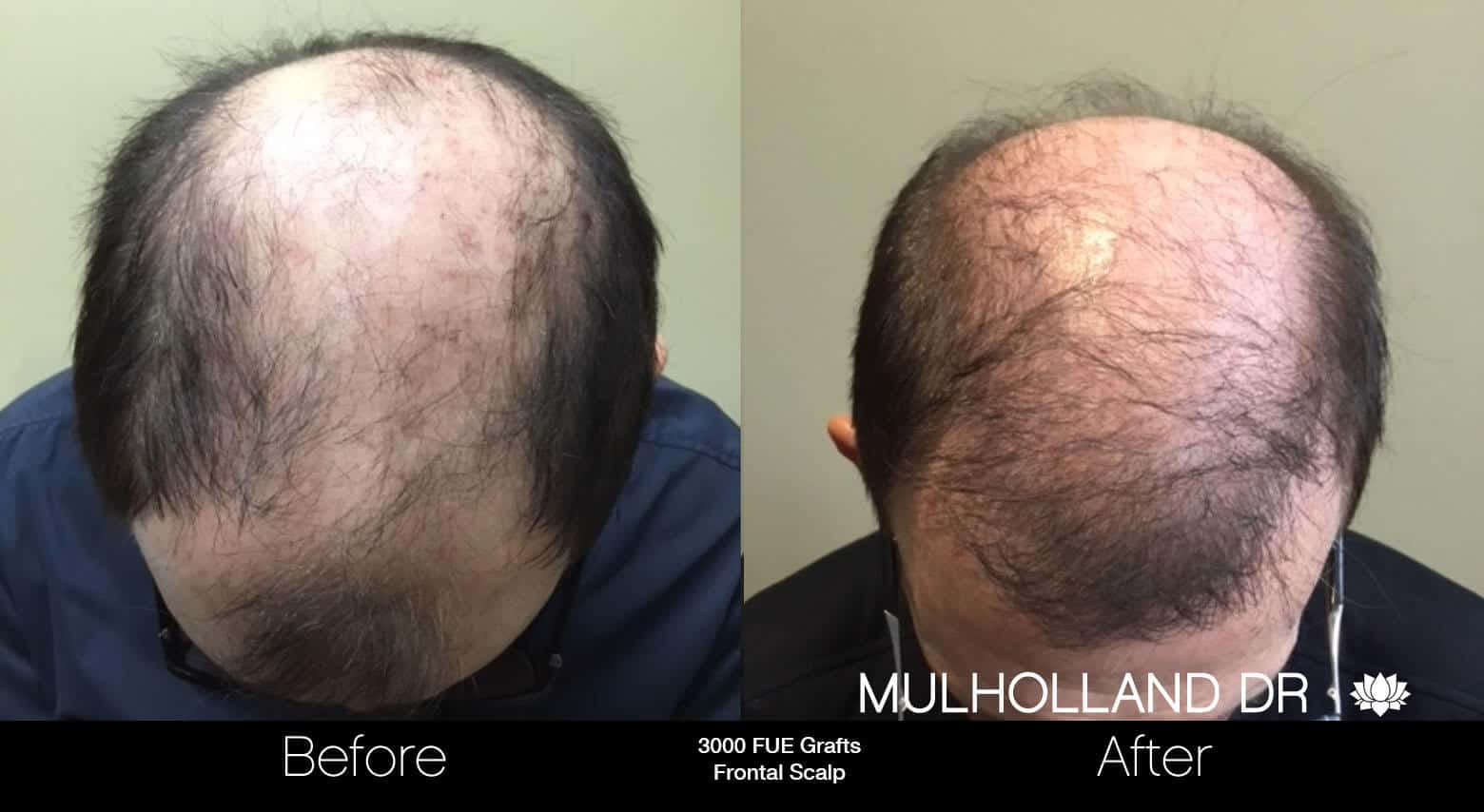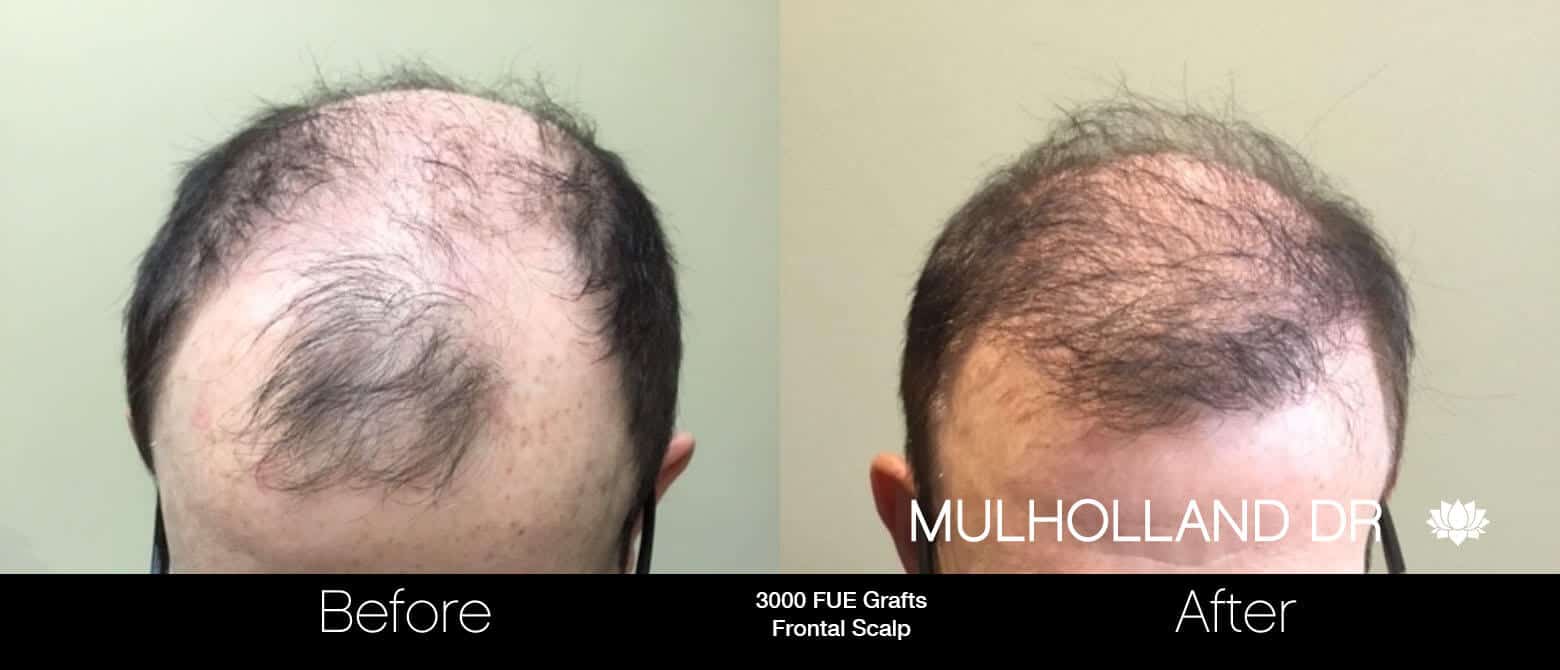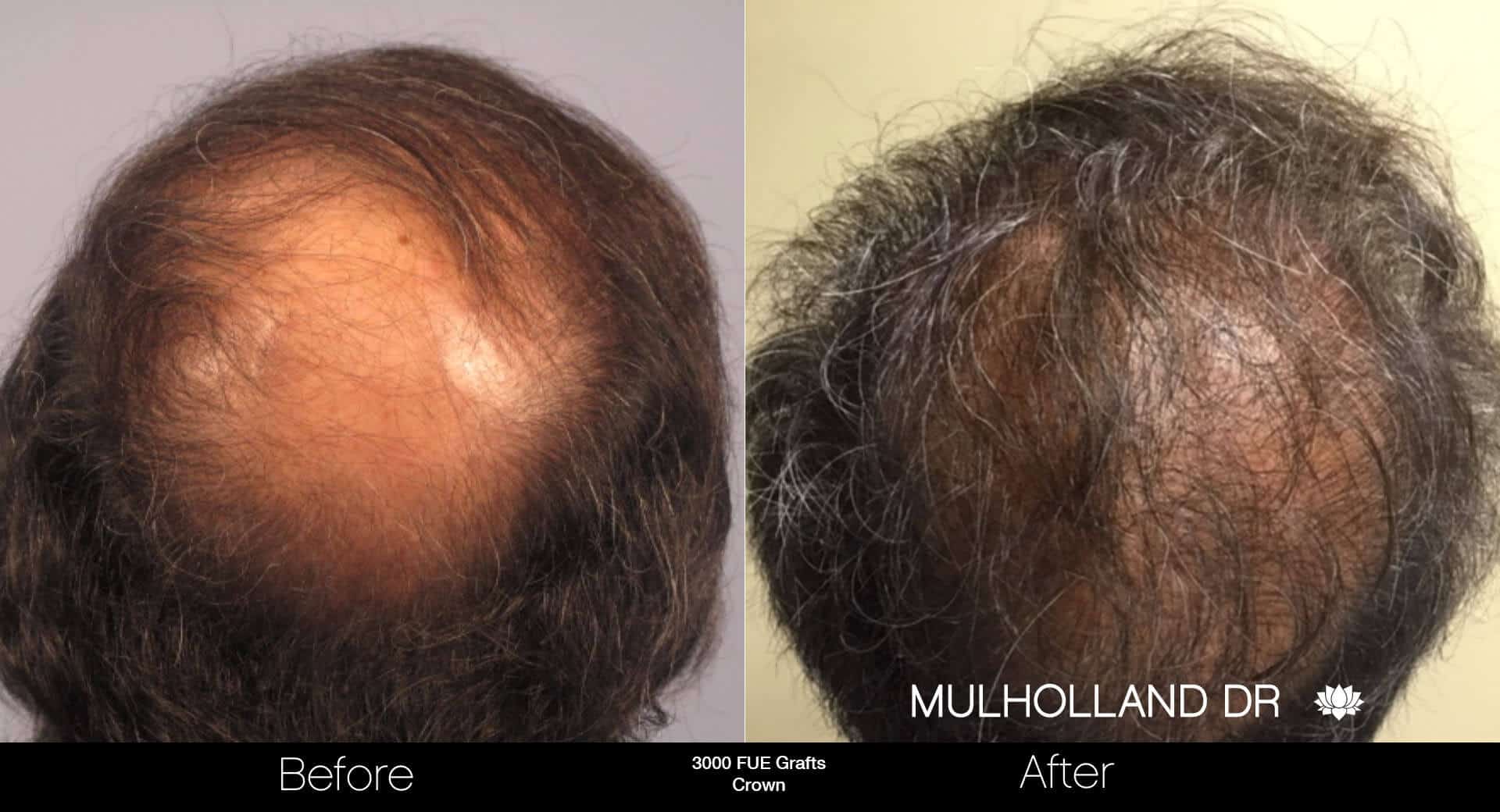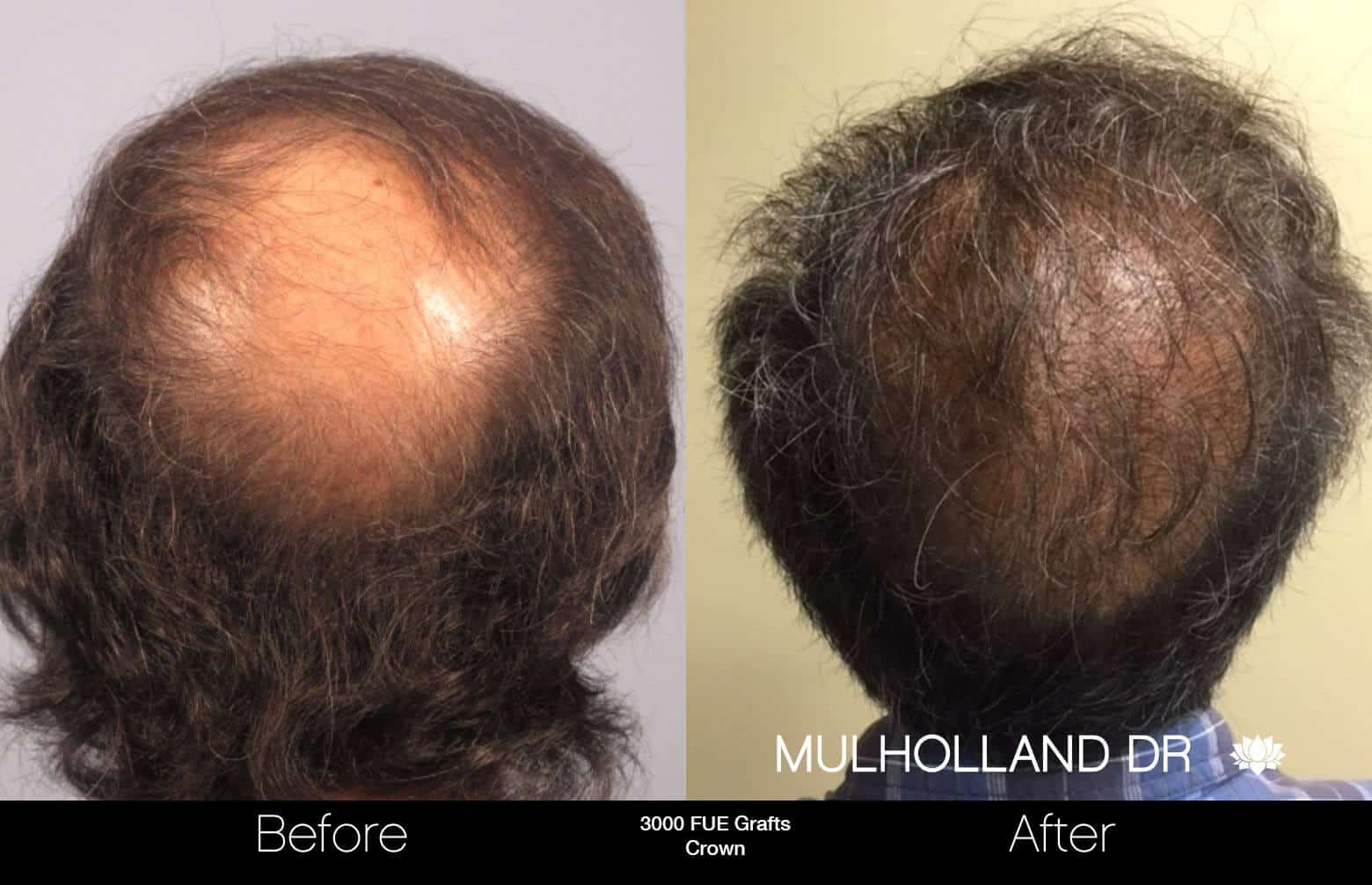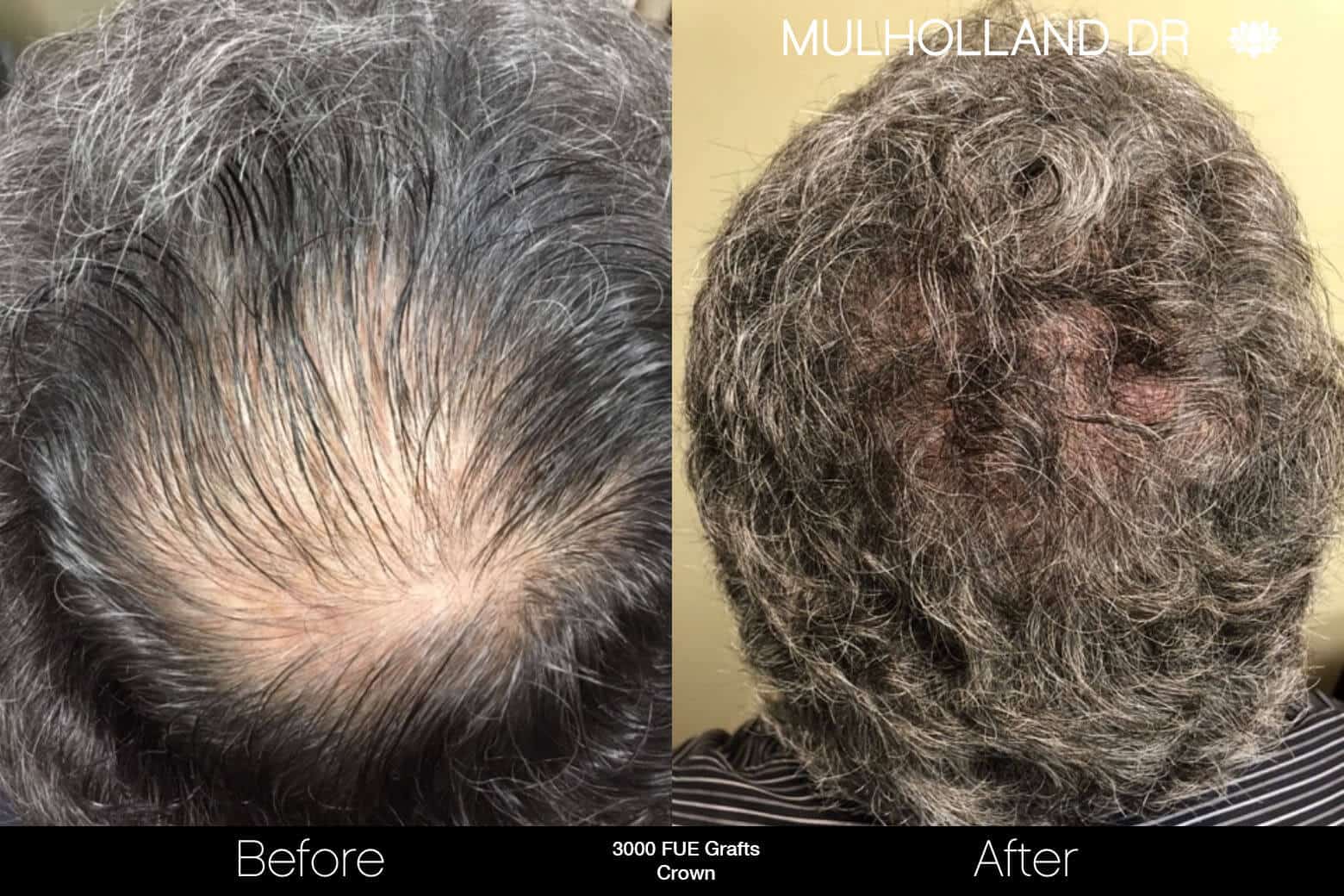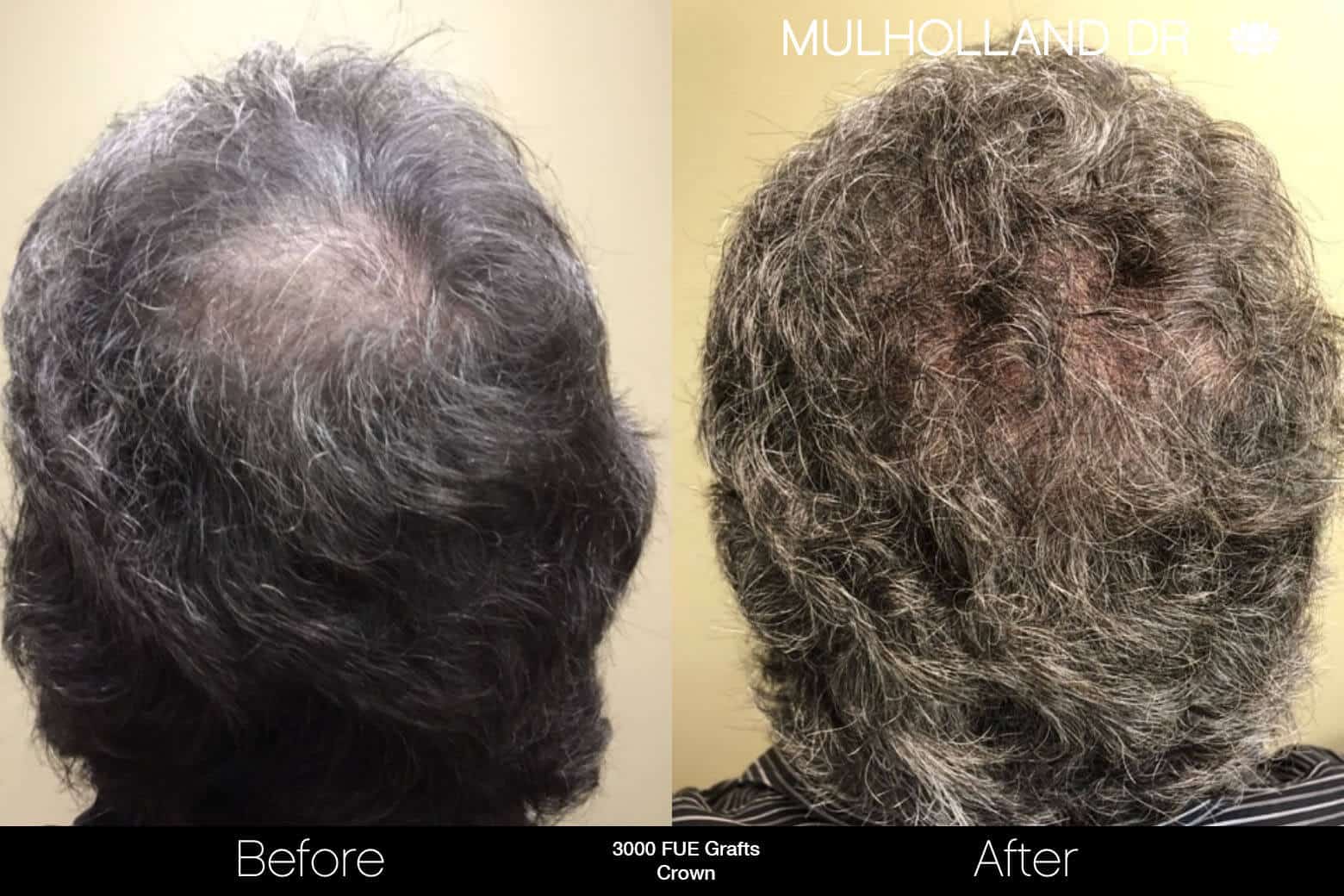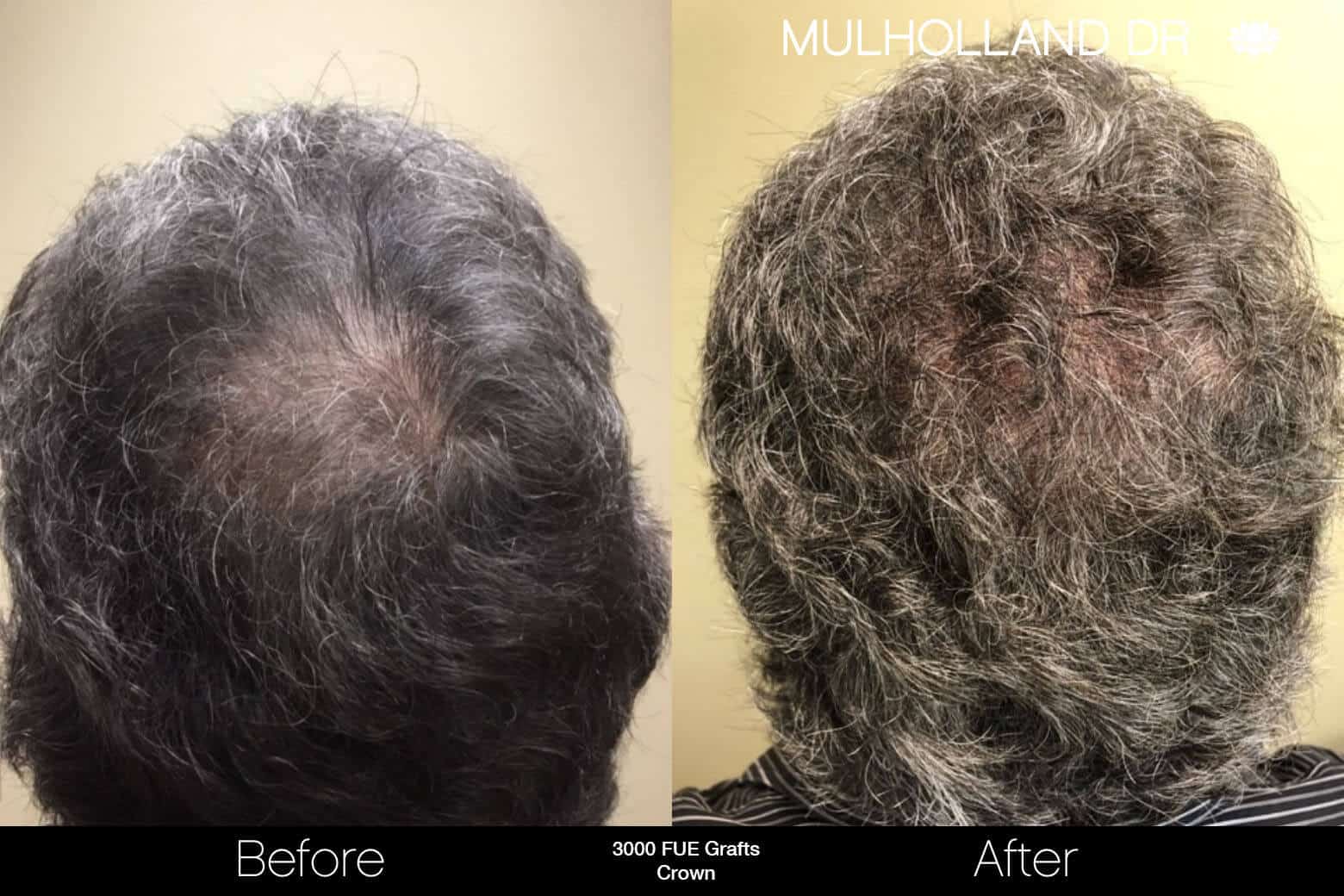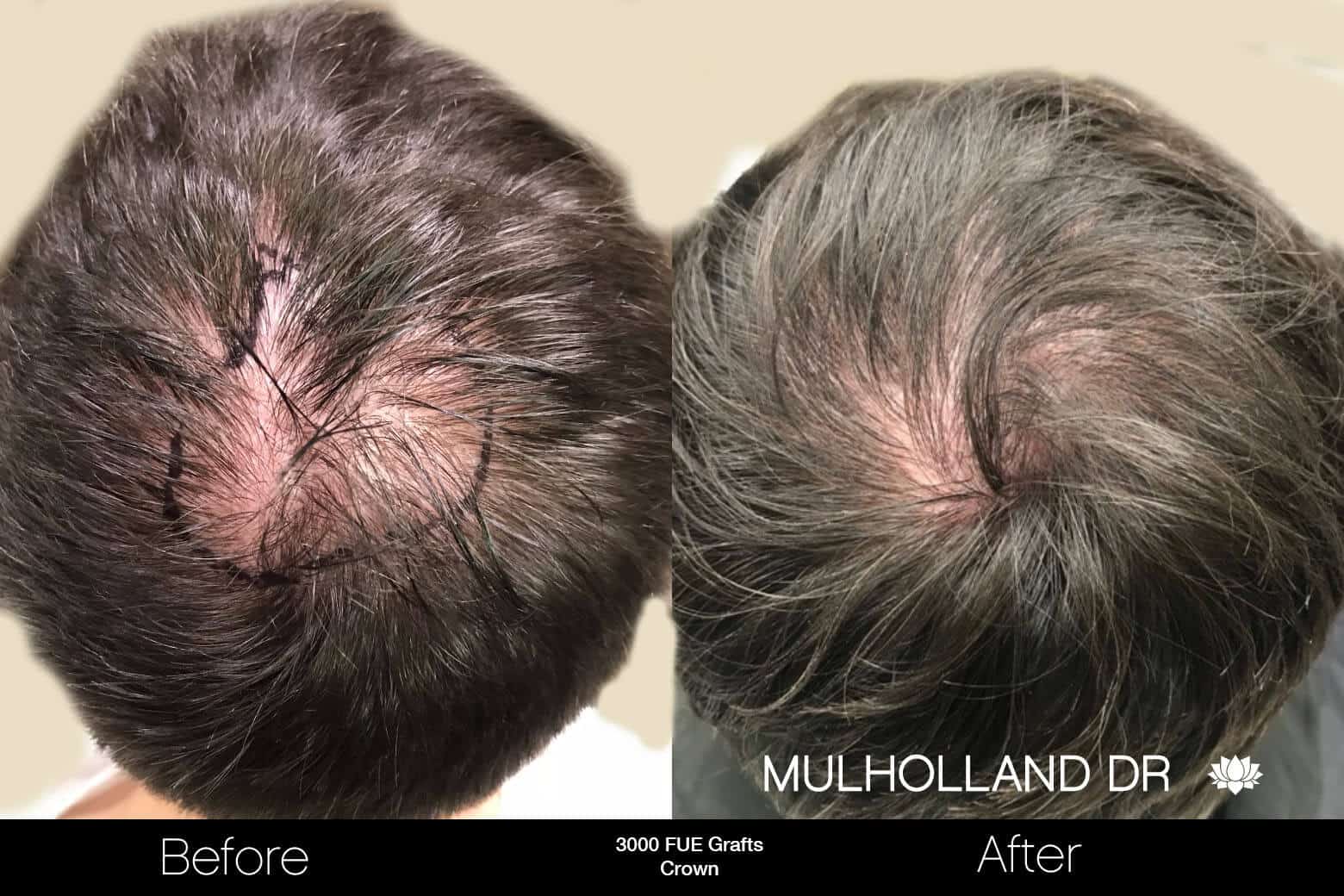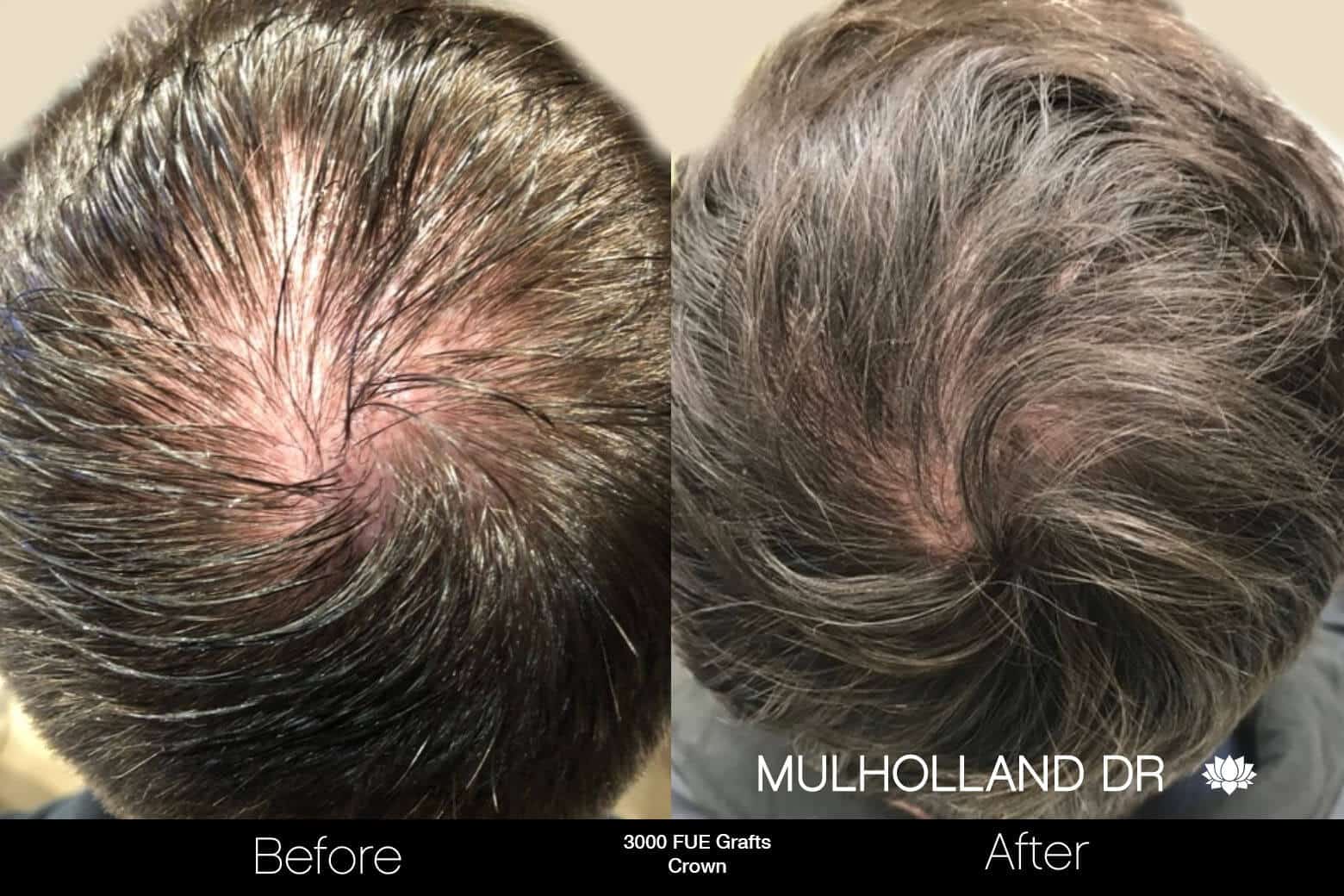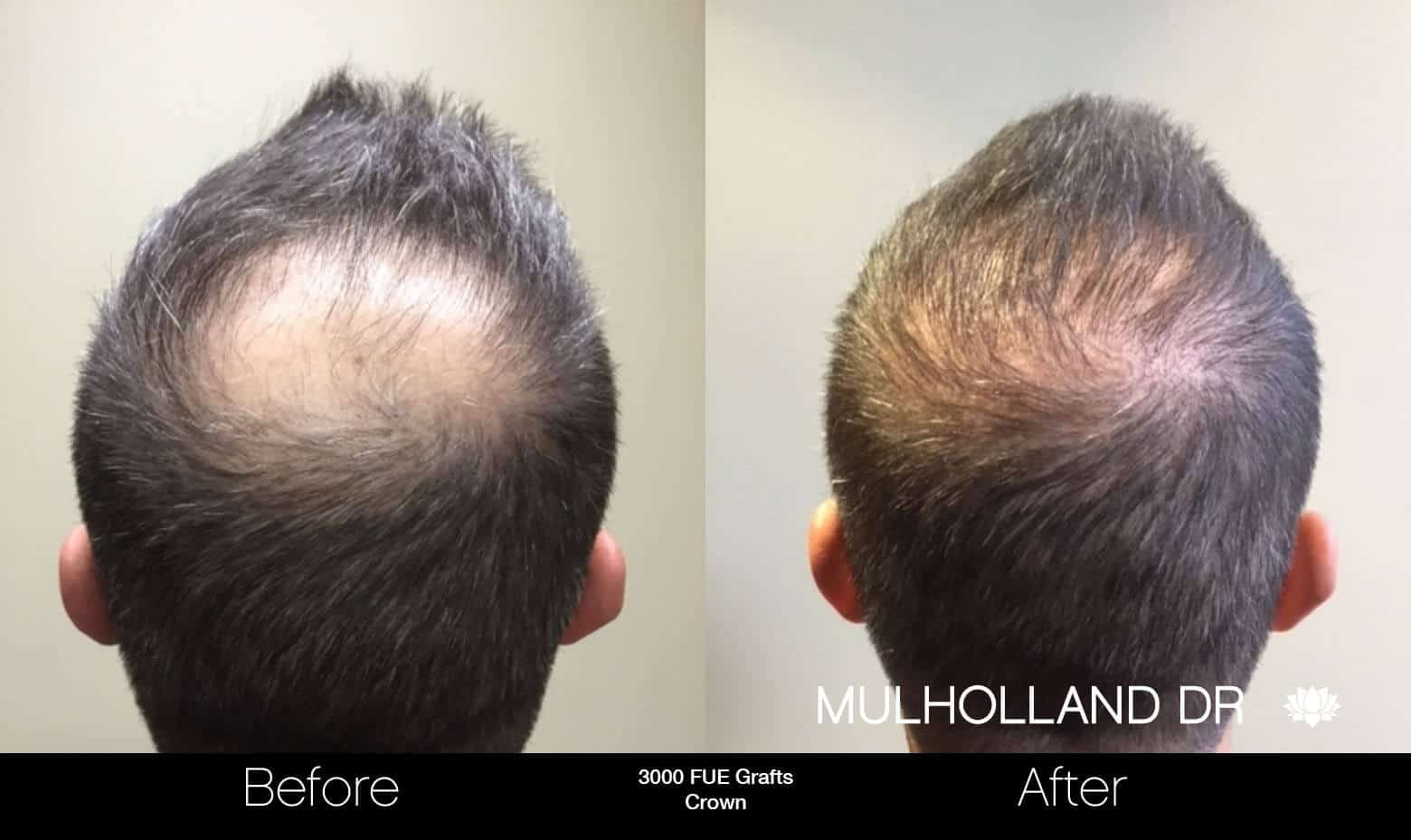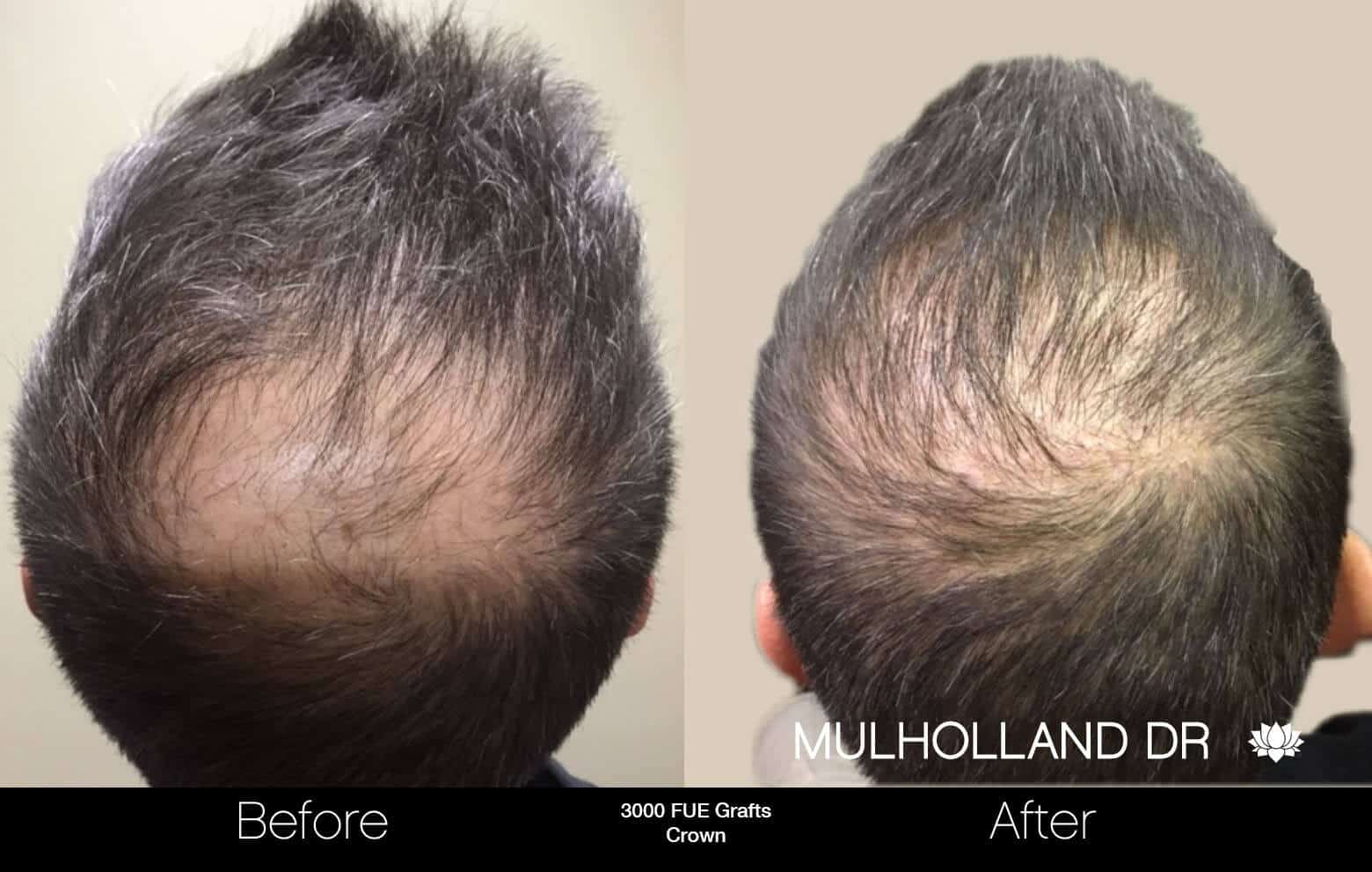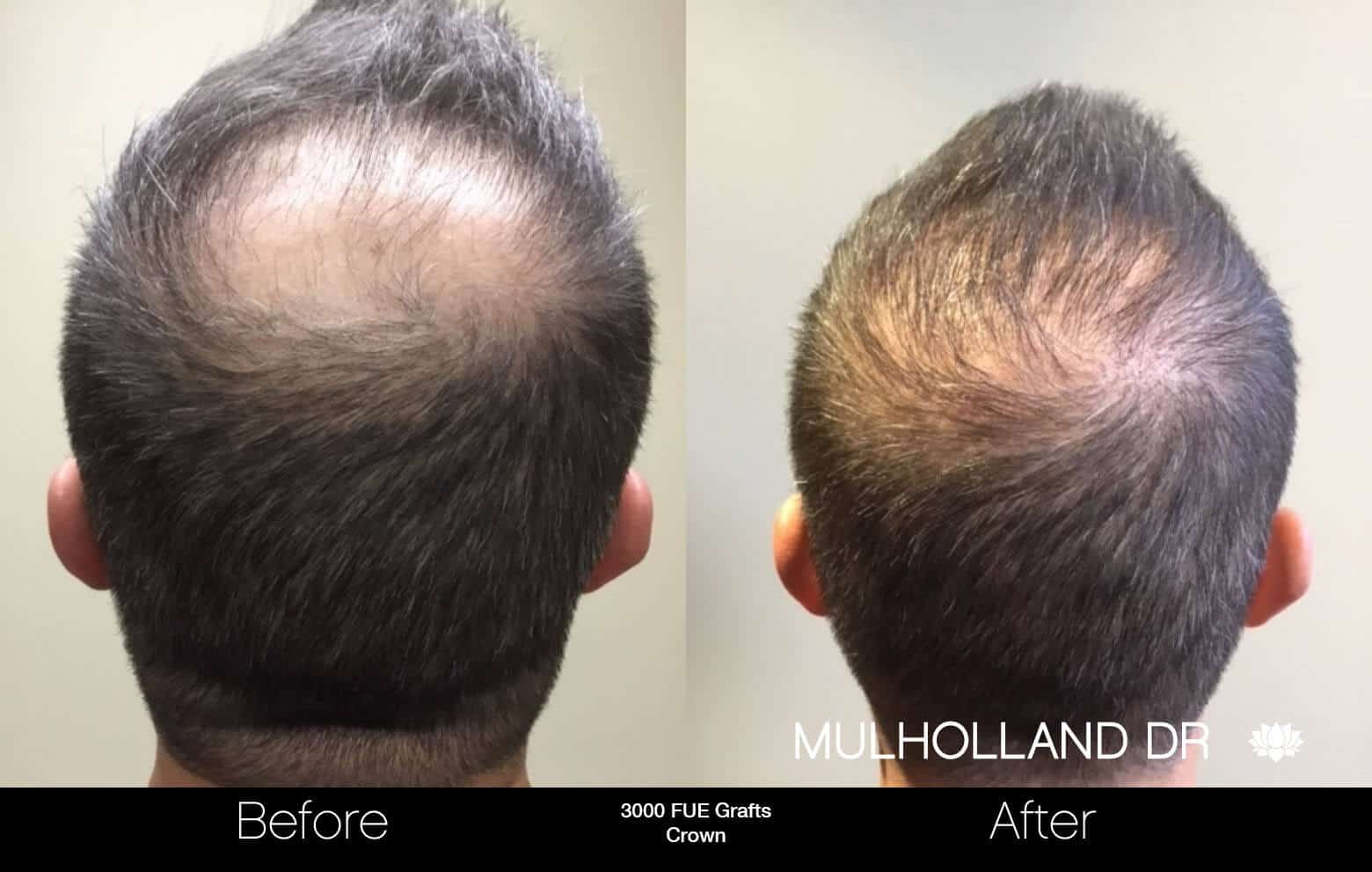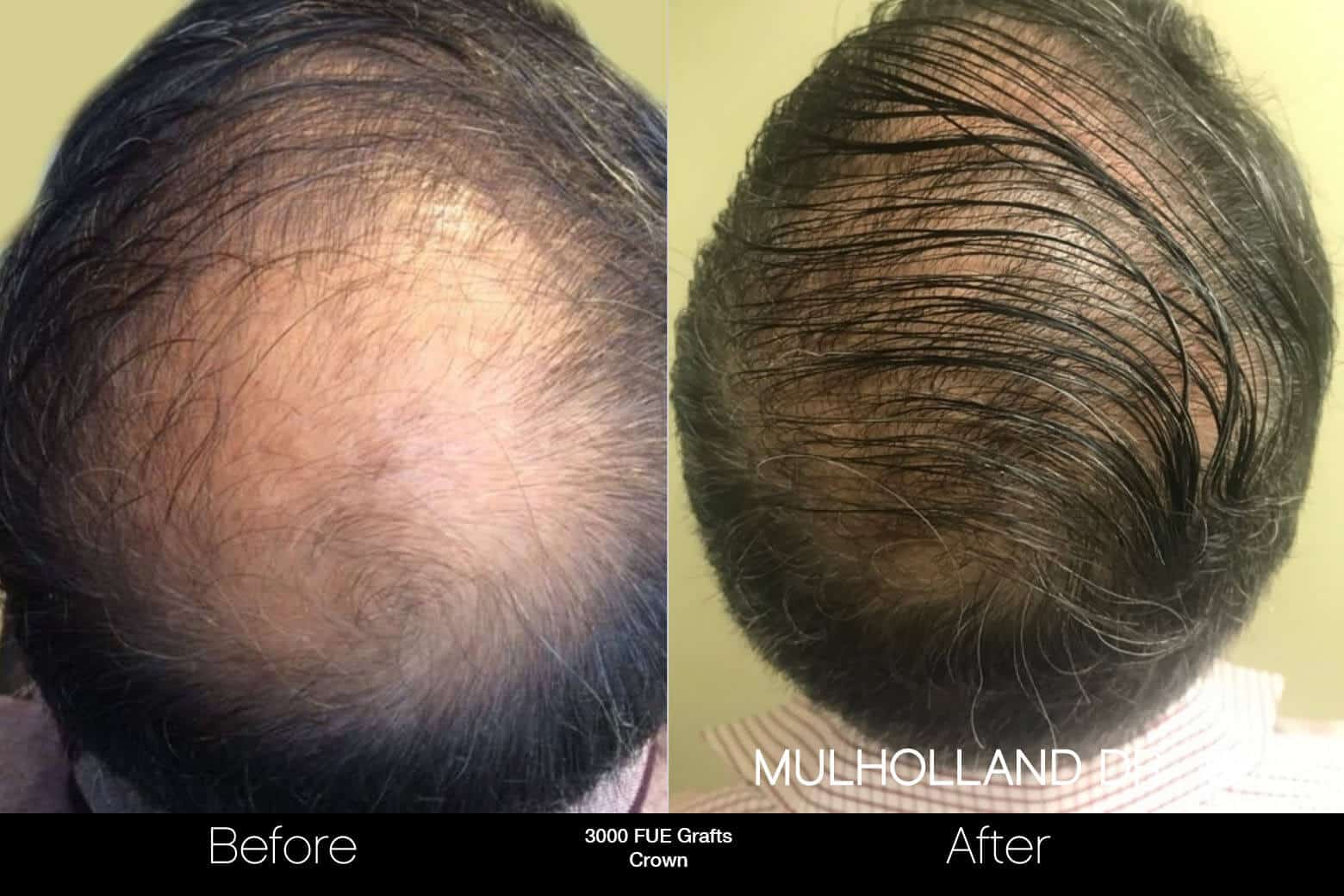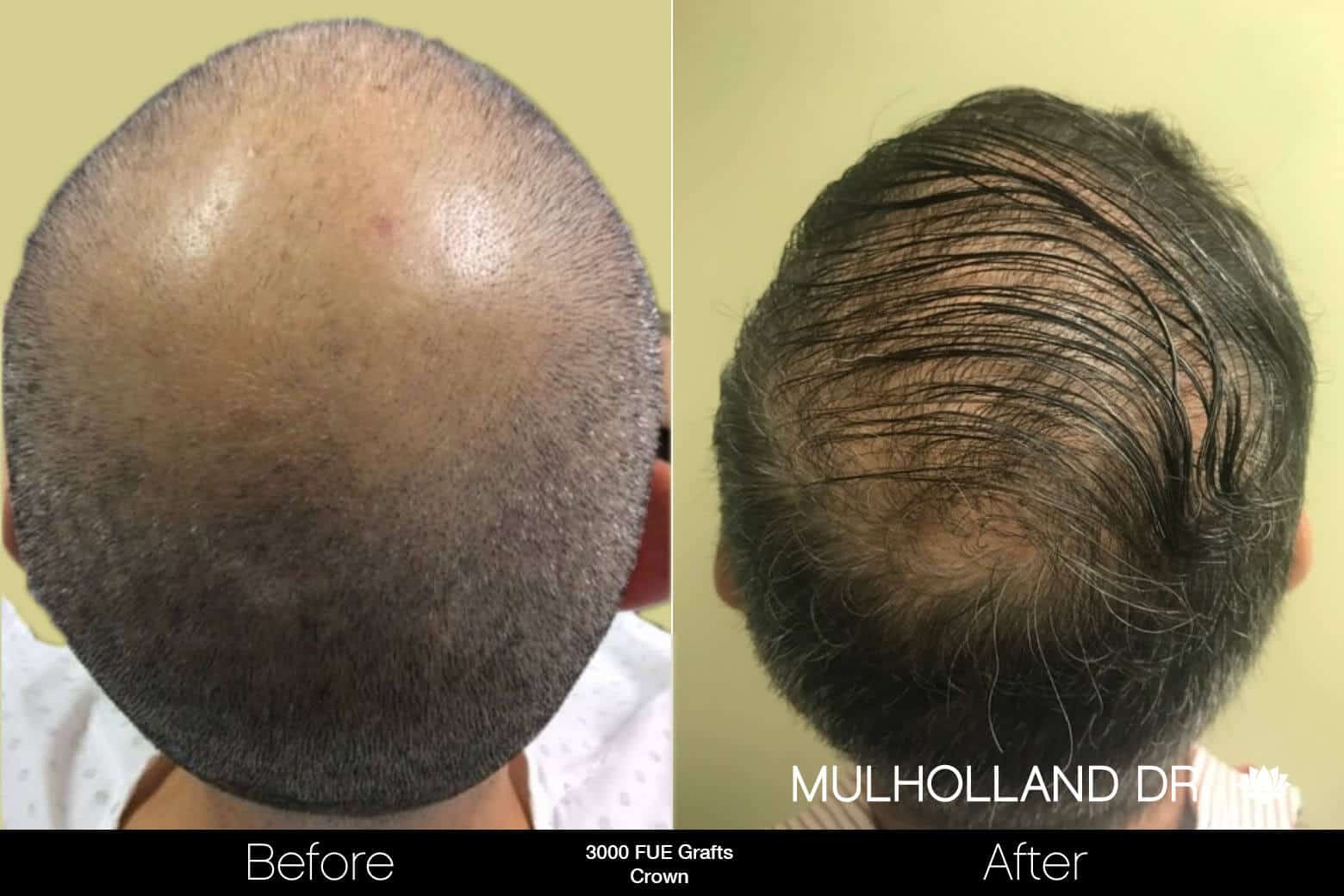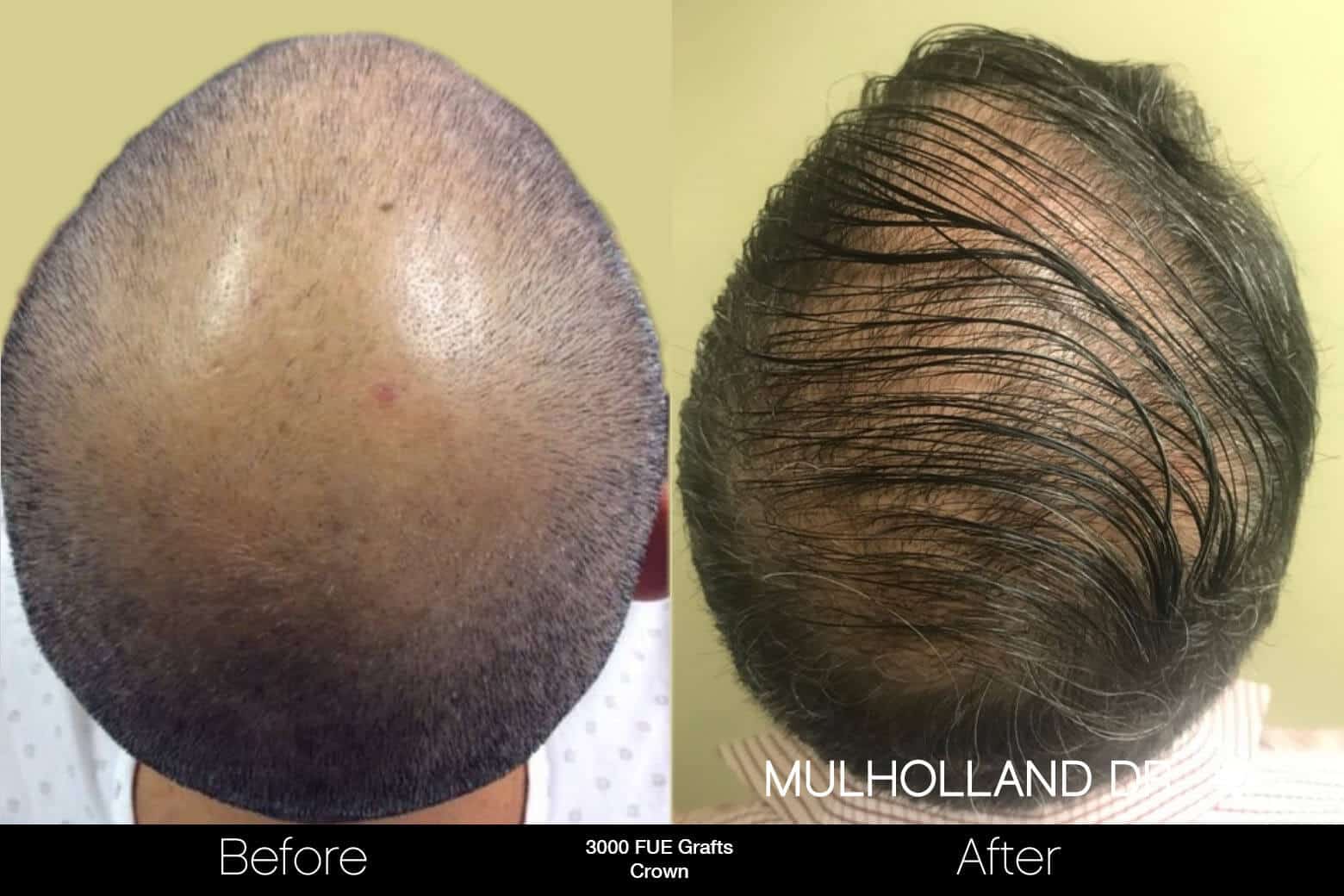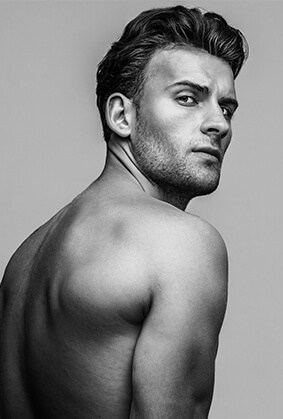-
 Price starts at $6,000
Price starts at $6,000
-
 Procedure Time 3-4 days
Procedure Time 3-4 days
-
 Recovery Time 4-8 hours
Recovery Time 4-8 hours
How Much Does an ARTAS Hair Transplant Cost?
An ARTAS robotic hair transplant cost starts at $6,000 but varies depending on the amount of work necessary.
Recovery Period Following a Robotic Hair Restoration?
The recovery period for patients after an ARTAS hair transplant procedure is relatively short, typically 3-4 days.
How Long Does it Take to Perform an ARTAS Hair Transplant?
The length of an ARTAS hair transplant procedure depends on the number of FUE grafts required and the amount of work necessary. Patients can generally expect the procedure to take between 4-8 hours to perform
What is an ARTAS Hair Transplant?
The ARTAS hair transplant is a minimally invasive procedure that uses advanced robotic technology to restore thick, natural hair. It precisely extracts healthy hair follicles and implants them in thinning areas, reducing human error, minimizing scarring, and offering faster recovery compared to traditional methods. The result is long-lasting, fuller hair without the need for invasive surgery.
Am I a Good Candidate for Robotic Hair Restoration?
An ARTAS hair transplant is a procedure that will appeal to any man or woman who is experiencing signs of balding with visible areas of the scalp. Patients should have a healthy set of hair in their donor site (normally the back of the scalp) as these hair follicles will be extracted and implanted in the designated area.
Good candidates should be in good physical and mental health and free of medical conditions that will disrupt their recovery. They should also have realistic expectations about the results.
4 ARTAS Hair Transplant Benefits
Superior Results
The use of a robotic device reduces the risk of human error, leading to a faster procedure and superior results.
Reduced Discomfort
No painful surgical incision is required on the scalp. Patients will also benefit from a faster recovery time.
No Scarring
The FUE transplant harvest donor sites (less than 0.9mm) used in the extraction are not visible to most and will heal after 10 days.
Exceptional Accuracy
The robotic device calculates precisely where hair follicles are extracted, ensuring high accuracy and no uneven spots.
ARTAS Hair Transplant Risks & Complications
Like all hair restoration procedures, ARTAS hair transplantations come with the risk of potential complications. The best thing patients can do to minimize the likelihood of complications is to select a trusted surgeon. TPS has been performing ARTAS hair transplants since its inception 5 years ago. Significant complications are uncommon and, in the rare event they occur, are expertly managed.
- Bleeding and Swelling: Although less intrusive, some minor bleeding and swelling in the extraction site are possible.
- Infection: Infection is extremely rare and can be eliminated by using a reputable, experienced surgeon, and preventative antibiotics.
- Adverse Effects of Anesthesia: Your medical history will be thoroughly reviewed to ensure the best sedation for your condition.
- Possible Healing Complications: Our team takes the utmost care and precautions to avoid any damage to hair follicles.
ARTAS Hair Transplant Alternatives
Follicular Unit Extraction: FUE is a manual or motorized technique where individual hair follicles are harvested from the donor area and transplanted into balding regions. This method is minimally invasive, leaving no visible linear scars and providing a quicker recovery time compared to traditional strip surgery. FUE is ideal for patients seeking natural-looking results with minimal downtime, though it requires a highly skilled surgeon for optimal precision.
NeoGraft: NeoGraft is an advanced, semi-automated version of the FUE procedure that uses pneumatic technology to extract and implant hair follicles. The system improves accuracy, reduces graft damage, and allows for faster recovery times. NeoGraft offers a balance between manual techniques and full automation, making it a popular choice for patients wanting precision without fully robotic intervention.
Follicular Unit Transplantation: FUT, also known as strip surgery, involves removing a strip of scalp from the donor area and dividing it into individual grafts for transplantation. Although it results in a linear scar, FUT allows for the transplantation of a large number of grafts in one session, making it suitable for patients requiring extensive hair restoration. It is often recommended for those prioritizing volume over minimal scarring.
Preparing for a Robotic Hair Restoration
Before the hair transplantation, the hair follicles on the back of your scalp will be carefully examined to determine whether they are healthy and viable for the site they will be implanted in. Your medications and medical history will also be reviewed.
To prepare for the surgery, there are some specific instructions to follow:
- Do not take anti-inflammatory medications 1 week prior to the procedure.
- Stop drinking alcohol and smoking 1 week before the transplant.
- Do not eat after midnight the night before your surgery date.
- On the day of the surgery, give your hair a deep wash with shampoo and conditioner.
How is an ARTAS Robotic Hair Transplant Performed?
Once the local anesthesia is administered, the Toronto Plastic Surgeon’s specialist hair technicians set the angle and depth for the robot or the NeoGraft to follow during the initial harvest.
A tiny rotatory punch mechanism is then deployed, allowing the robotic device to accurately harvest the hair follicles. This sequence is repeated until the robot is finished harvesting from the area. The harvested follicular unit grafts are then placed on ice to cool, awaiting transplantation.
Following the extraction of hair follicles, the recipient sites are created with a small needle. The grafts are then expertly placed, by hand, one at a time and inserted to help create a denser head of hair.
What to Expect After the Surgery
Following your procedure, Toronto Plastic Surgeons and their team in Toronto will recommend a comprehensive postoperative care regime. This regime will include instructions about the importance of avoiding strenuous physical activity and minimizing direct exposure to the sun on your scalp.
Please note that it can take up to a year for your hair growth to occur after your FUE transplantation. Your results will depend on how many follicles were grafted during the surgery.
ARTAS Hair Transplant Recovery
Day 1-3: The head wrap garment is removed, and the patient is advised to gently wash their head.
Day 7: Most patients return to work and light activities.
Day 10: Scabbing on the transplant area will now have disappeared.
Month 1: Hair growth begins for a significant chunk of the transplanted hair grafts.
Month 3-4: Density improvements are beginning to show.
Month 12-14: After 1 year, the final results are now more visible, with density and aesthetic improvement.
Why The Toronto Plastic Surgeons?
At Toronto Plastic Surgeons, we combine cutting-edge technology with personalized care to ensure every procedure aligns with our patients’ expectations. Our clinic is equipped with some of the most advanced tools in the country, making us a leader in renowned hair restoration treatments.
With over 25 years of experience, Toronto Plastic Surgeons is recognized as one of the world’s top plastic surgeons by W magazine and as one of Canada’s leading plastic surgeons by Toronto Life, Flare, and Fashion magazines. His expertise and dedication have earned him a stellar reputation in the field of cosmetic surgery.
FAQs
Is Getting an ARTAS Hair Transplant Painful?
No. An ARTAS hair transplant doesn’t require a surgical incision on the scalp meaning there is significantly less discomfort felt by the patient. This is reflected by the relatively short recovery time. Once the local anesthesia is inserted, which is performed under laughing gas (nitrous oxide) there will be no feeling in the area.
What’s the Difference Between ARTAS and Neograft?
ARTAS and Neograft are both minimally-invasive hair transplant procedures that use a tiny rotatory punch to harvest and both have a fast recovery time compared to other hair transplant methods. The key difference between the two is that a NeoGraft procedure requires an expert technician to manually harvest hair follicles from the donor site, while ARTAS uses an automatic robotic arm with greater accuracy. Both techniques are highly successful and popular FUE transplant procedures, and Toronto Plastic Surgeons offer BOTH. We will help you select the best technique for you.
Do All Hair Types Work with an ARTAS Hair Transplant?
Yes. The ARTAS FUE hair transplant is able to provide lasting results on hair that is dark, blonde, grey, and very curly. For those with blonde hair and grey hair, we must first dye the hair temporarily on the day of the procedure so that the device can properly visualize the hair follicles. The results you can expect and the effectiveness of the treatment on your scalp will be discussed with you during your initial consultation.
